TYPE DESIGN INFORMATION PAGE last updated on Fri Oct 17 12:11:07 EDT 2025
FONT RECOGNITION VIA FONT MOOSE
|
|
|
|
Great German type designer (b. Nürnberg, 1876; d. Frankfurt, 1934) who worked mainly at the Klingspor foundry. He founded the Offenbach Werkstatt in 1921. Many of his typefaces can be classified as German expressionist. These include Kabel (a sans), and Neuland (an angular poster face). An early Nazi sympathizer and supporter, Koch's fonts were heavily used by the Nazi regime. This page lists 158 royalty-free Christian symbols drawn by Rudolf Koch, a religious Lutheran, with the collaboration of Fritz Kredel (1900-1973) (see also here). His typefaces, with notes on digitizations:
In 1984, Wolfgang Hendlmeier discussed the blackletter typefaces in Koch's oeuvre: A, B, C, D, E, F, G. Brief bio by Wolfgang Hindlmeier (1984). Koch's involvement in handwriting education in Germany led to these Schreibschrift examples from 1930 (also called Deutsche Verkehrsschrift), and to the development by Martin Hermersdorf of the Deutsche Schreibschrift for fourth graders in Bavaria in 1950. Wood engraving of Koch by Bernard Brussel-Smith. Publications by Rudolf Koch:
References:
Rudolf Koch's carved lettering inspired spin-offs like PGF Americas (2021, Pedro Gonzalez). FontShop link. Klingspor link. Biography by Nicholas Fabian. Bio at Linotype. Bio in German. The Koch Memorial page [now defunct] offered historical notes and many free revivals of his typefaces. |
EXTERNAL LINKS |
| | |
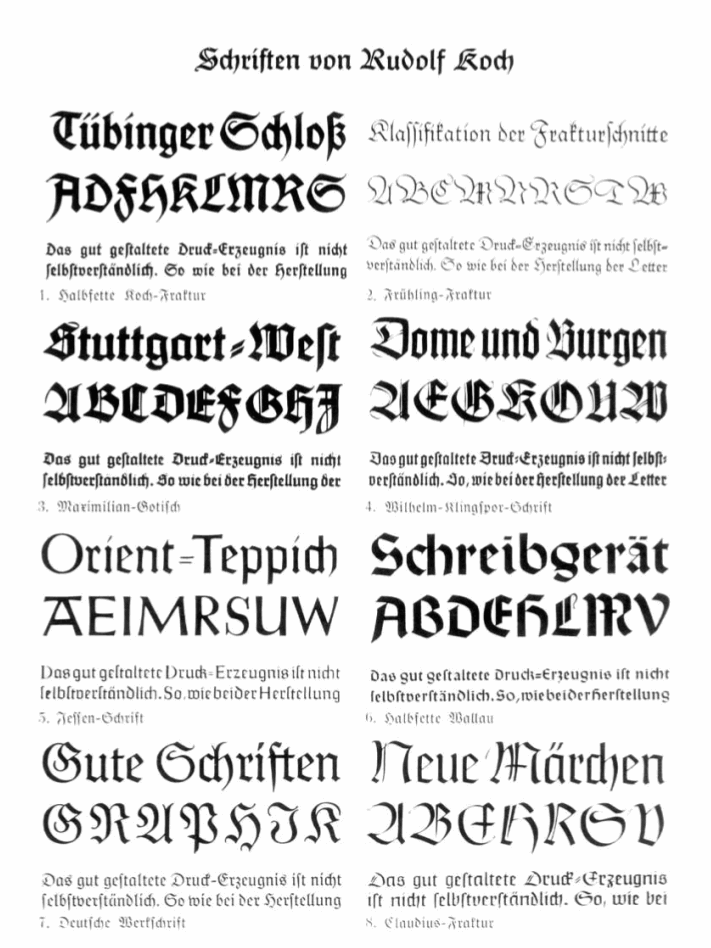
file name: Rudolf Koch Overview Dd S 1987

file name: Rudolf Koch Deutschrift1910
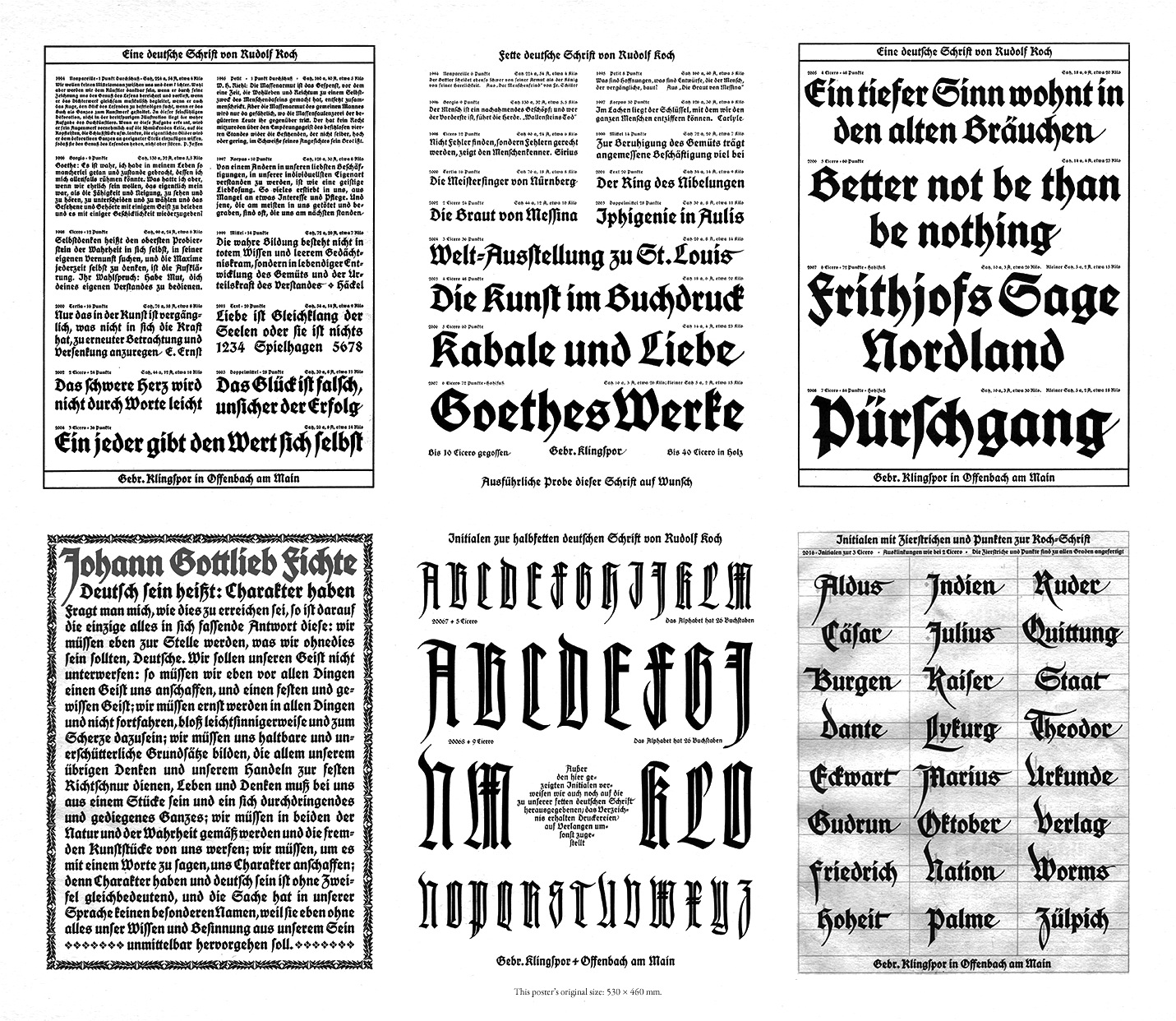
file name: Rudolf Koch Deutsche Schrift Original
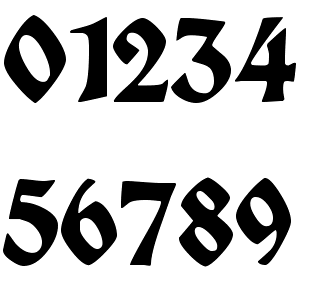
file name: Dieter Steffmann Fette Deutsche Schrift 2002
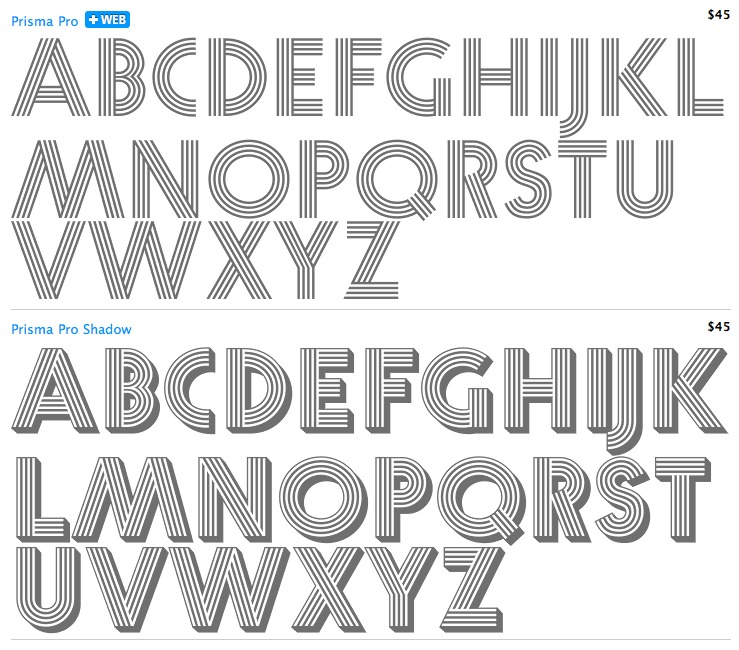
file name: Ralph M Unger Prisma Pro 2011 after Rudolf Koch Prisma 1931
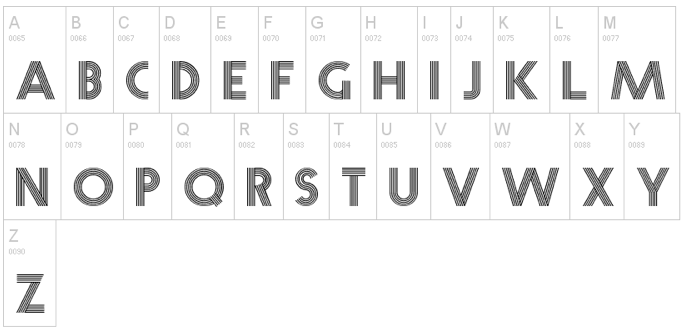
file name: Dieter Steffmann Prisma 2003 after Rudolf Koch
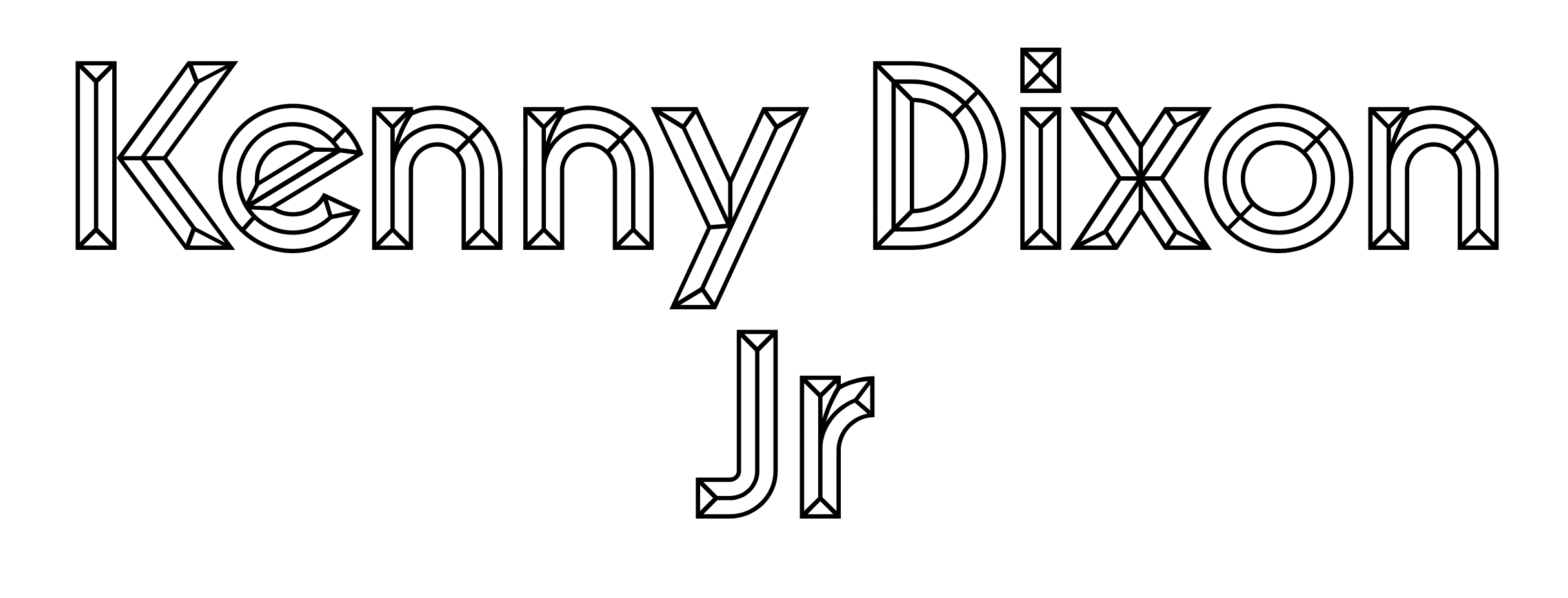
file name: Mauro Paolozzi Arve Batevik L L Prismaset B 2003 2017

file name: Mauro Paolozzi Arve Batevik L L Prismaset B 2003 2017
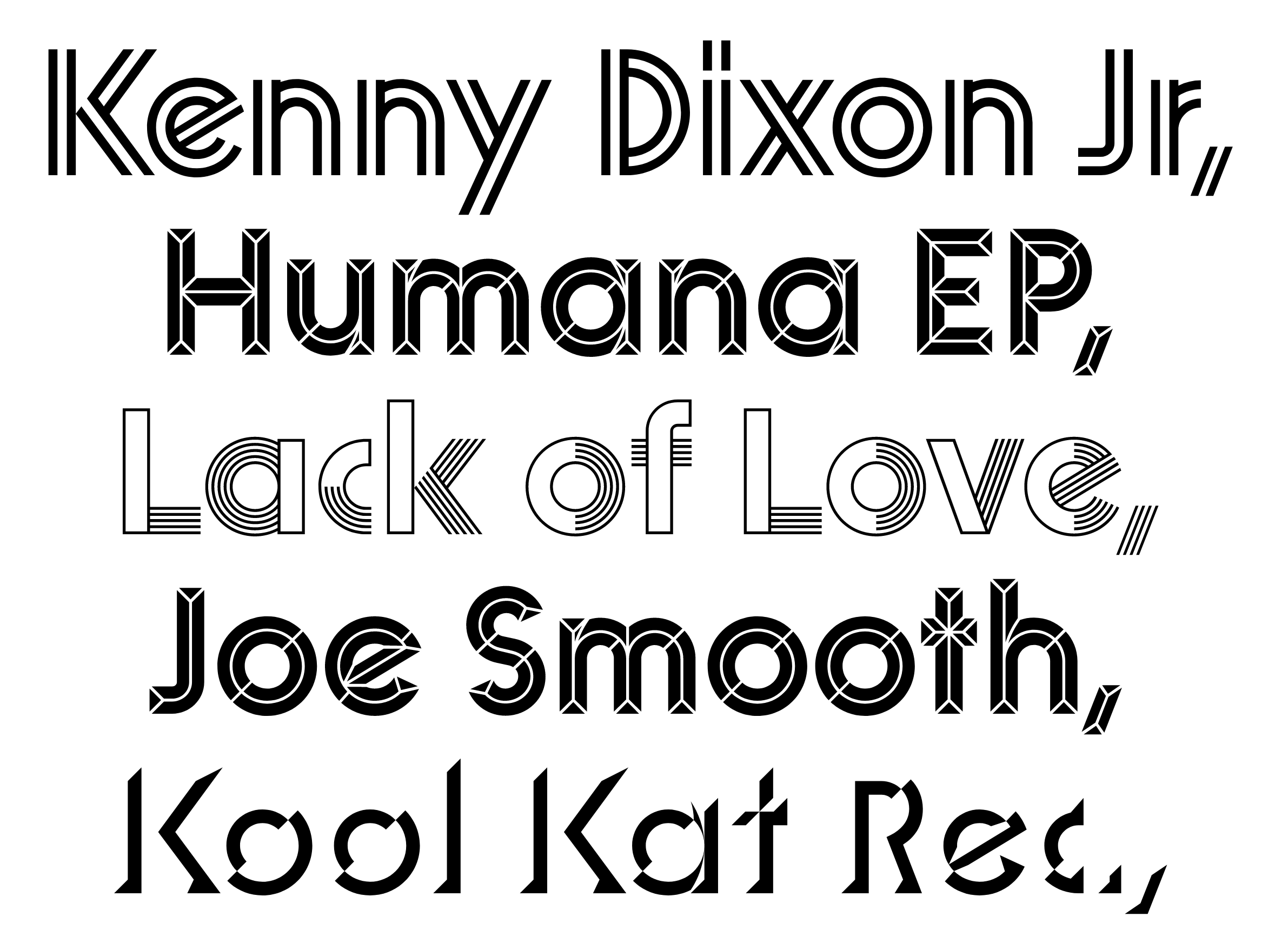
file name: Mauro Paolozzi Arve Batevik L L Prismaset B 2003 2017
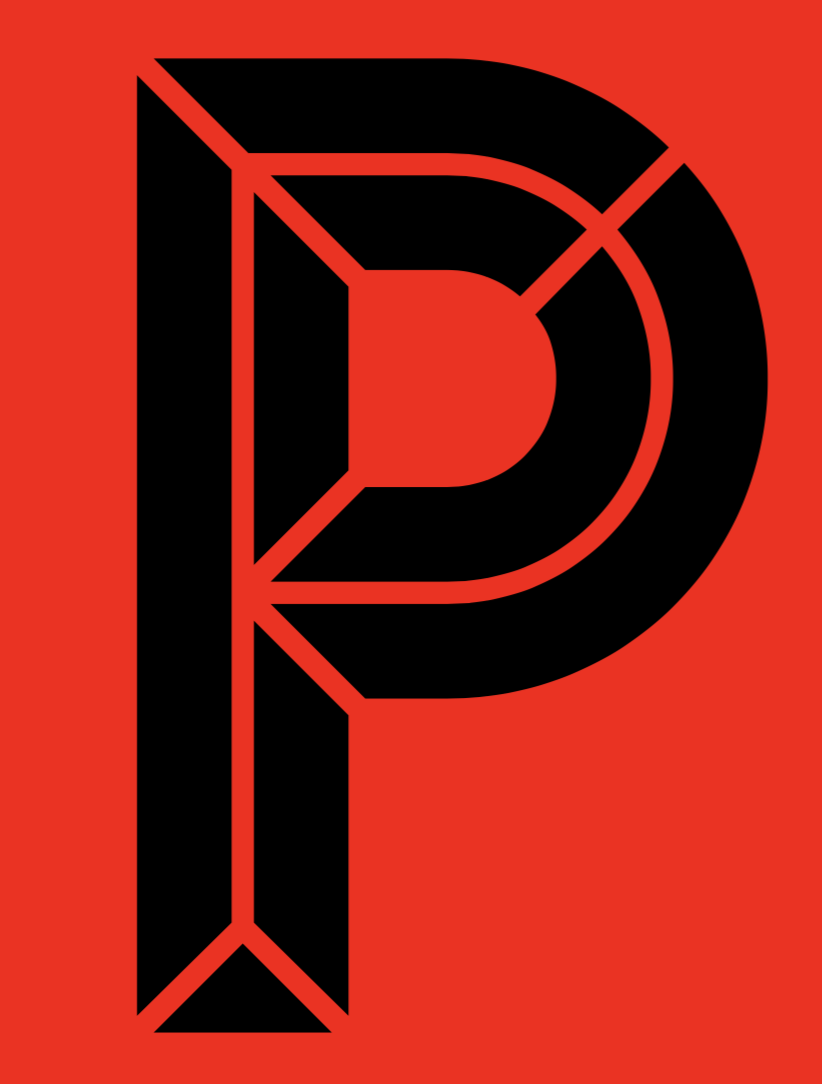
file name: Mauro Paolozzi Arve Batevik L L Prismaset B 2003 2017
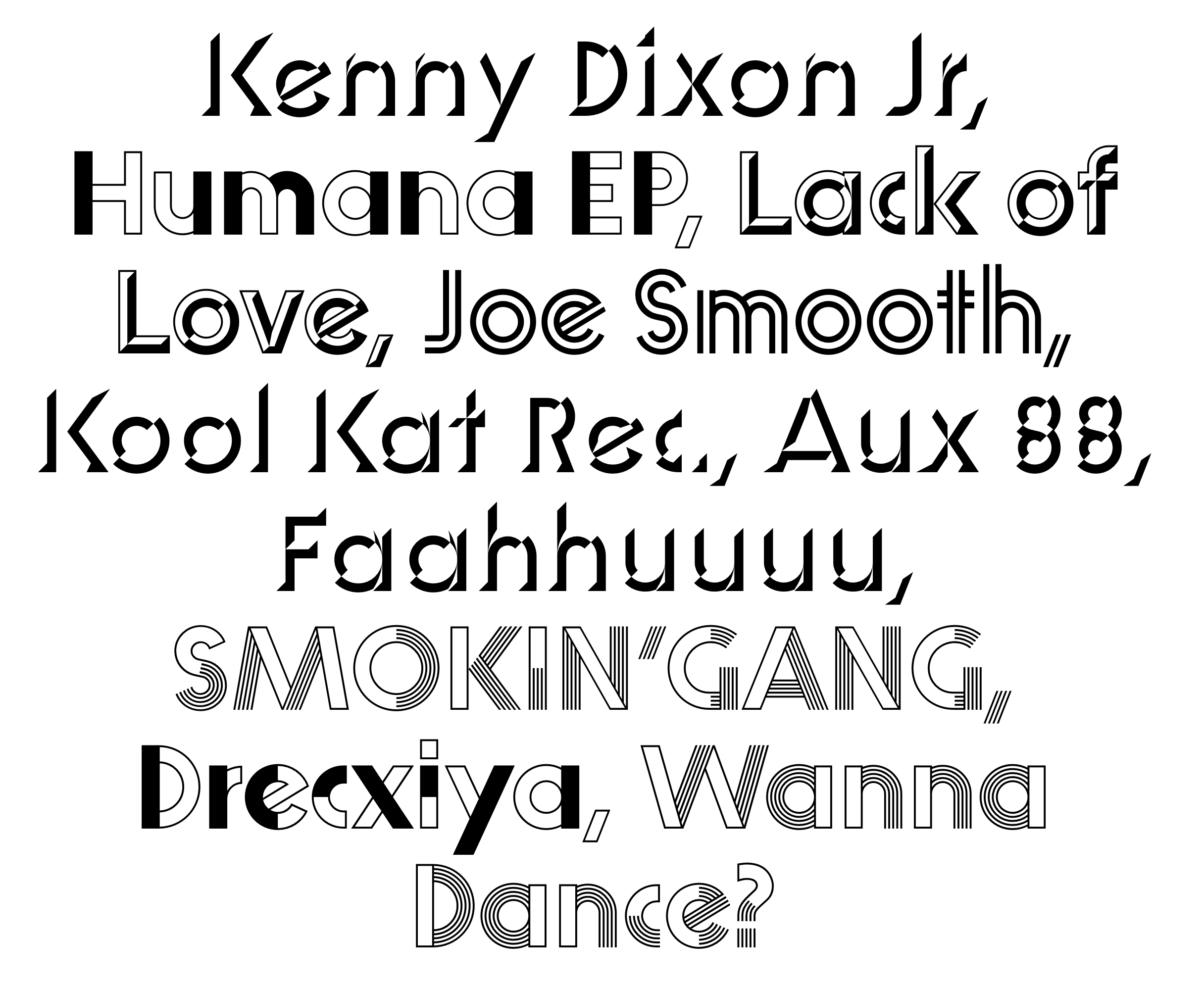
file name: Mauro Paolozzi Arve Batevik L L Prismaset B 2003 2017

file name: Mauro Paolozzi Arve Batevik L L Prismaset B 2003 2017

file name: Mauro Paolozzi Arve Batevik L L Prismaset B 2003 2017
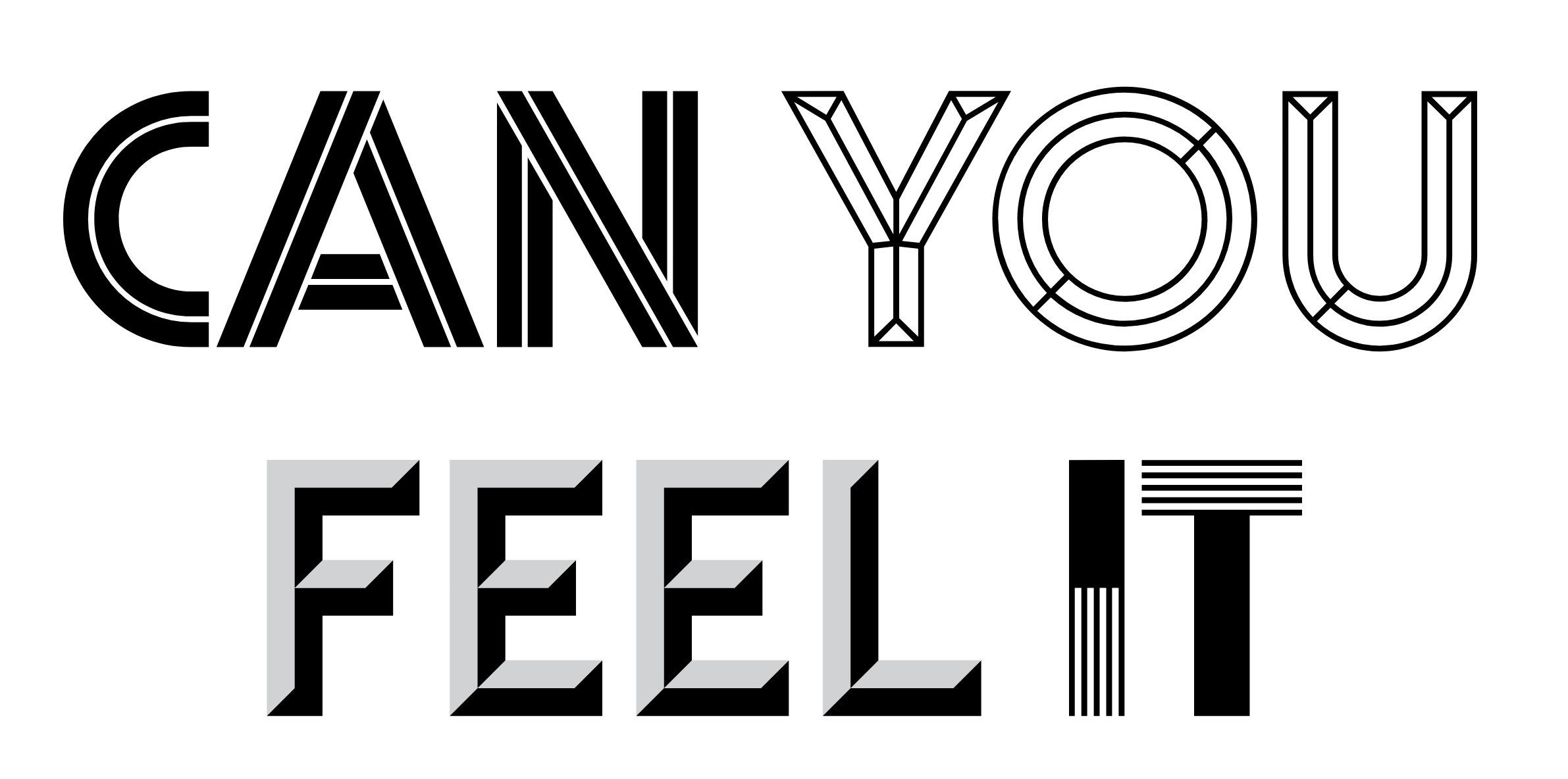
file name: Mauro Paolozzi Arve Batevik L L Prismaset B 2003 2017

file name: Mauro Paolozzi Arve Batevik L L Prismaset B 2003 2017
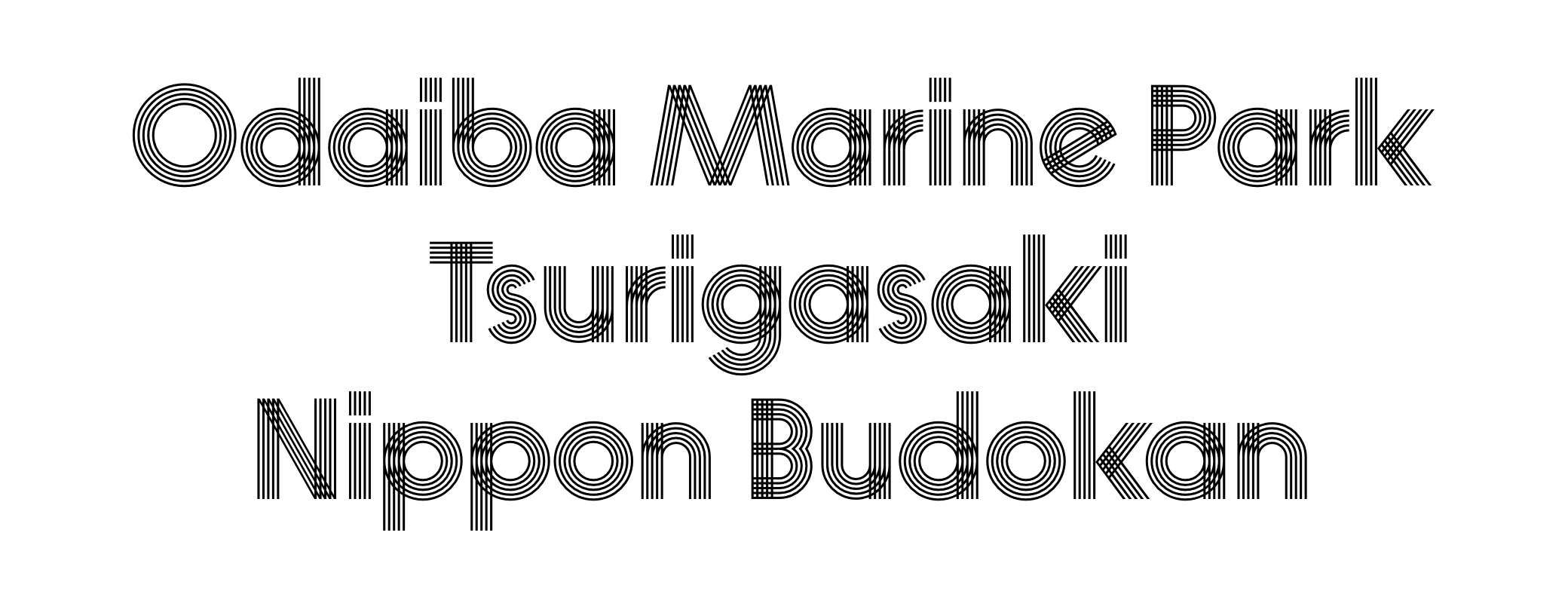
file name: Raphael Koch Mauro Paolozzi James Goggin Alex Rich L L Prismaset 2006 2013

file name: Raphael Koch Mauro Paolozzi James Goggin Alex Rich L L Prismaset 2006 2013
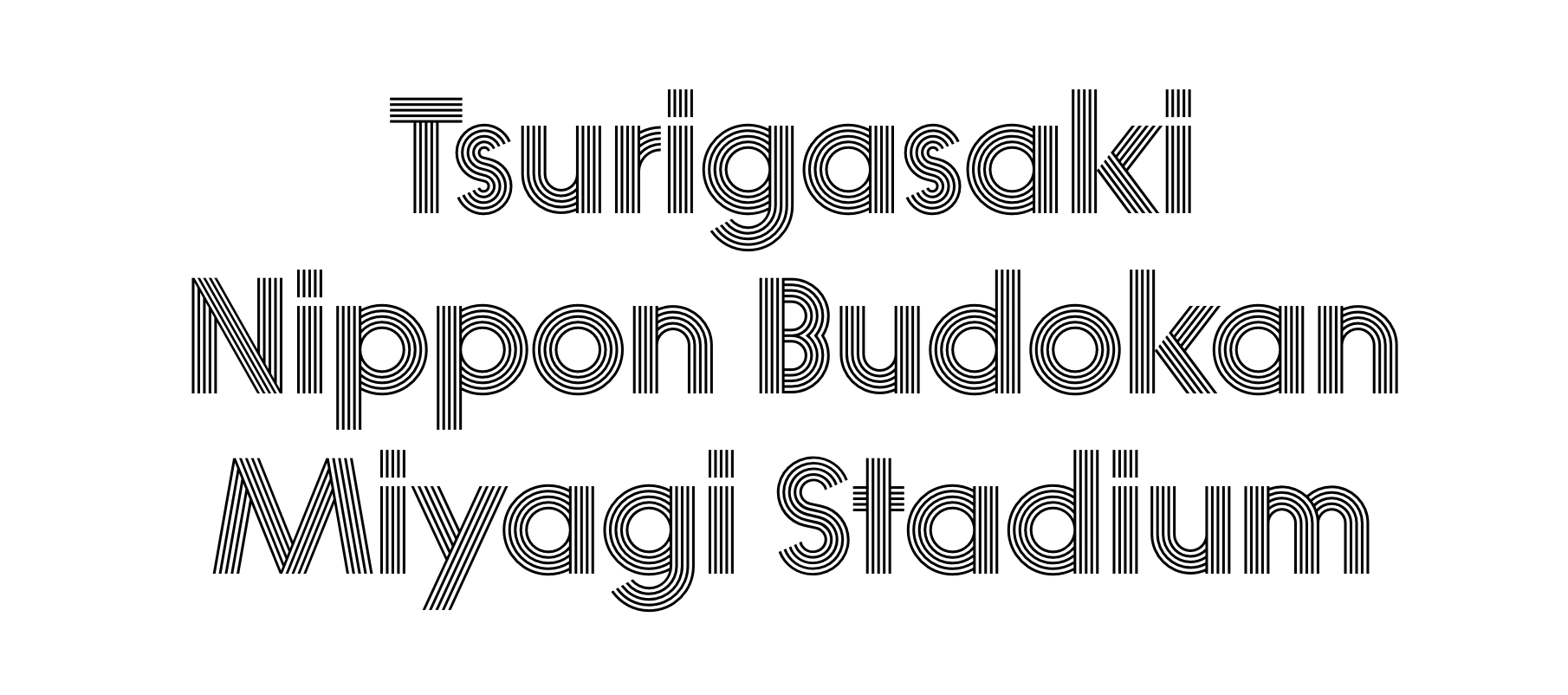
file name: Raphael Koch Mauro Paolozzi James Goggin Alex Rich L L Prismaset 2006 2013
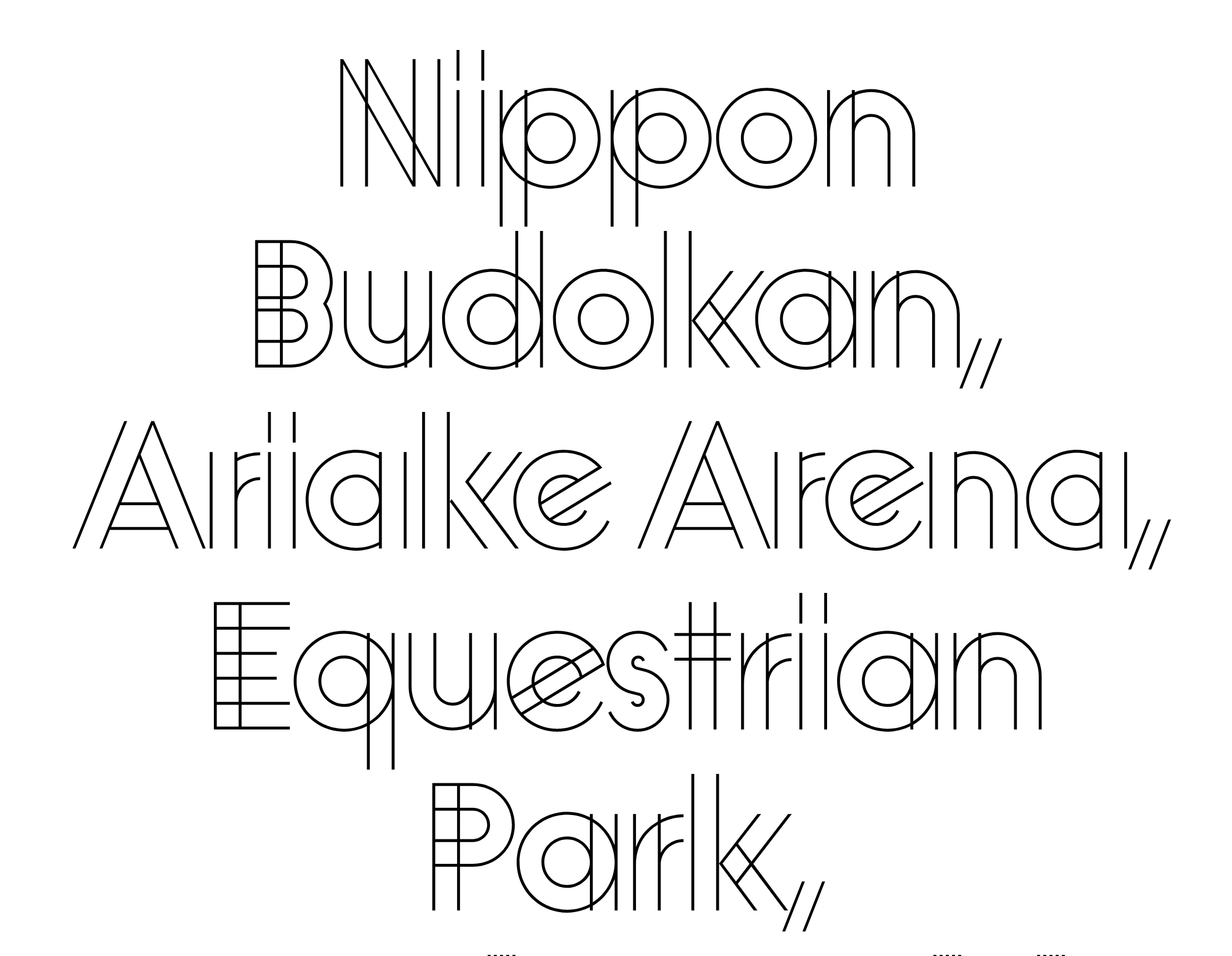
file name: Raphael Koch Mauro Paolozzi James Goggin Alex Rich L L Prismaset 2006 2013
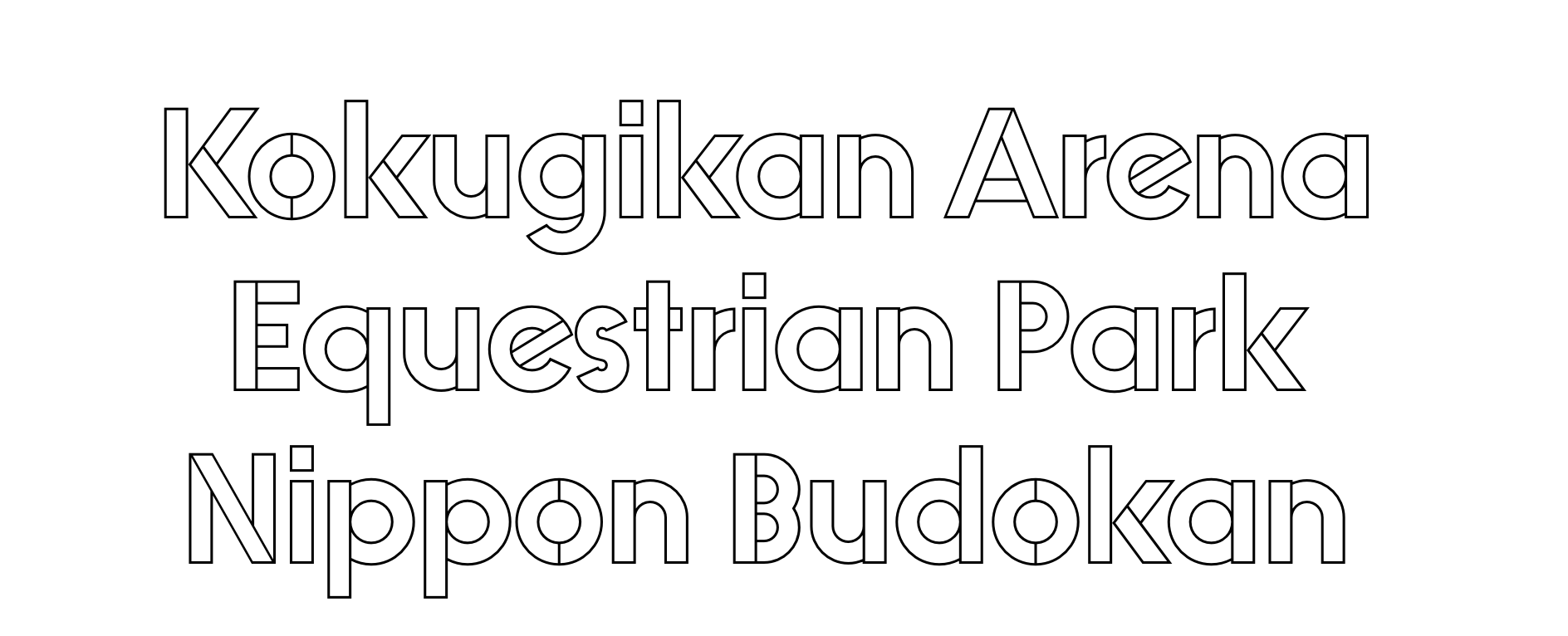
file name: Raphael Koch Mauro Paolozzi James Goggin Alex Rich L L Prismaset 2006 2013
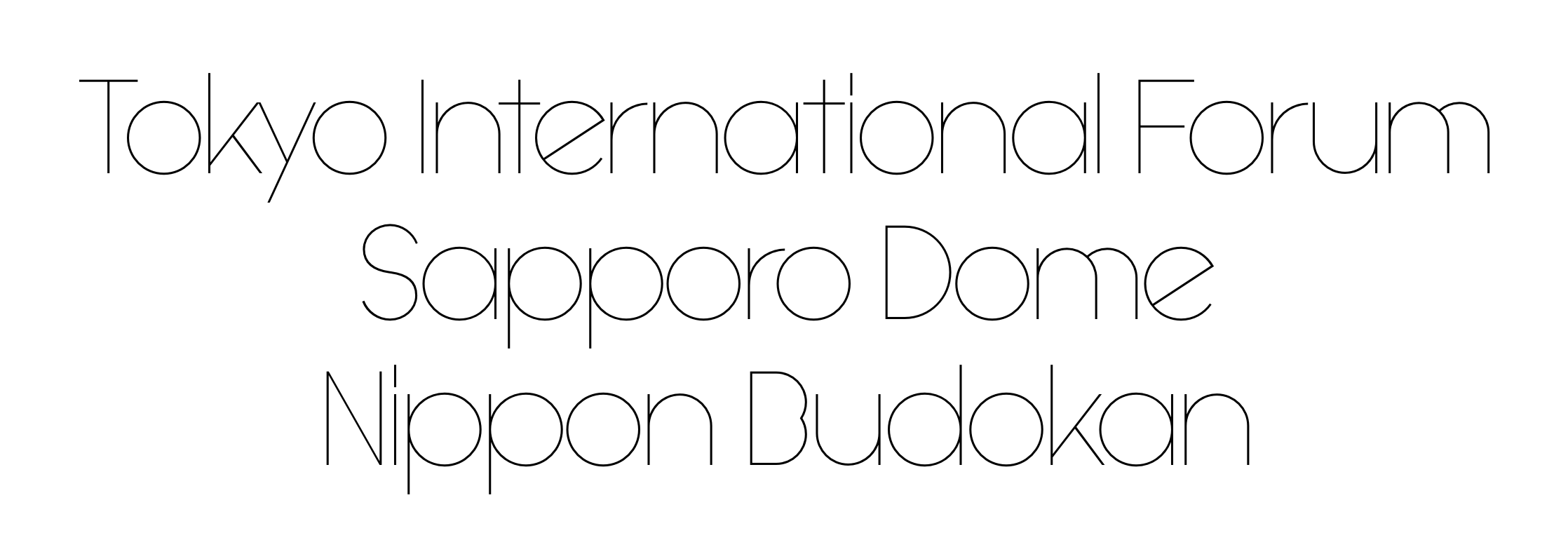
file name: Raphael Koch Mauro Paolozzi James Goggin Alex Rich L L Prismaset 2006 2013
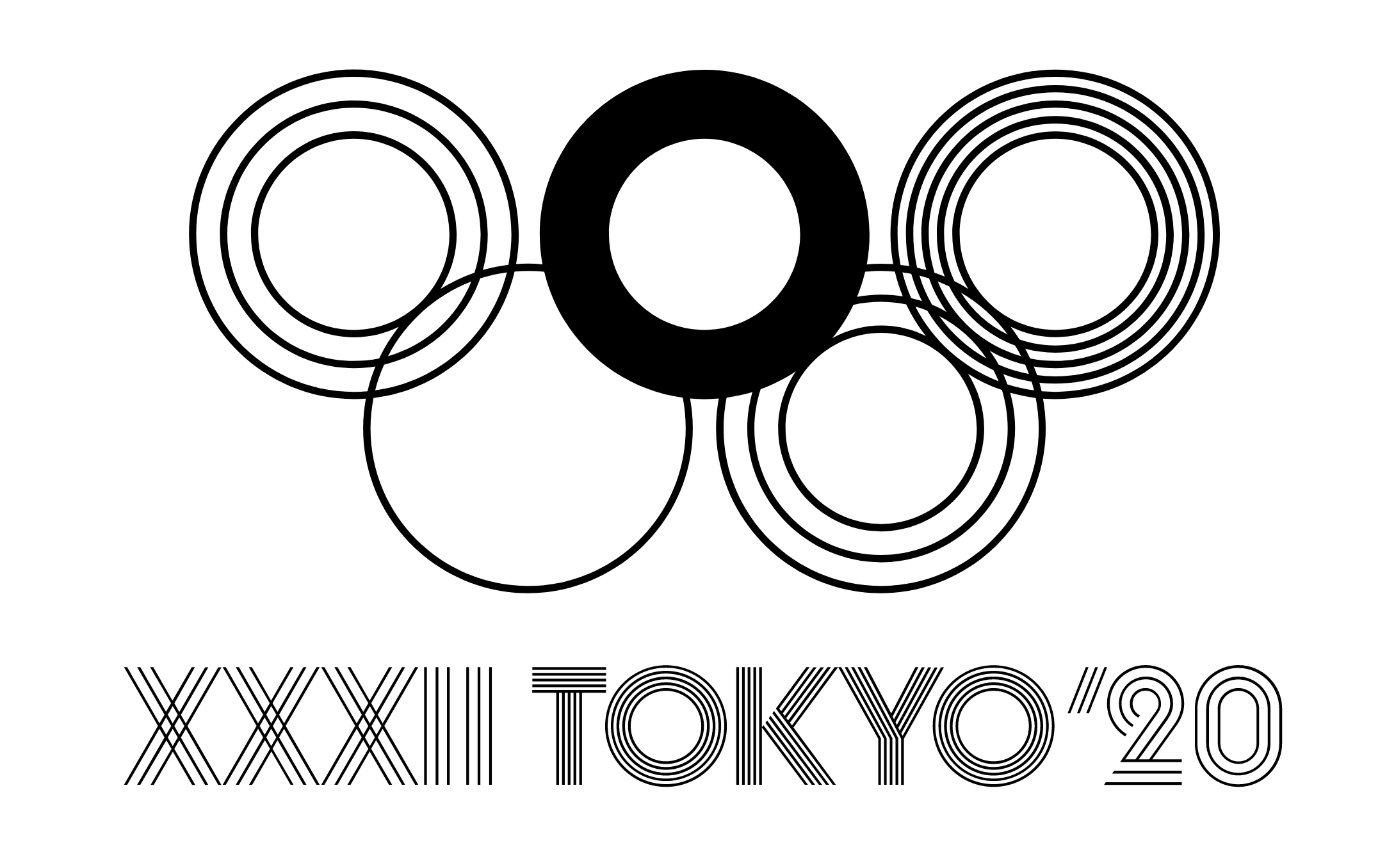
file name: Raphael Koch Mauro Paolozzi James Goggin Alex Rich L L Prismaset 2006 2013

file name: Raphael Koch Mauro Paolozzi James Goggin Alex Rich L L Prismaset 2006 2013

file name: Raphael Koch Mauro Paolozzi James Goggin Alex Rich L L Prismaset 2006 2013

file name: Raphael Koch Mauro Paolozzi James Goggin Alex Rich L L Prismaset 2006 2013

file name: Raphael Koch Mauro Paolozzi James Goggin Alex Rich L L Prismaset 2006 2013

file name: Rudolf Koch Deutsche Anzeigenschrift 1916 D Stempel Dd S
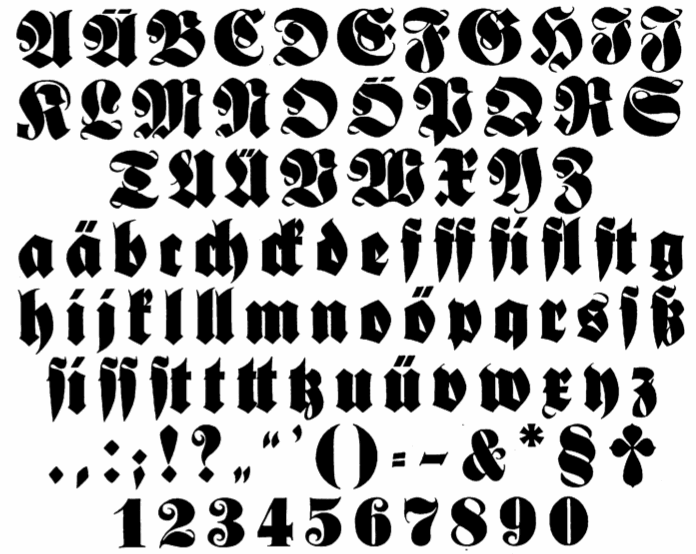
file name: Rudolf Koch Deutsche Anzeigenschrift 1916 D Stempel
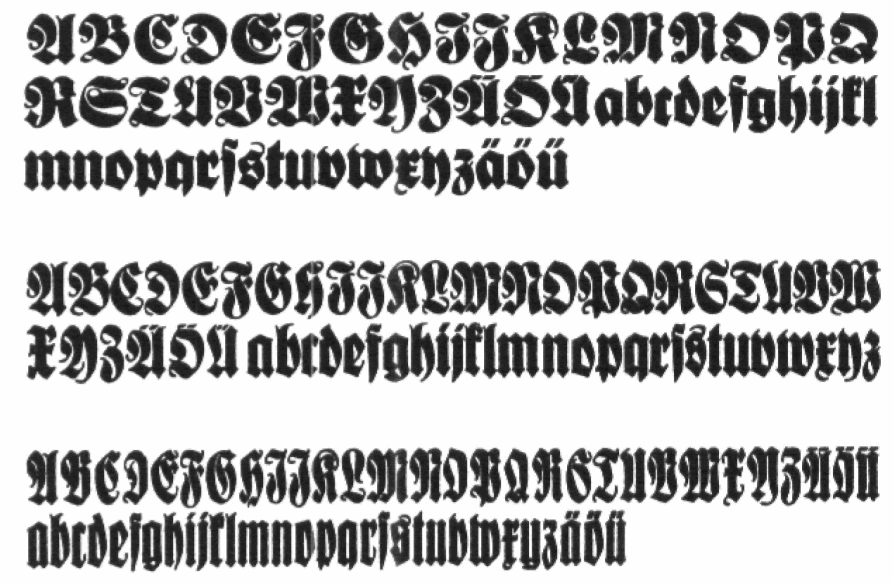
file name: Rudolf Koch Deutsche Anzeigenschrift 1913 1914
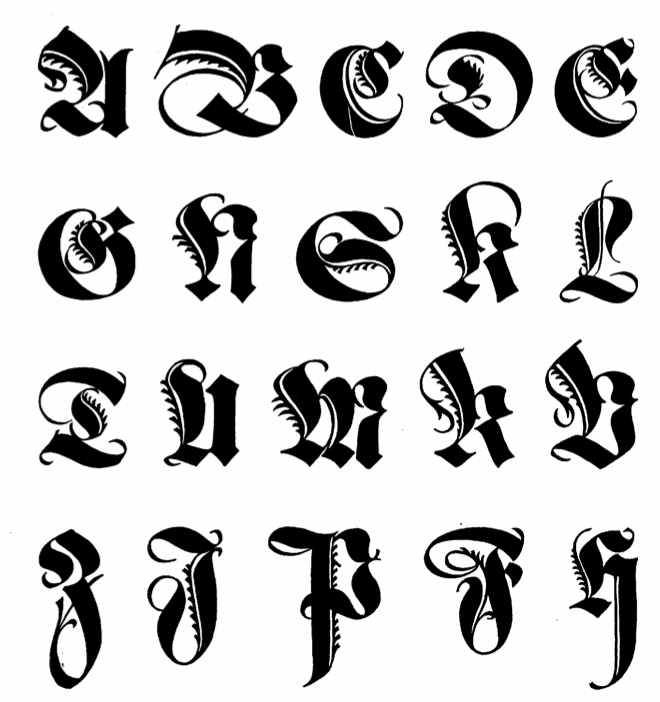
file name: Rudolf Koch Deutsche Anzeigenschrift 1916 Zierbuchstaben D Stempel
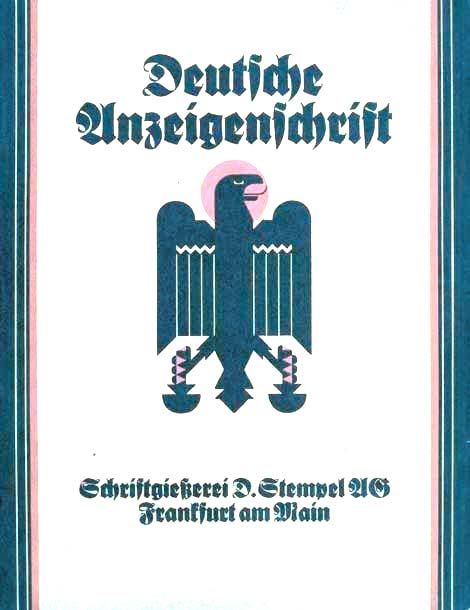
file name: Rudolf Koch Deutsche Anzeigenschrift 1924
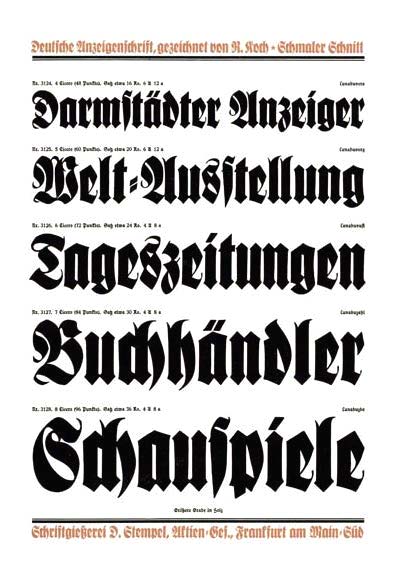
file name: Rudolf Koch Deutsche Anzeigenschrift 1924b
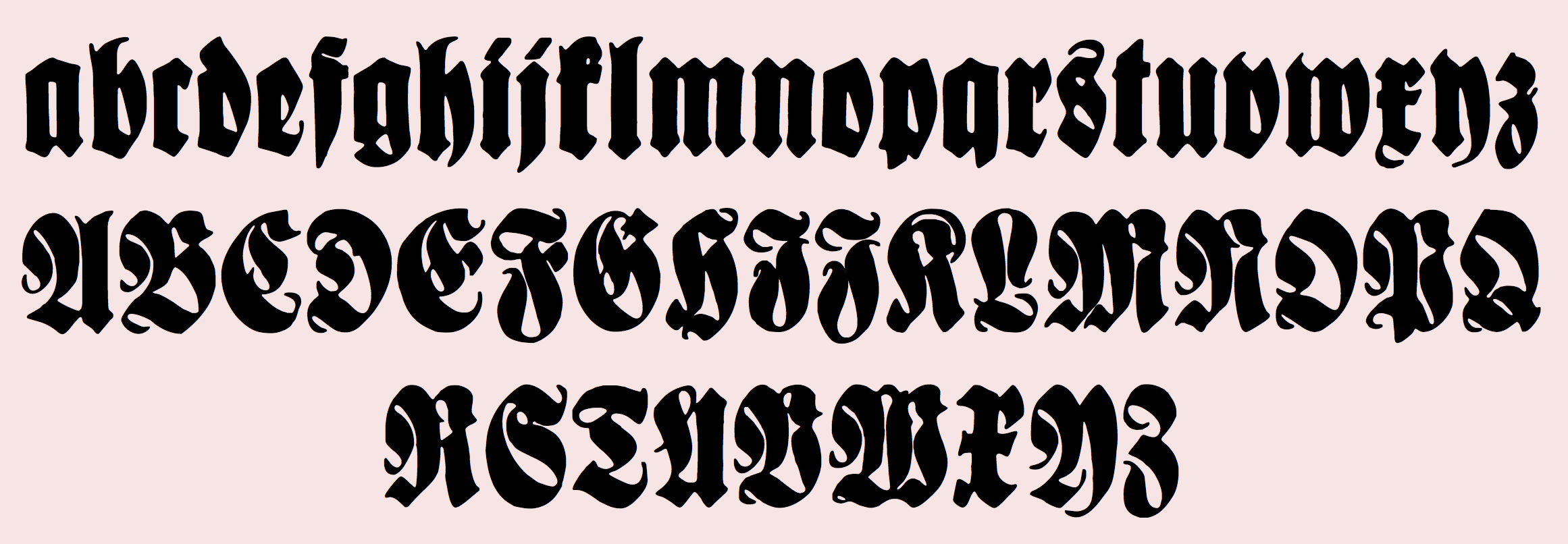
file name: Dieter Steffmann Schmaleanzeigenschrift 2002 after Rudolf Koch 1916 1923

file name: Dieter Steffmann Schmaleanzeigenschrift Zier 2002 after Rudolf Koch 1916 1923
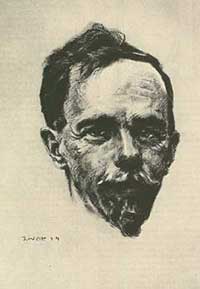
file name: Pic rudolf koch2

file name: Rudolf Koch Geschriebene Initialen Zur Grotesk 1930
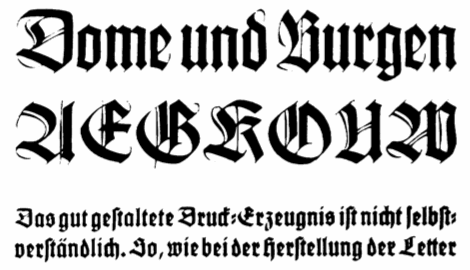
file name: Wilhelm Klingspor Schrift
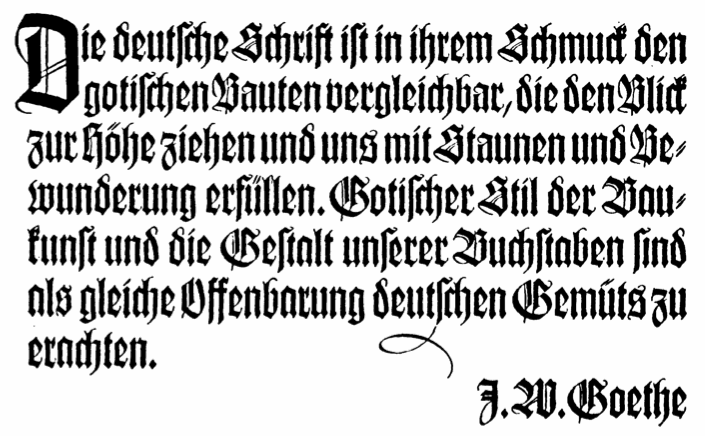
file name: Wilhelm Klingspor Schrift
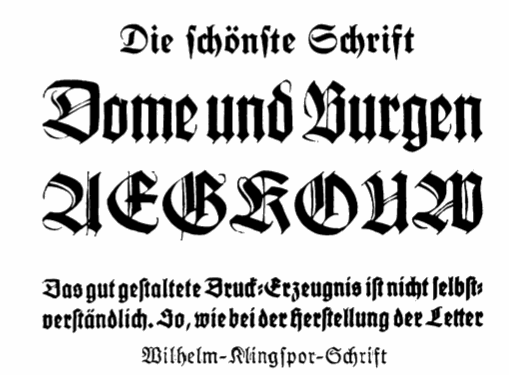
file name: Wilhelm Klingspor Schrift2
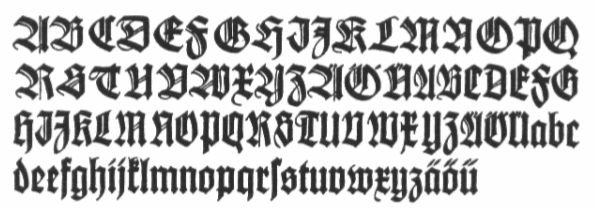
file name: Rudolf Koch Wilhelm Klingspor Schrift 1918

file name: Rudolf Koch Wilhelm Klinspor Ligatures

file name: Alter Littera wklingsporschritf 2012

file name: Alter Littera Wilhelm Klingspor Schrift 2013 after Rudolf Koch 1925
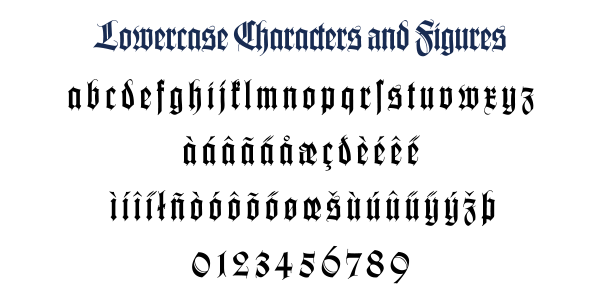
file name: Alter Littera Wilhelm Klingspor Schrift 2013 after Rudolf Koch 1925b

file name: Alter Littera Wilhelm Klingspor Schrift 2013 after Rudolf Koch 1925c

file name: Alter Littera Wilhelm Klingspor Schrift 2013 after Rudolf Koch 1925c
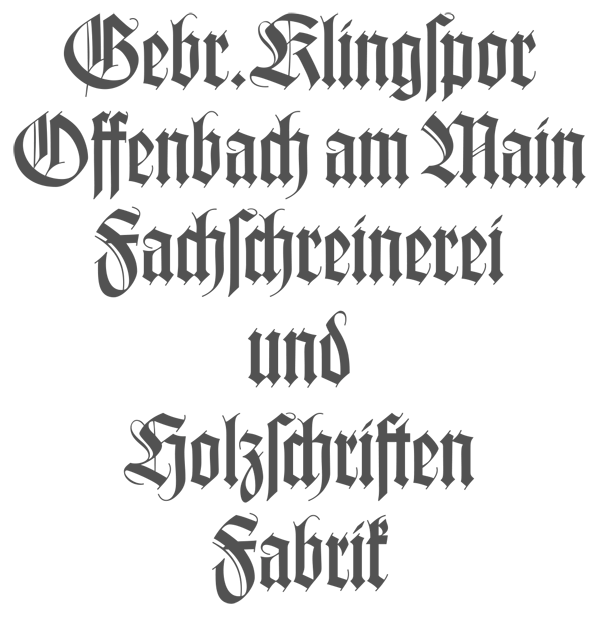
file name: Alter Littera Wilhelm Klingspor Schrift 2013 after Rudolf Koch 1925d
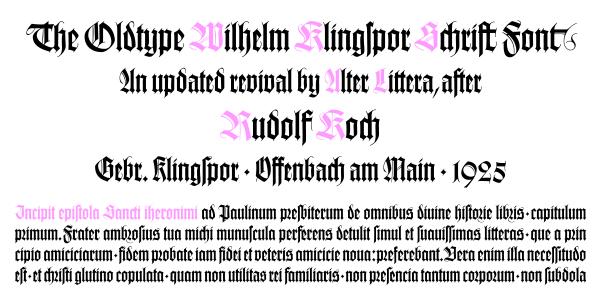
file name: Alter Littera Wilhelm Klingspor Schrift 2013 after Rudolf Koch 1925e
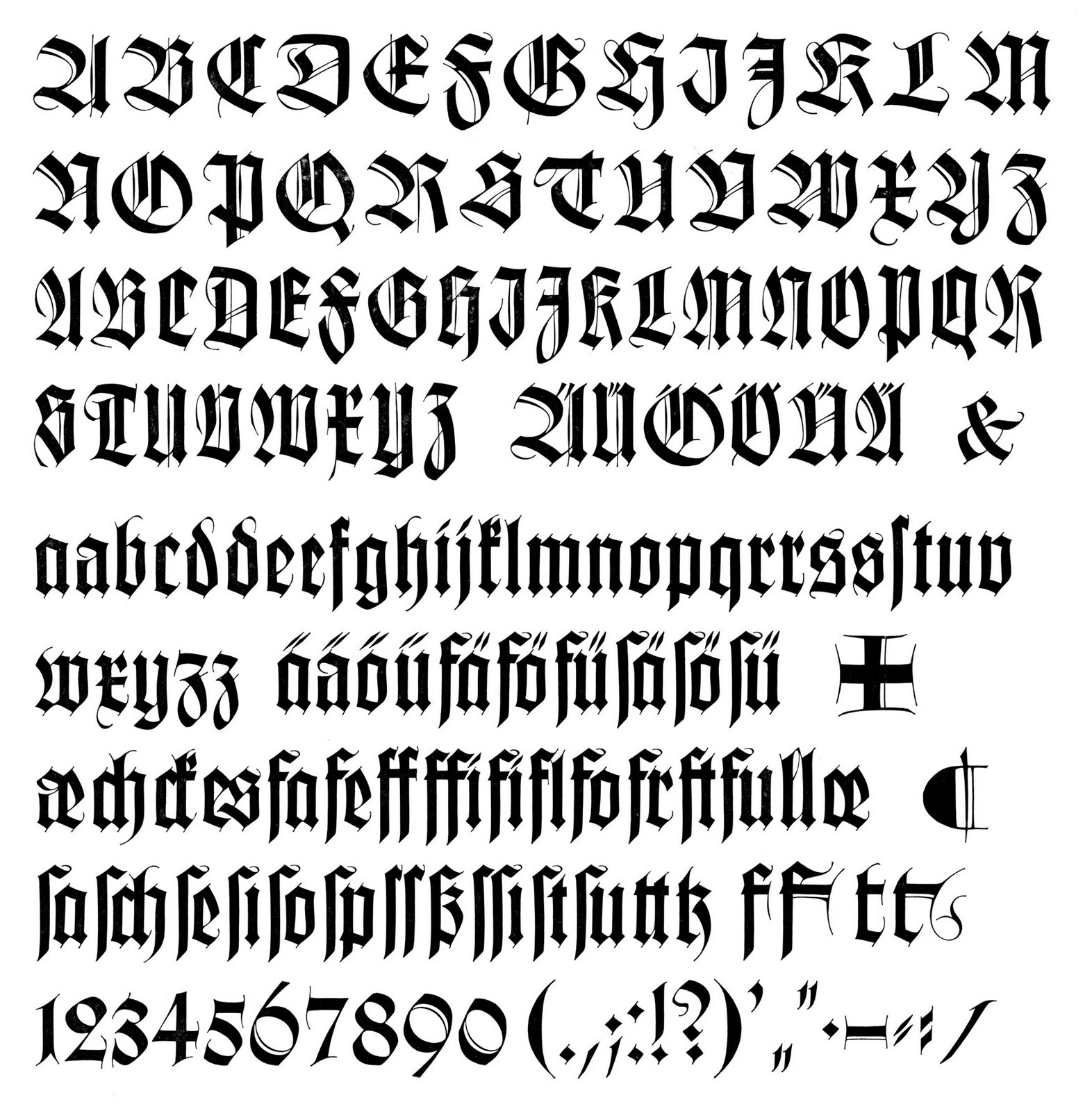
file name: Wilhelm Klingspor Schrift
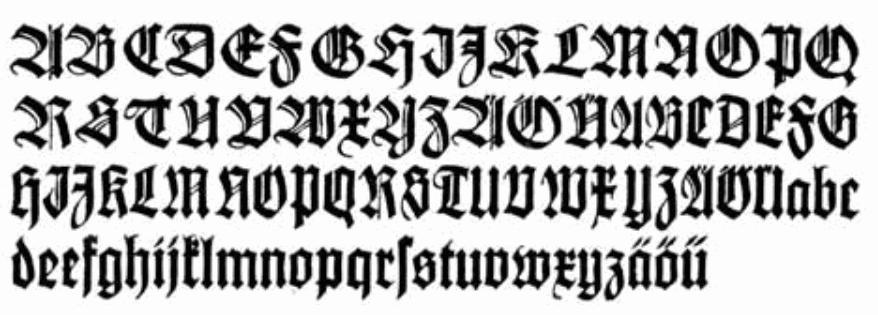
file name: Rudolf Koch Wilhelm Klingspor Schrift 1920 1926
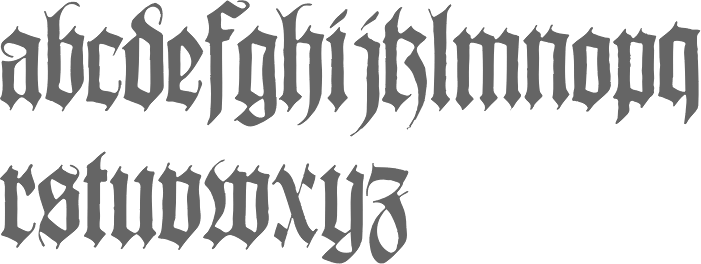
file name: Stephen Miggas Wilhelmschrift 2006 after Rudolf Koch Wilhelm Klingspor Schrift 1927

file name: Rudolf Koch Claudius1933 1937
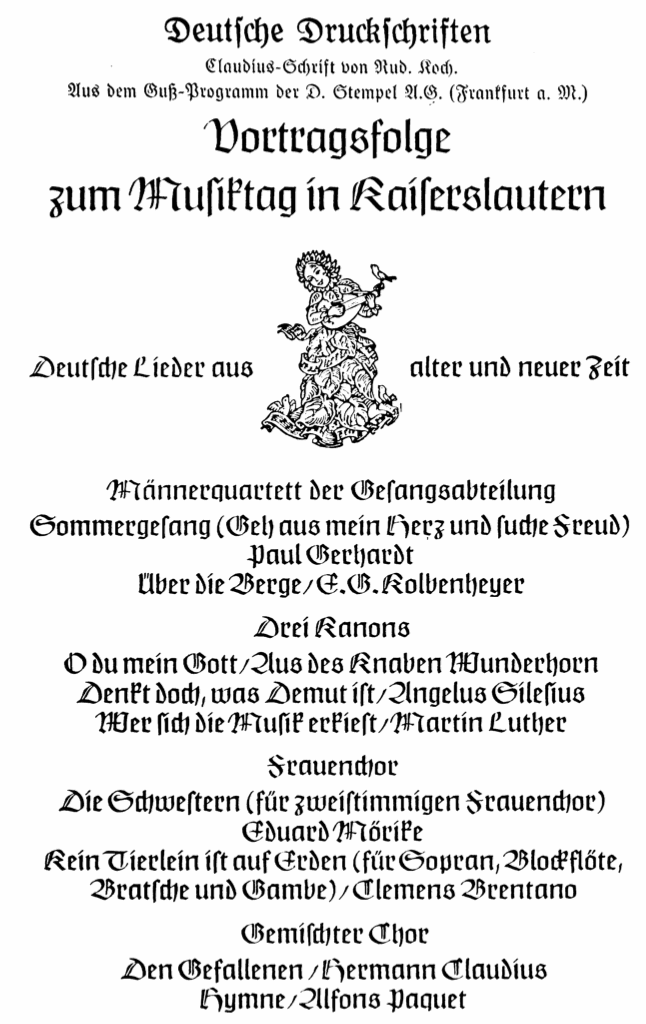
file name: Rudolf Koch Claudius Schrift
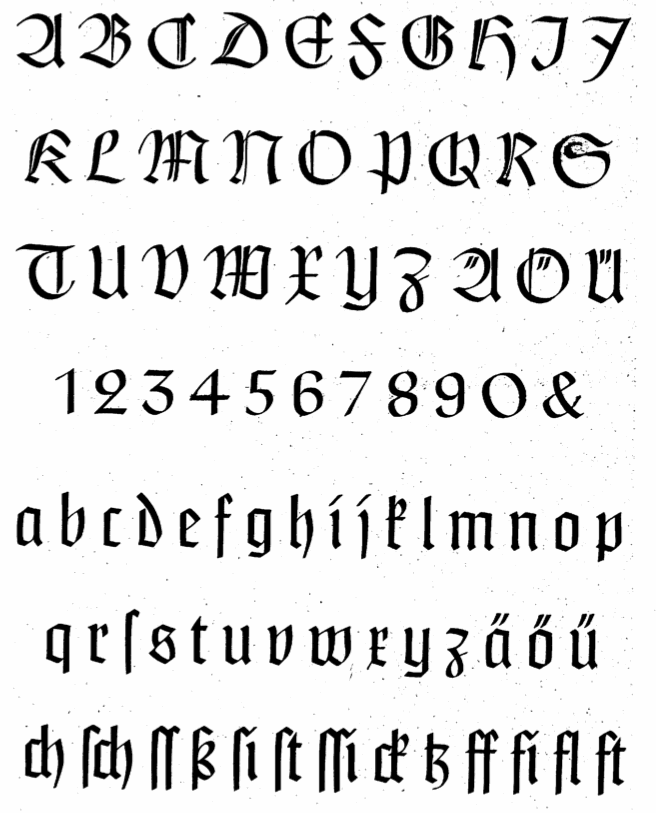
file name: Rudolf Koch Klingspor Claudius 1937
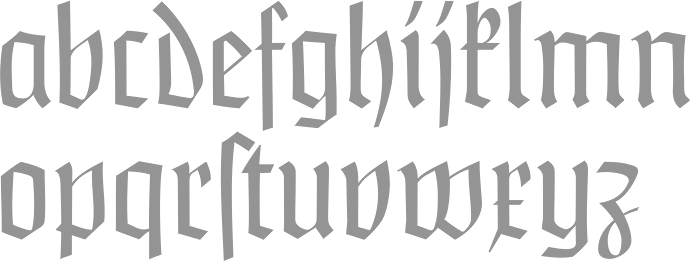
file name: Ralph M Unger Claudius 2010
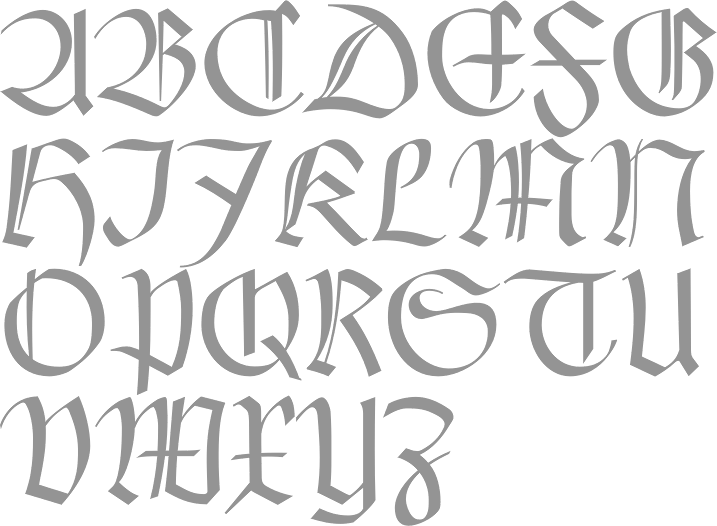
file name: Ralph M Unger Claudius 2010b

file name: Rudolf Koch Deutsche Schraegschrift 1912
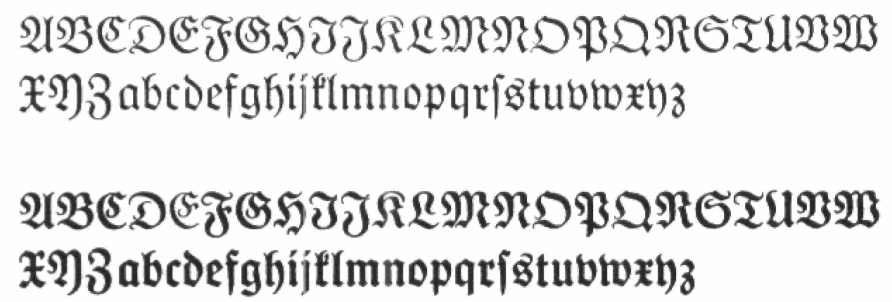
file name: Rudolf Koch Deutsche Werkschrift 1934

file name: Rudolf Koch Deutsche Zierschrift 1919 1921 Delbanco

file name: Rudolf Koch Deutsche Zierschrift 1919 1921
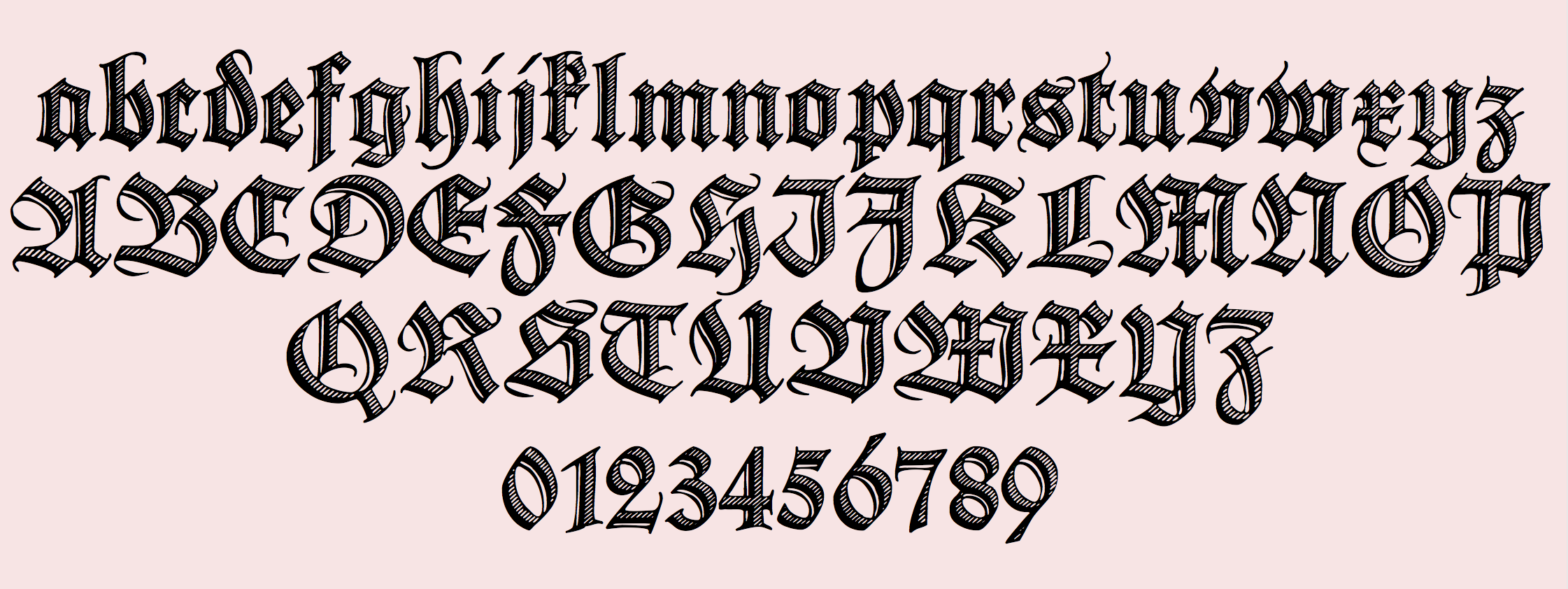
file name: Dieter Steffmann Deutsche Zierschrift 2002 after Rudolf Koch 1919 1921

file name: Rudolf Koch Fruehling Fraktur 1911 1914

file name: Rudolf Koch Fruehling 1911 1914
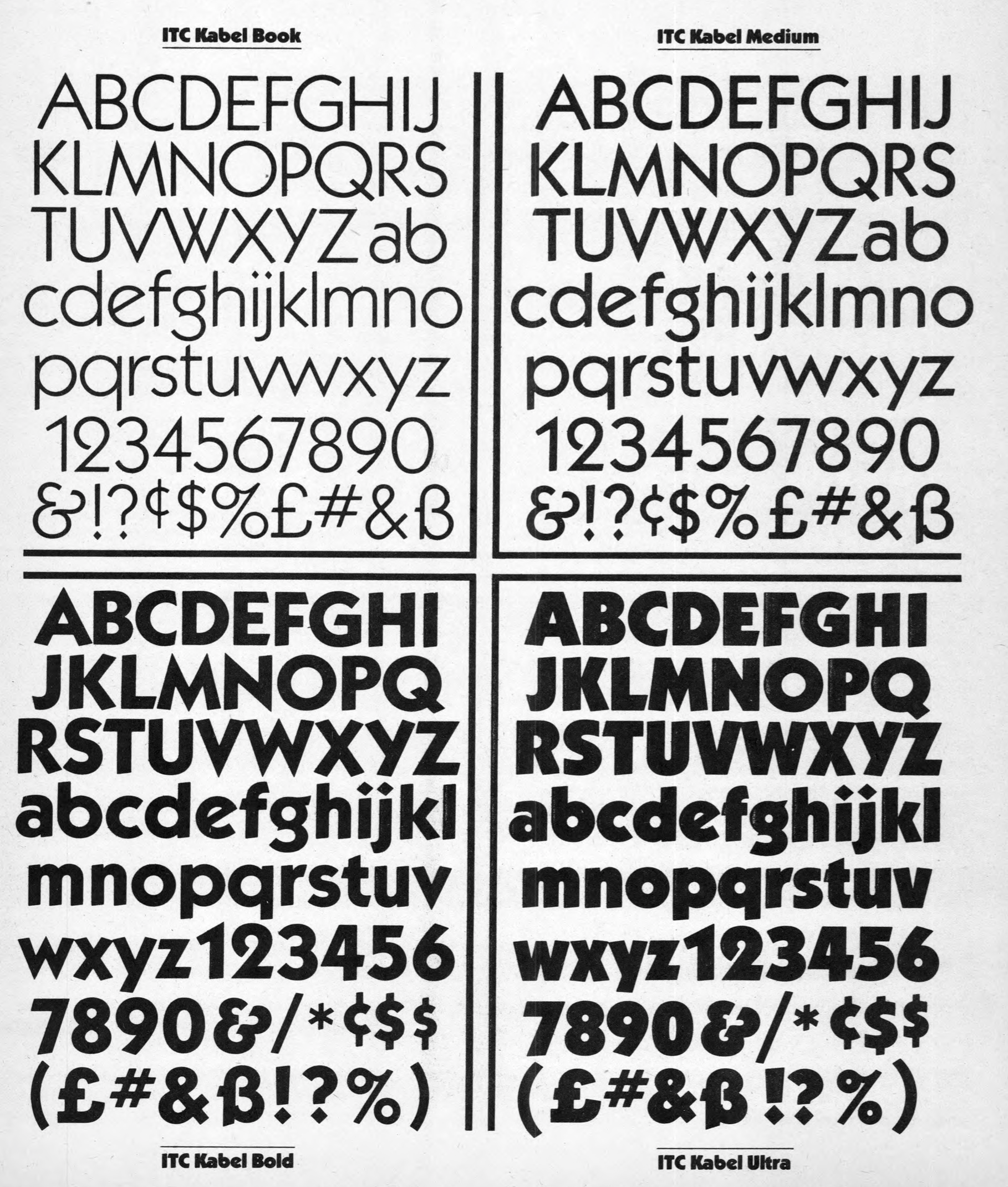
file name: Victor Caruso I T C Kabel 1976

file name: Victor Caruso I T C Kabel 1976b
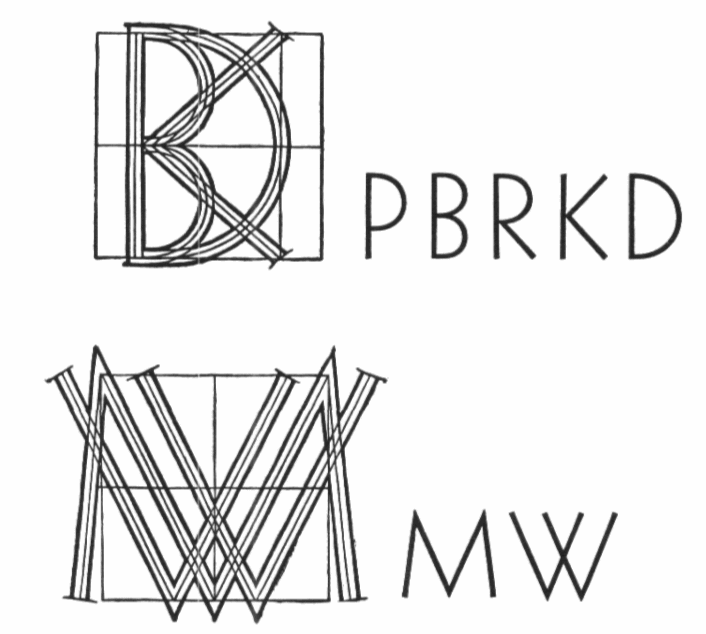
file name: Rudolf Koch Kabel Construction1926
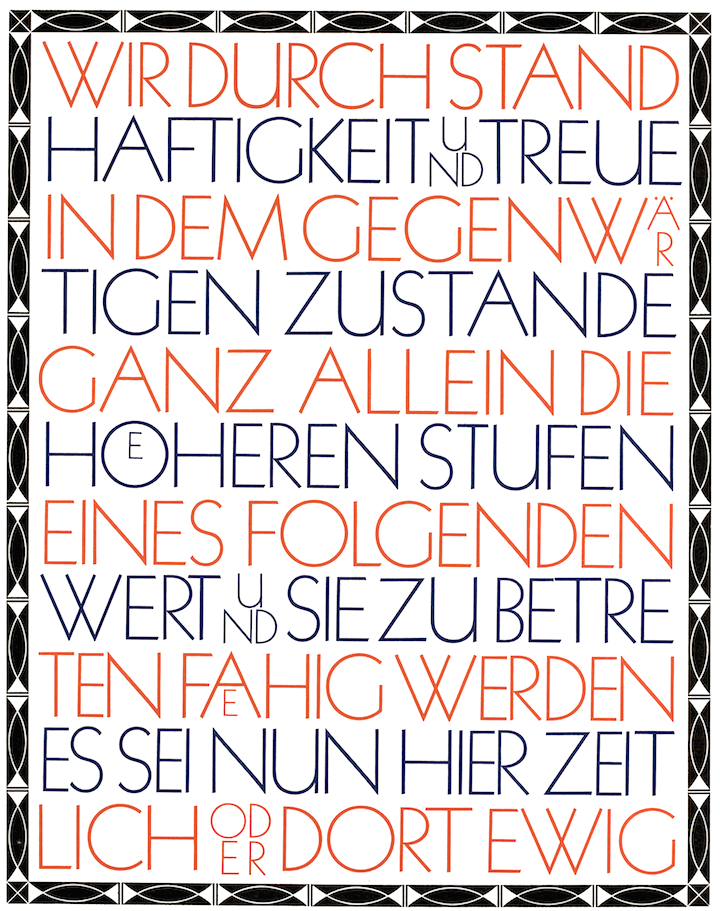
file name: Rudolf Koch Kabel 1927

file name: Rudolf Koch Kabel 1927 poster by Elia Hernandez 2017
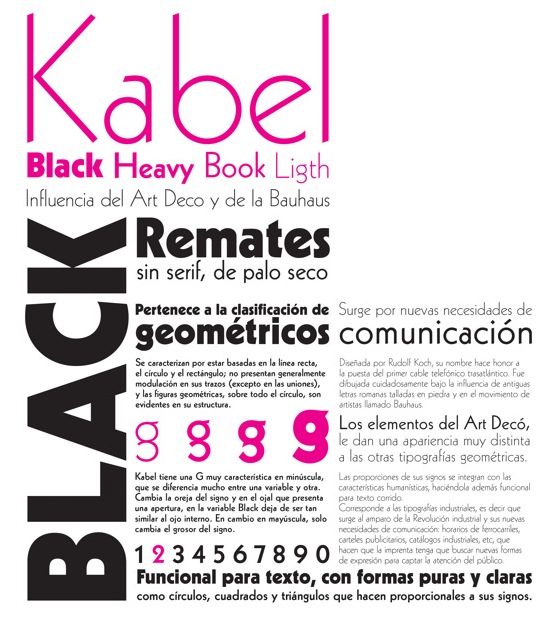
file name: Rudolf Koch Kabel 1927 poster by Sheila Nowak 2011
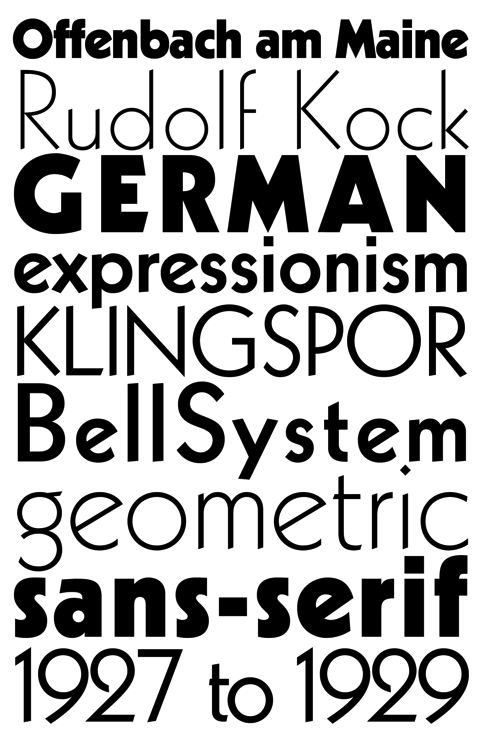
file name: Rudolf Koch Kabel 1927 poster by Martina Bonetti 2014
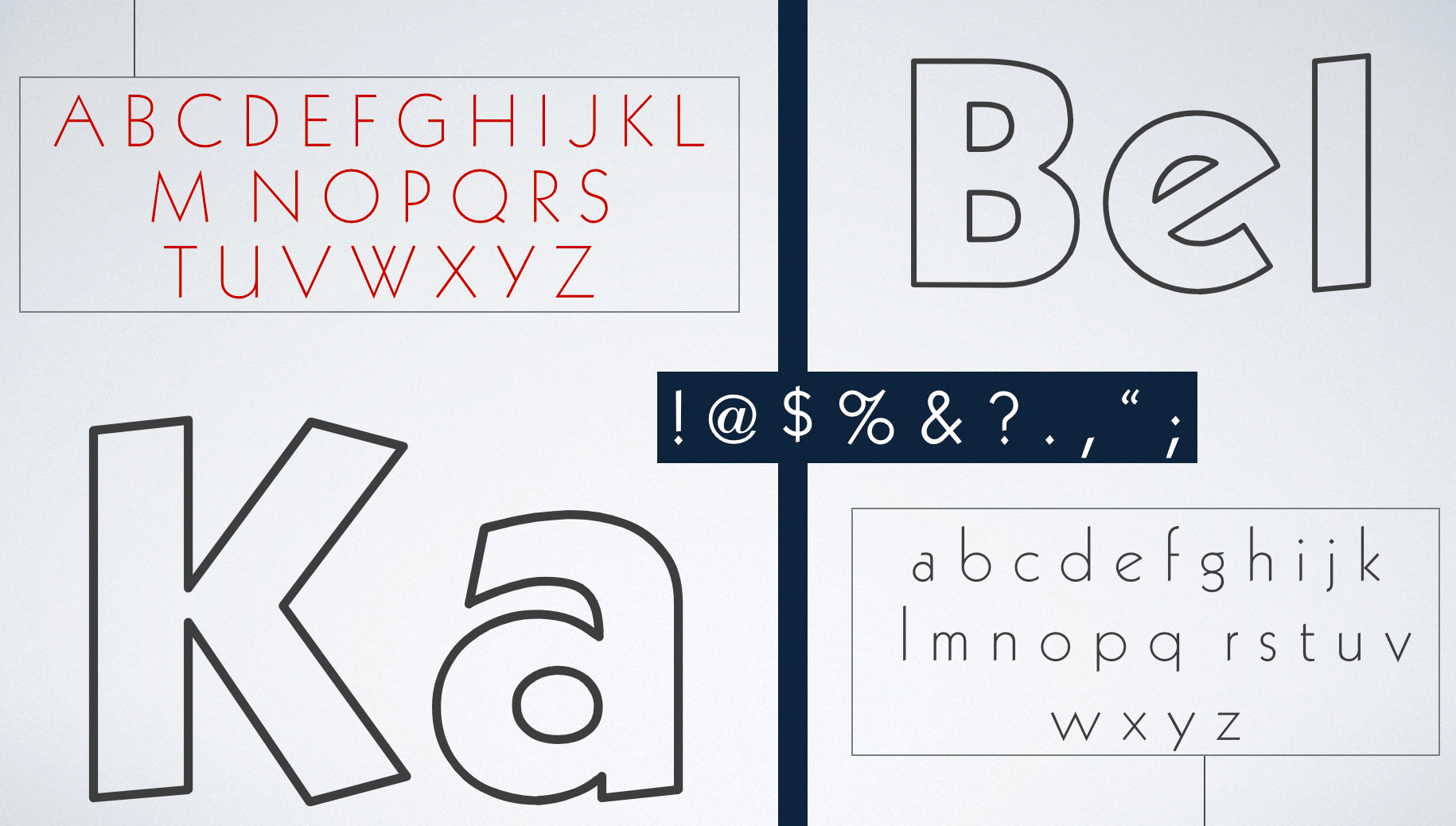
file name: Rudolf Koch Kabel 1927 poster by James Reli 2016
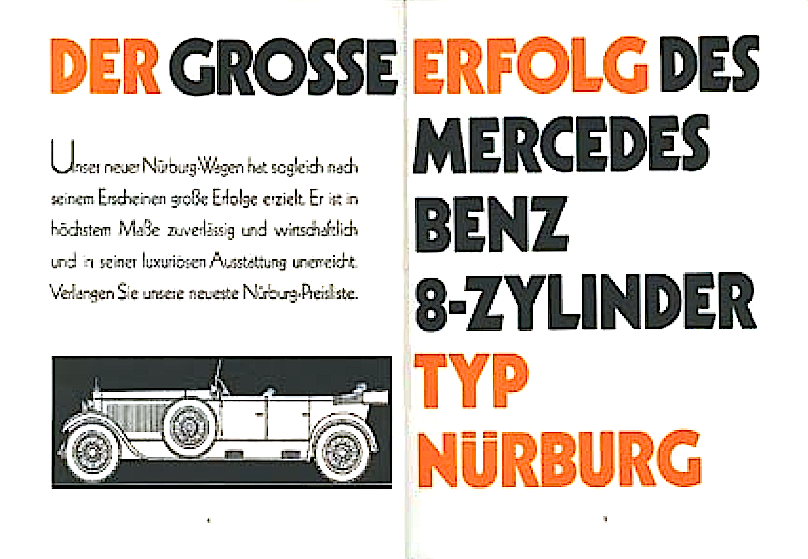
file name: Rudolf Koch Fette Kabel 1928

file name: Rudolf Koch Leichte Kabel 1927
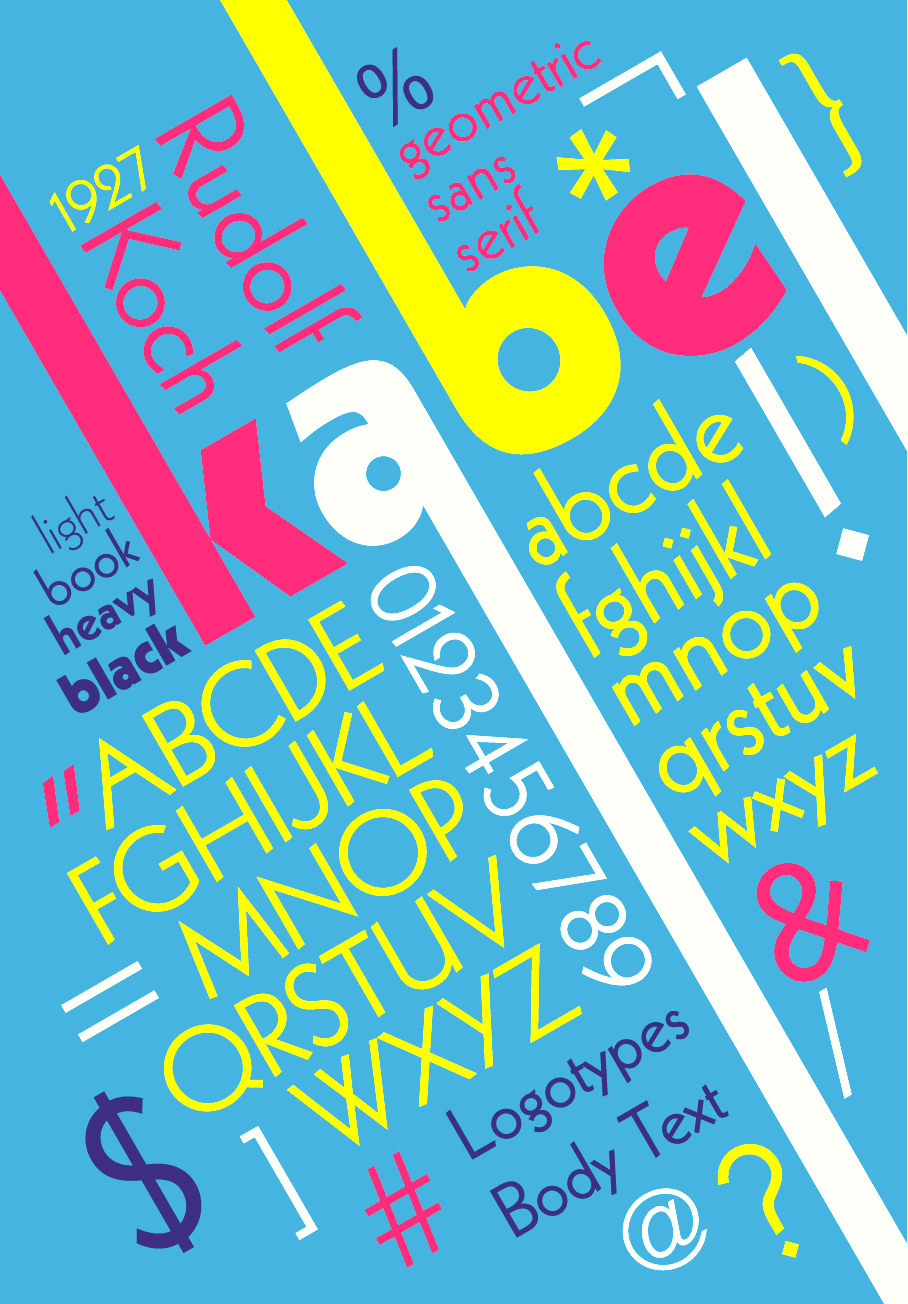
file name: Rudolf Koch Kabel 1927 Poster by Jorge Martinez 2013

file name: Rudolf Koch Kabel 1927 g
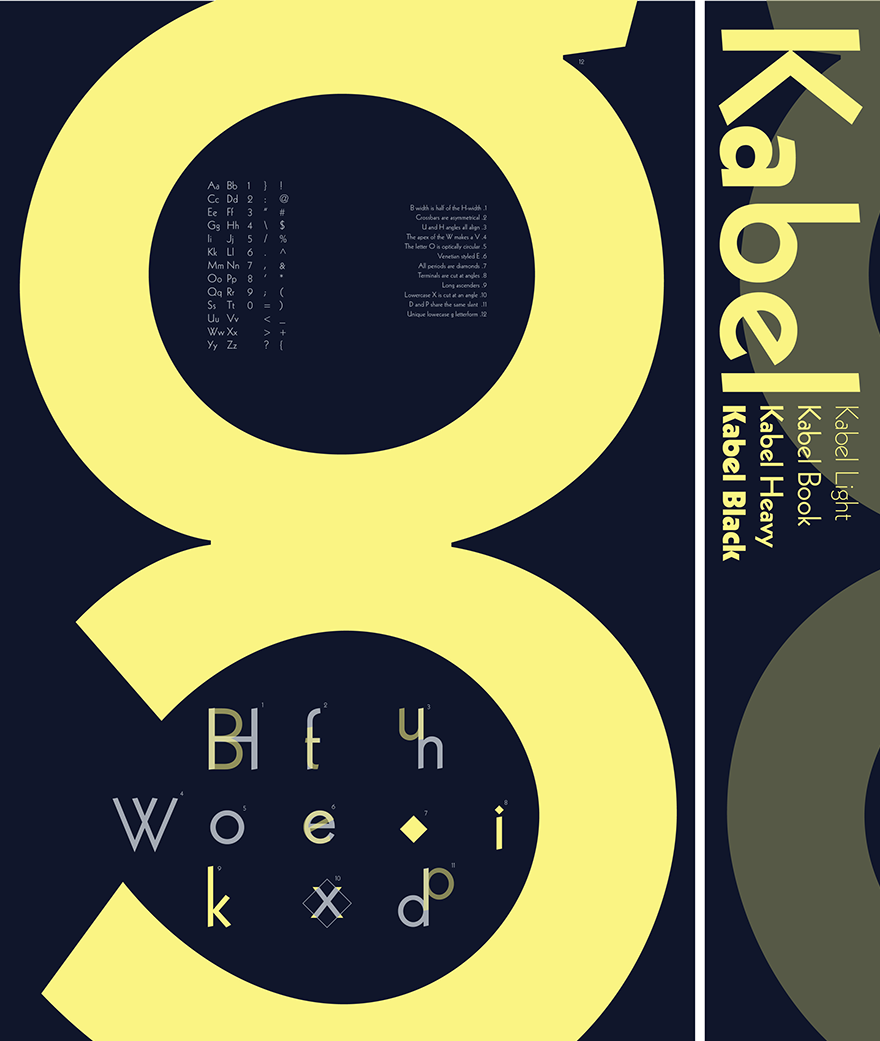
file name: Rudolf Koch Kabel 1927 poster by Abigail Harris 2016
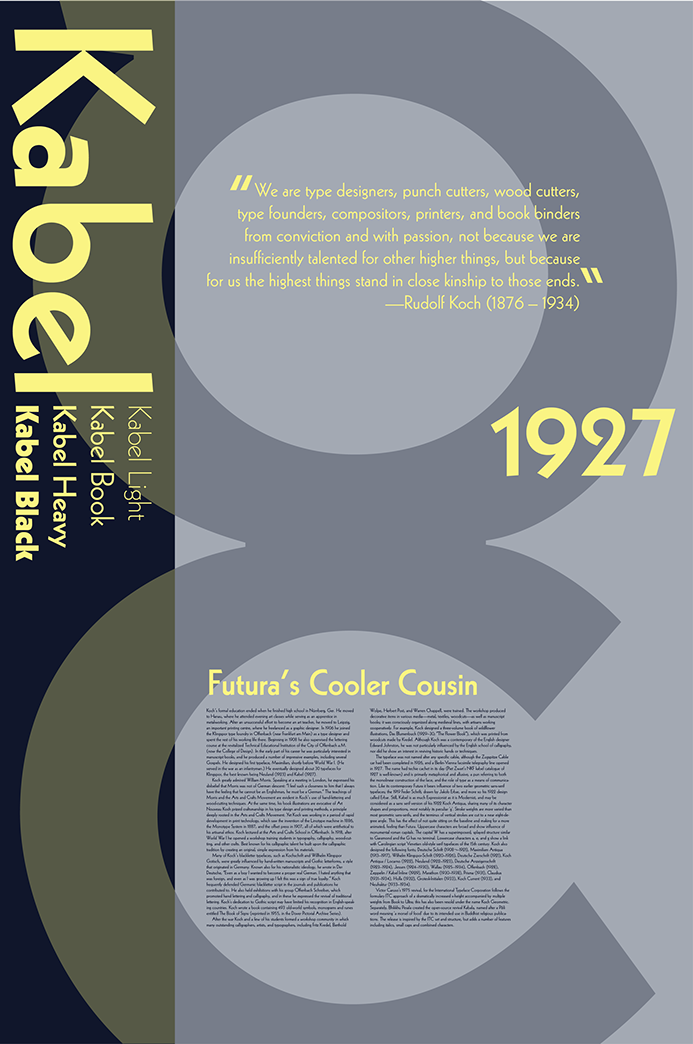
file name: Rudolf Koch Kabel 1927 poster by Abigail Harris 2016
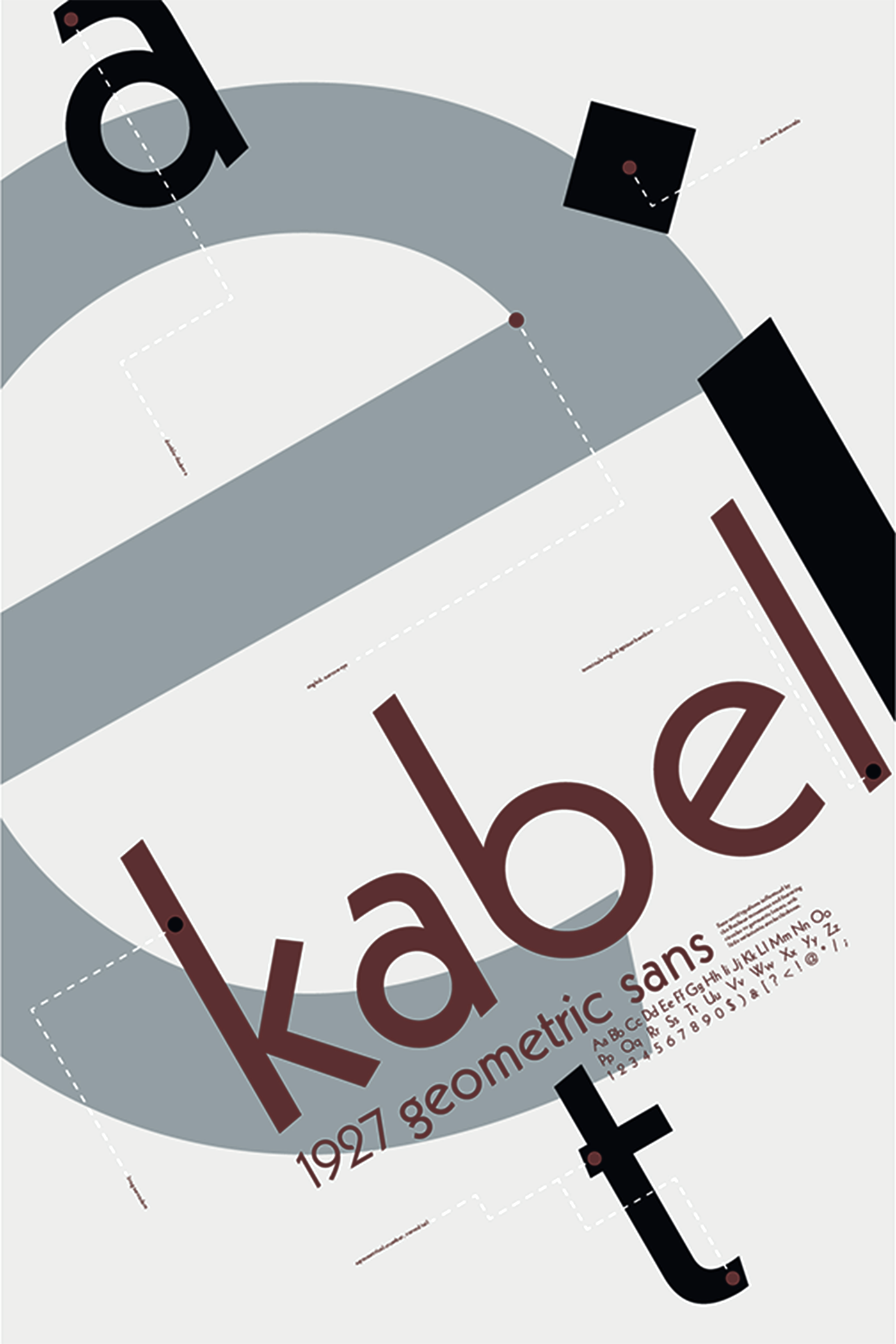
file name: Rudolf Koch Kabel 1927 poster by Olivia Feathers 2016b
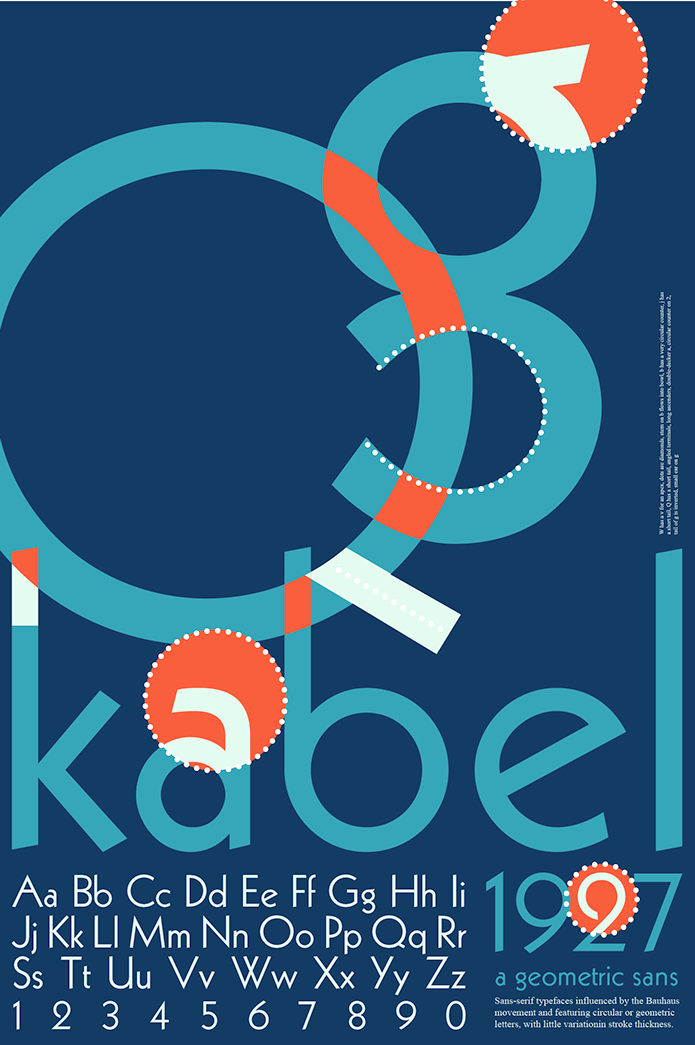
file name: Rudolf Koch Kabel 1927 poster by Olivia Feathers 2016c
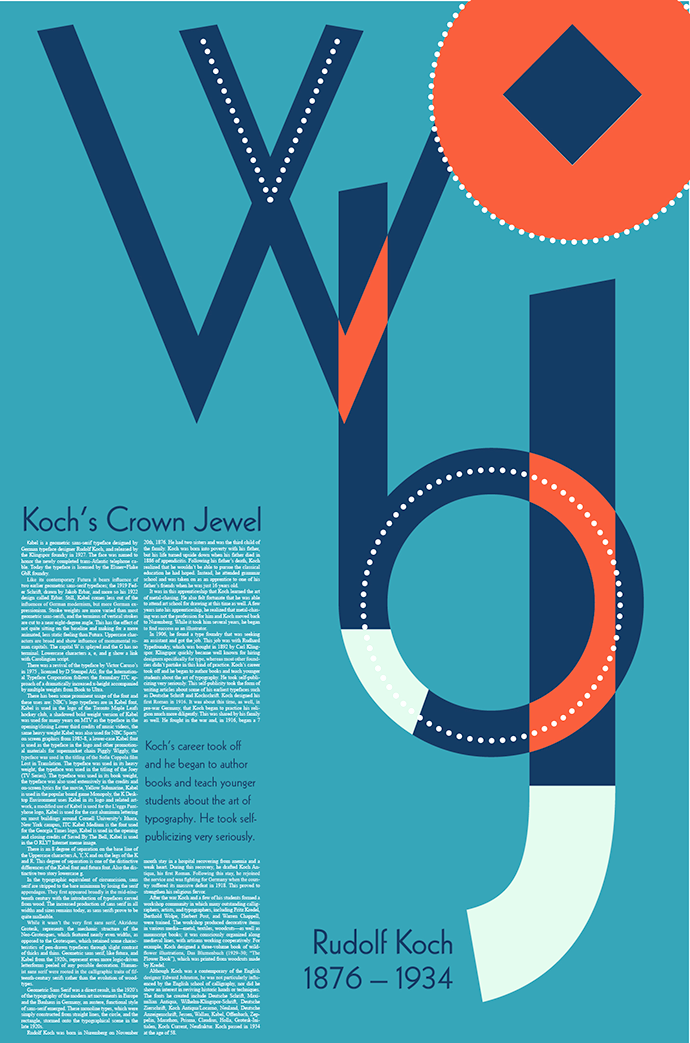
file name: Rudolf Koch Kabel 1927 poster by Olivia Feathers 2016c
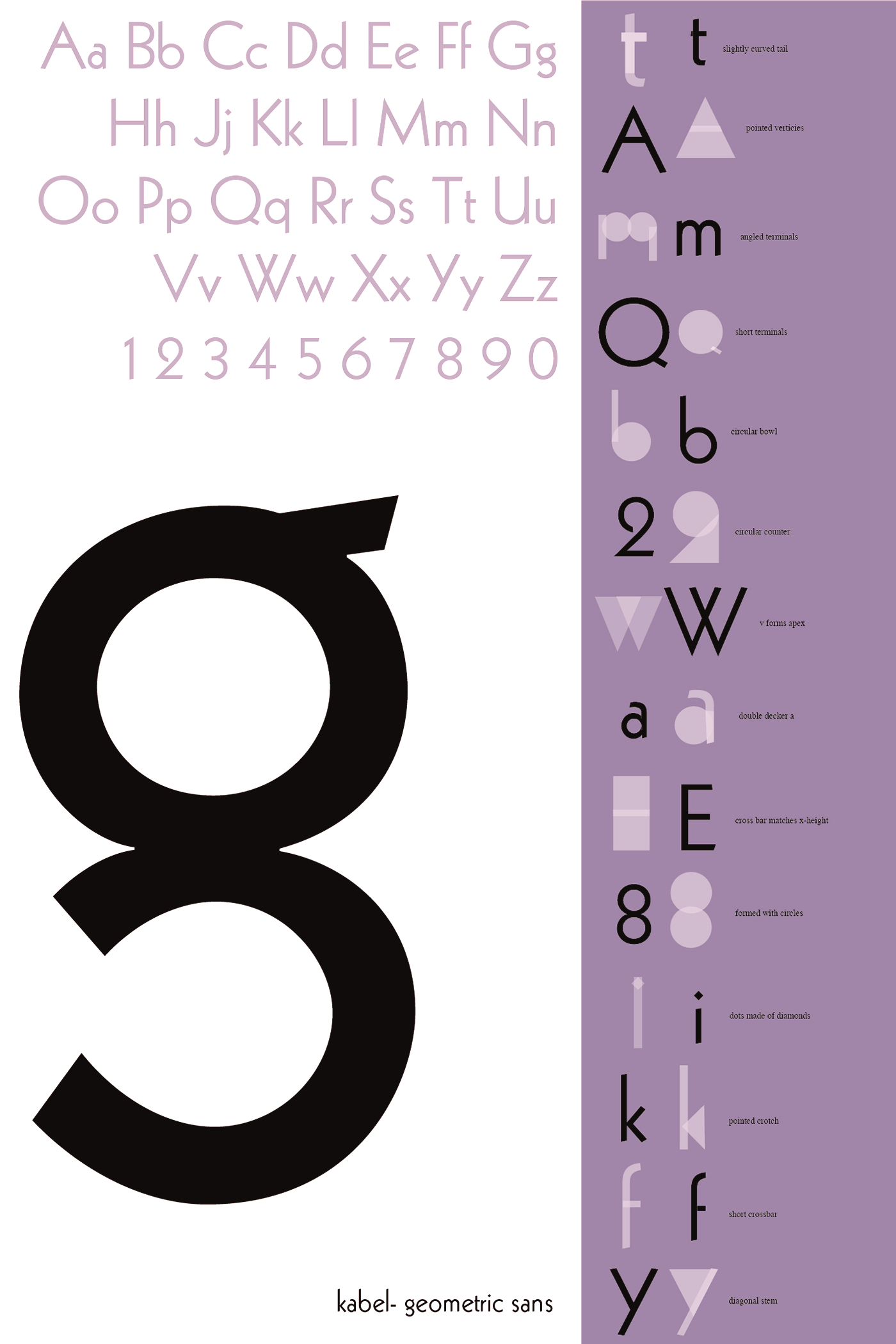
file name: Rudolf Koch Kabel 1927 poster by Olivia Feathers 2016d
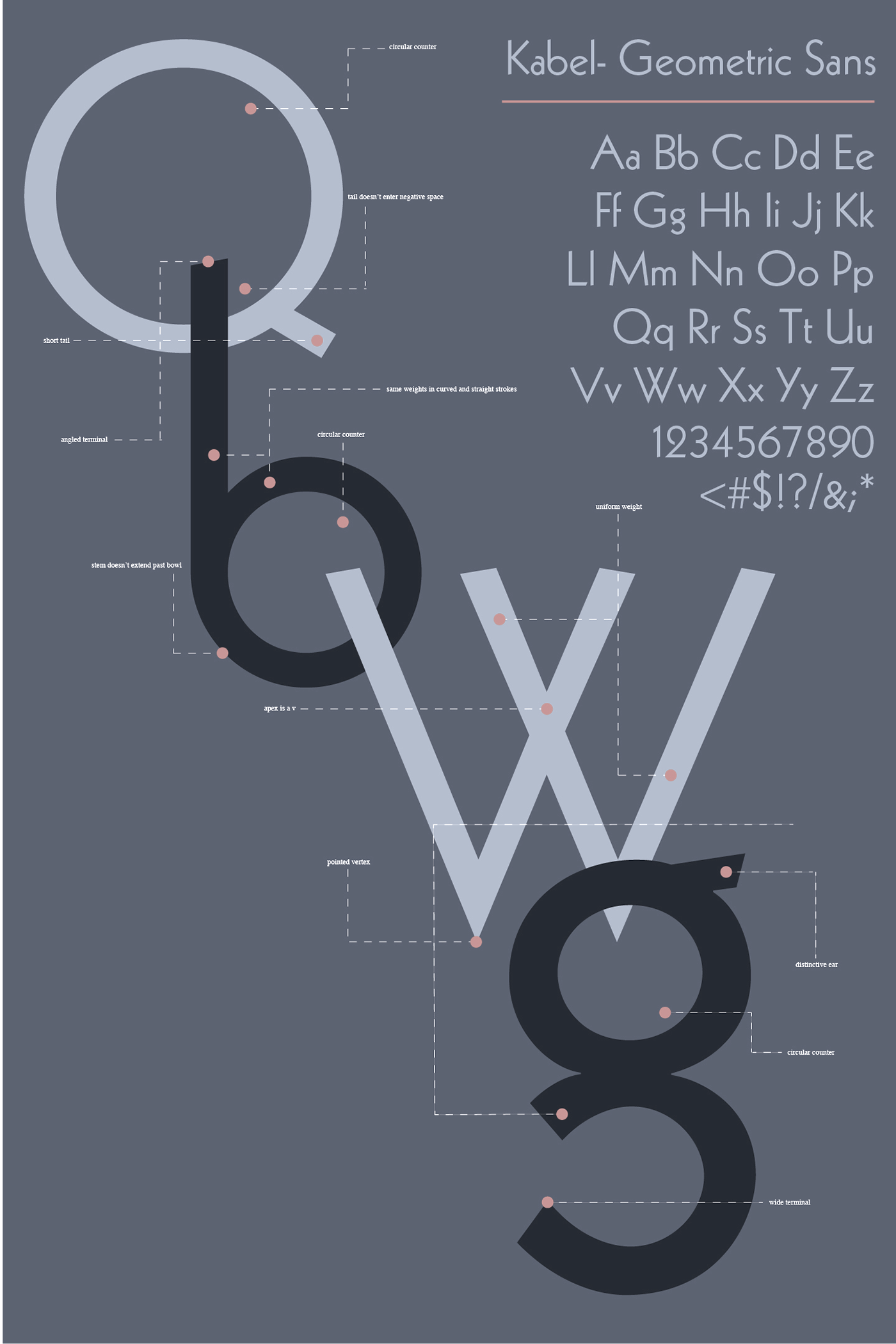
file name: Rudolf Koch Kabel 1927 poster by Olivia Feathers 2016e
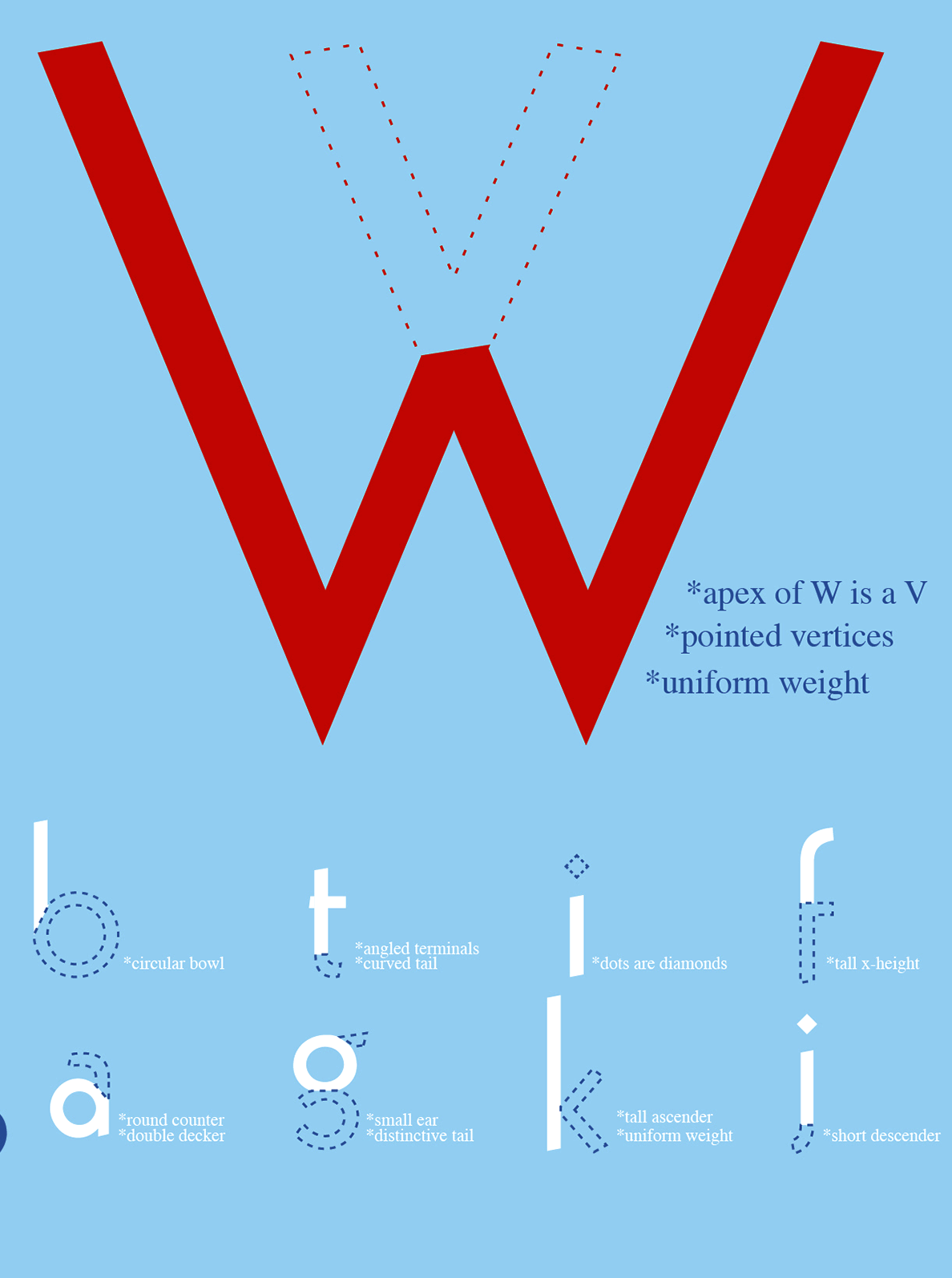
file name: Rudolf Koch Kabel 1927 poster by Olivia Feathers 2016f
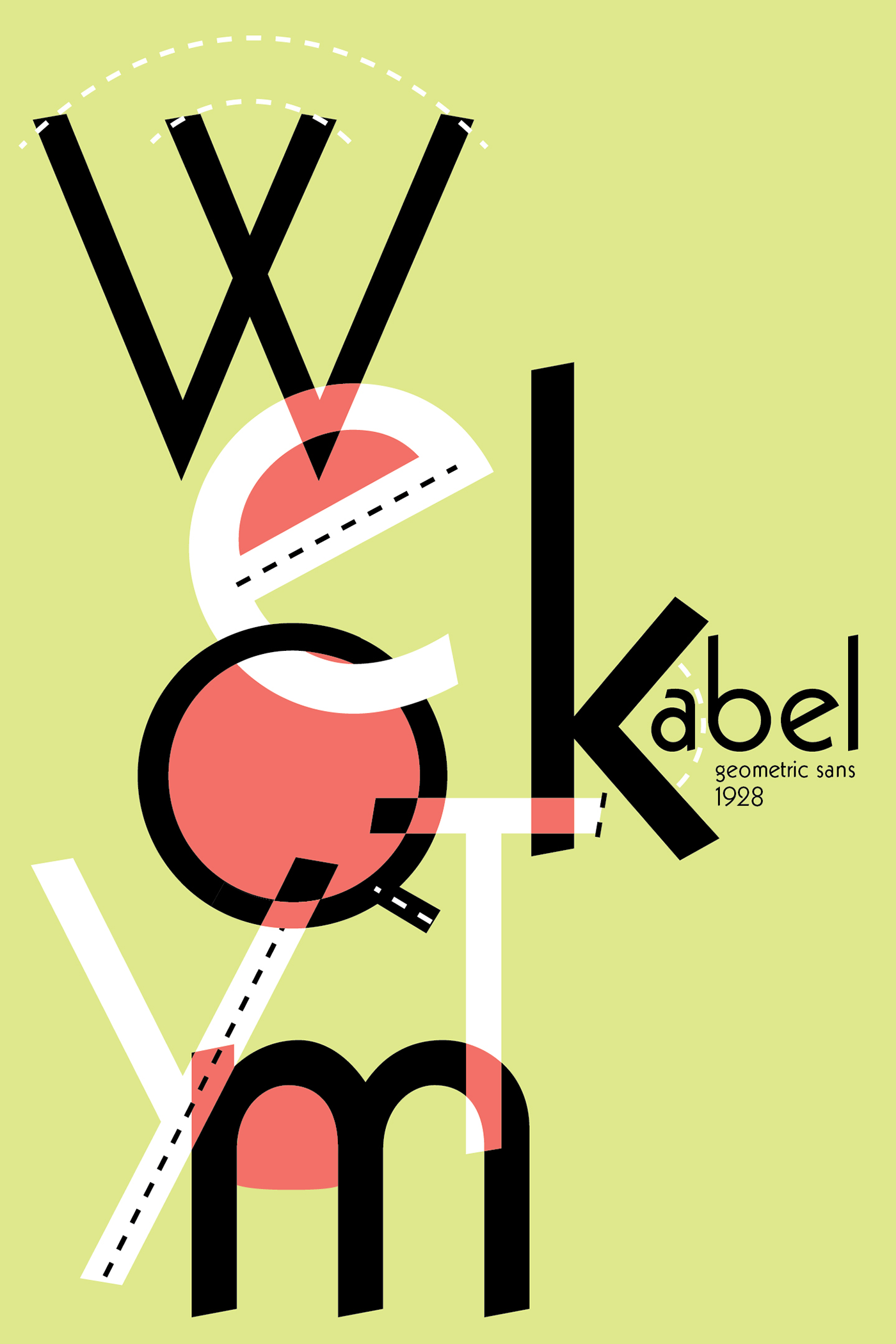
file name: Rudolf Koch Kabel 1927 poster by Olivia Feathers 2016h
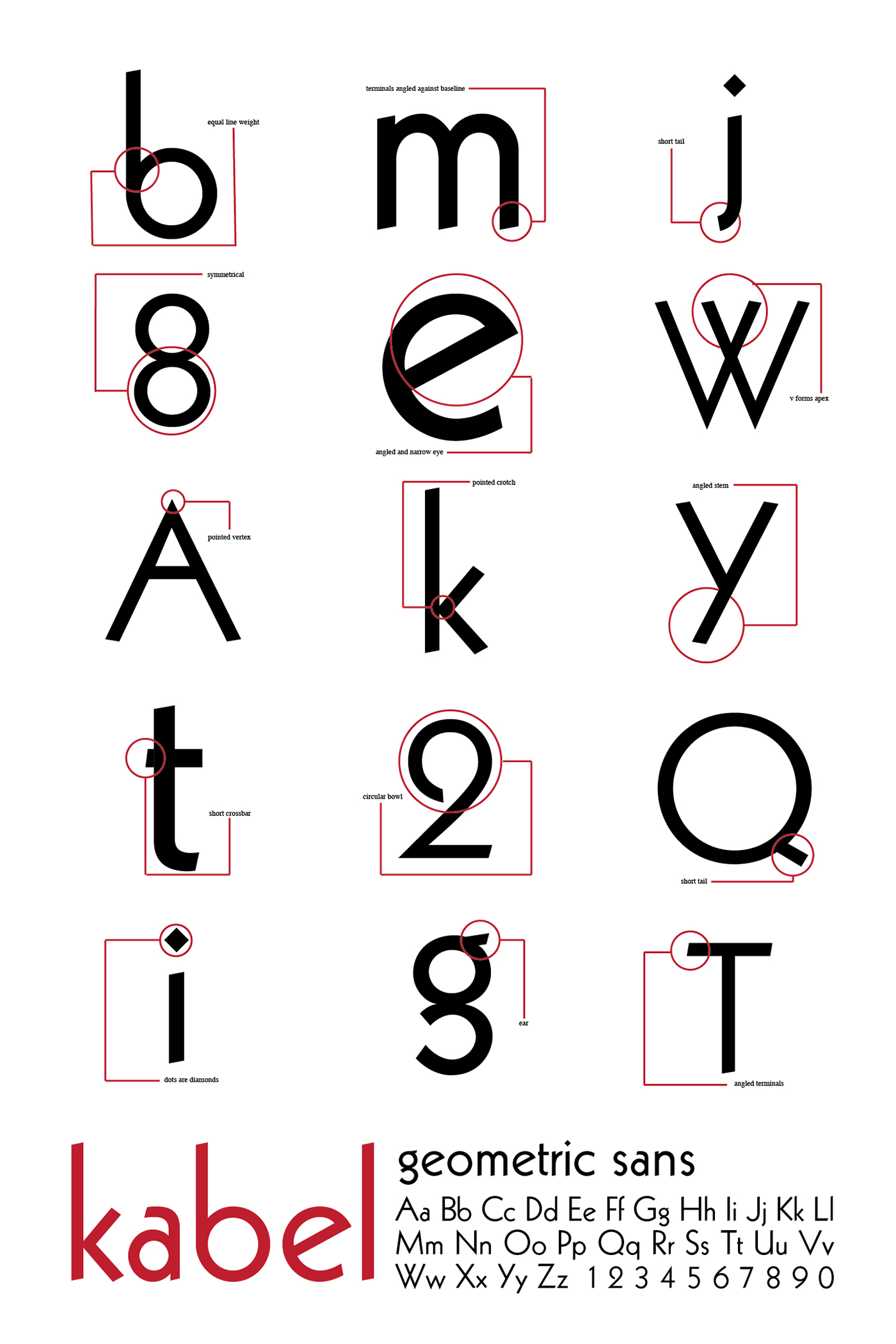
file name: Rudolf Koch Kabel 1927 poster by Olivia Feathers 2016i
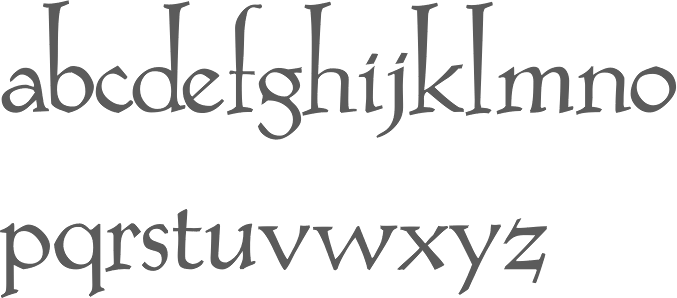
file name: David Nalle Evadare 2012
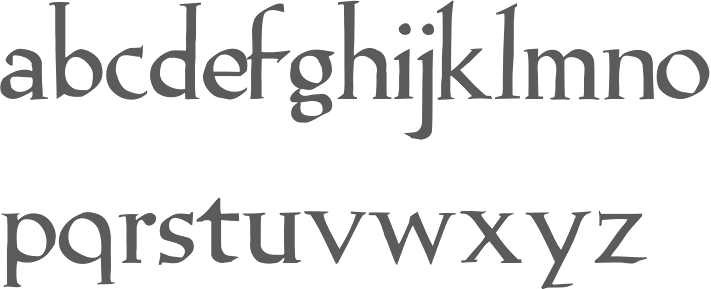
file name: David Nalle Koch Fantasie 1993

file name: Rudolf Koch Koch Antiqua 1922 Linotype Version
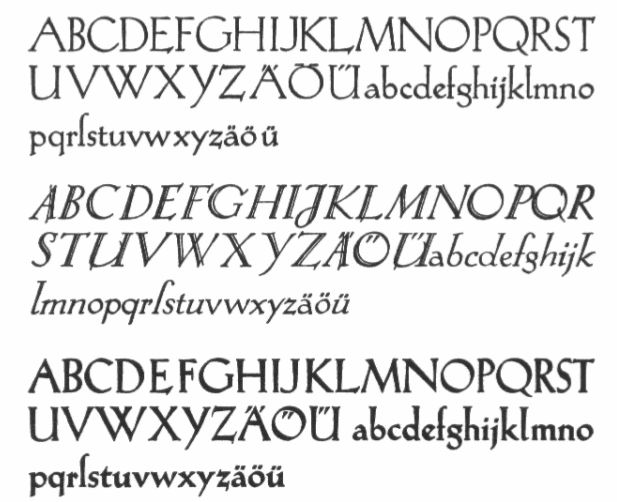
file name: Rudolf Koch Koch Antiqua1920 1922 Bold1923 1924
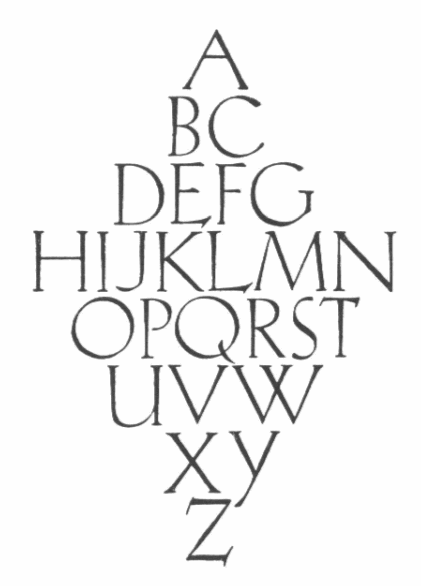
file name: Rudolf Koch Koch Antiqua
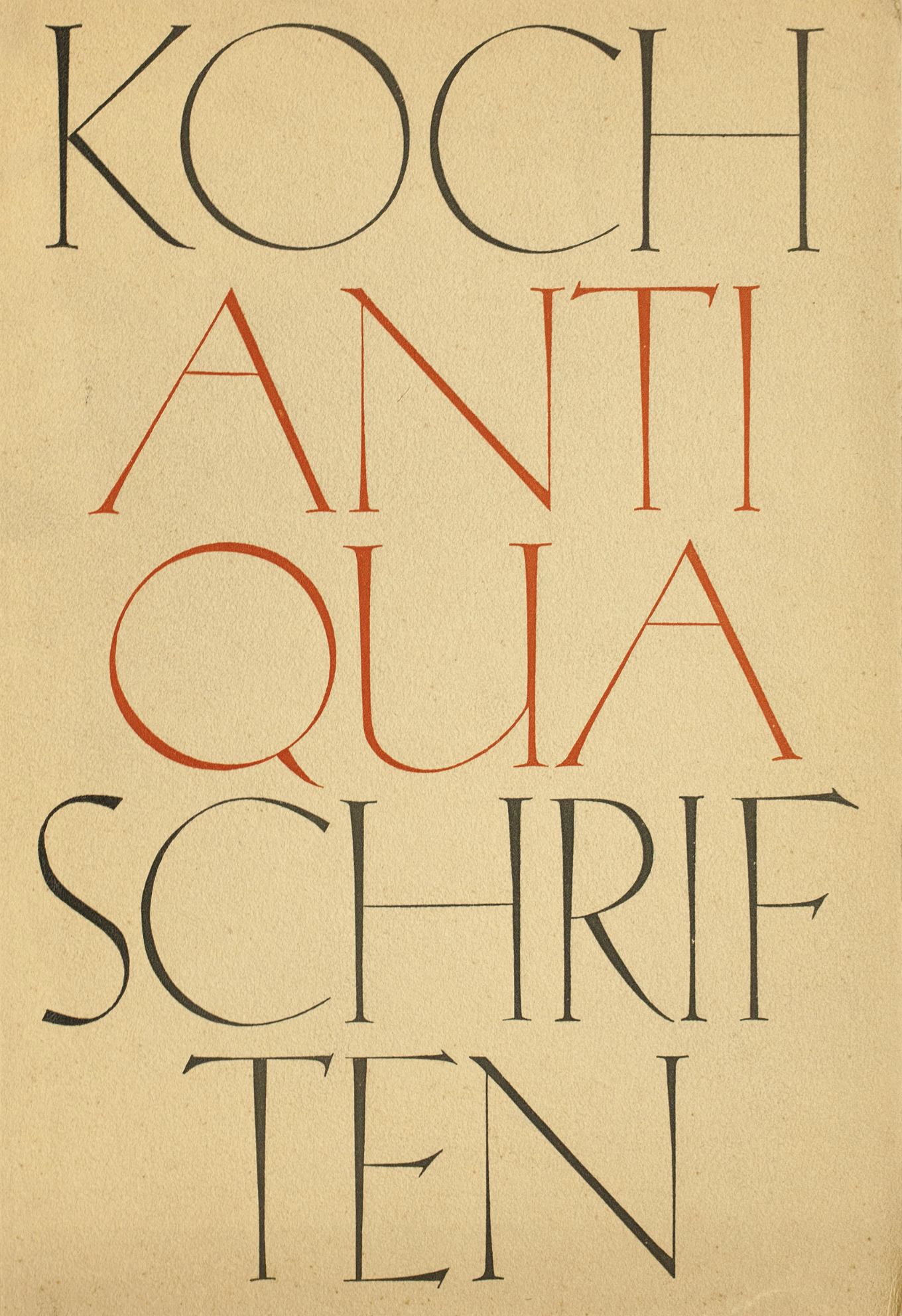
file name: Rudolf Koch Koch Antiqua 1922

file name: Rudolf Koch Koch Antiquagross 1923 1924

file name: Rudolf Koch Koch Antiqua Locarno 1922

file name: Rudolf Koch Koch Antiqua Locarno Bold 1922
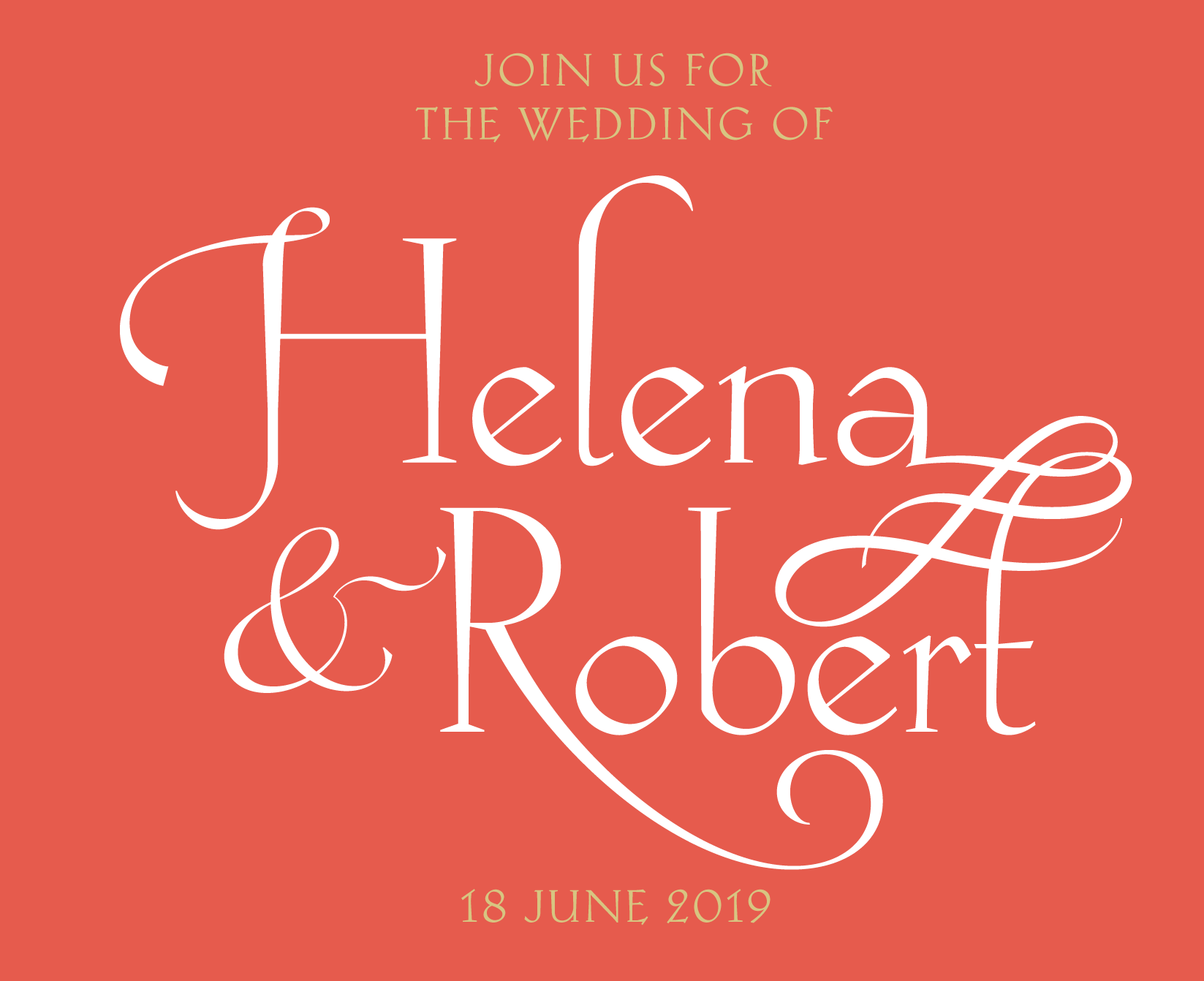
file name: Genilson Lima Santos Hellen 2019 after Rudolf Koch Koch Antiqua 1922

file name: Genilson Lima Santos Hellen 2019 after Rudolf Koch Koch Antiqua 1922
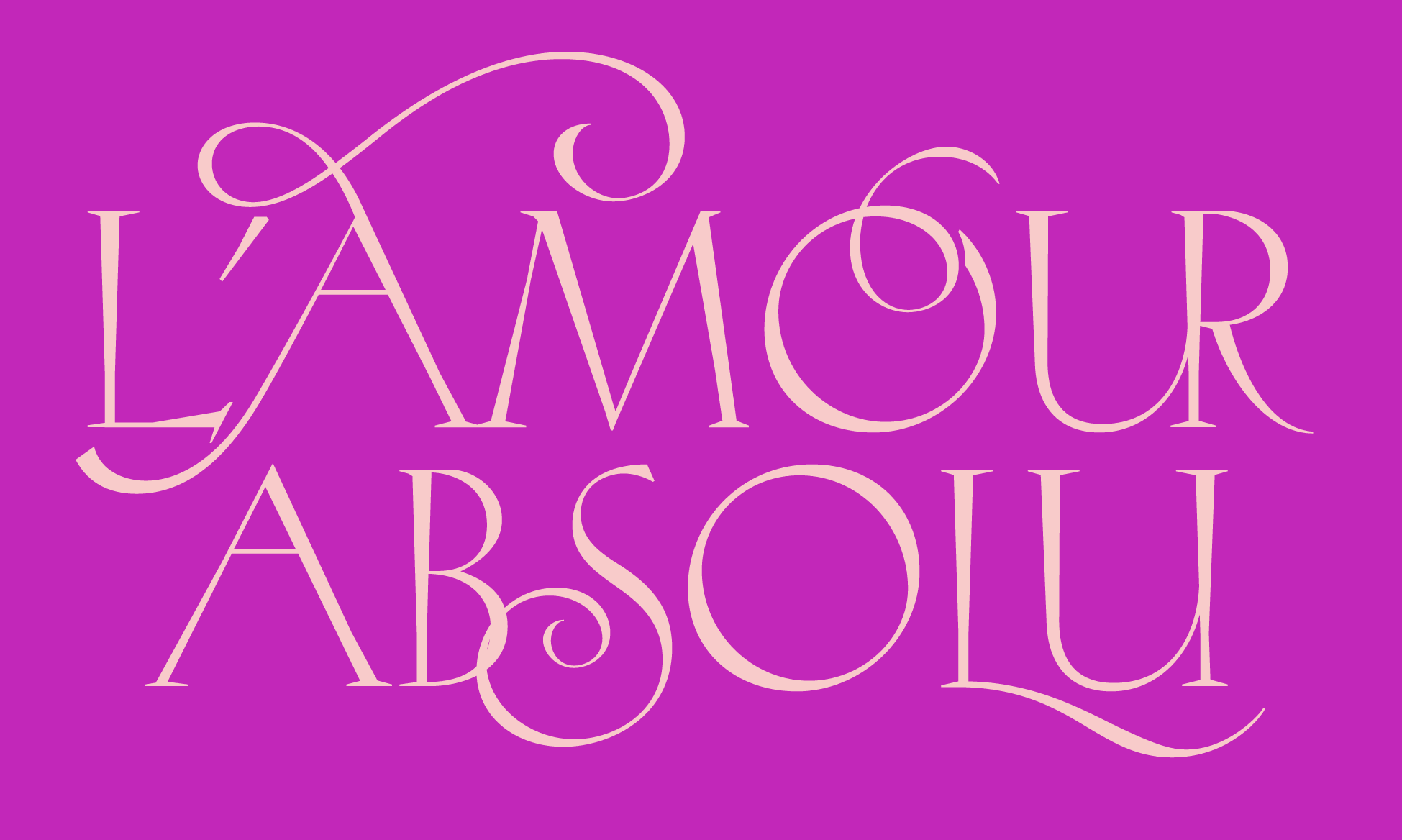
file name: Genilson Lima Santos Hellen 2019 after Rudolf Koch Koch Antiqua 1922
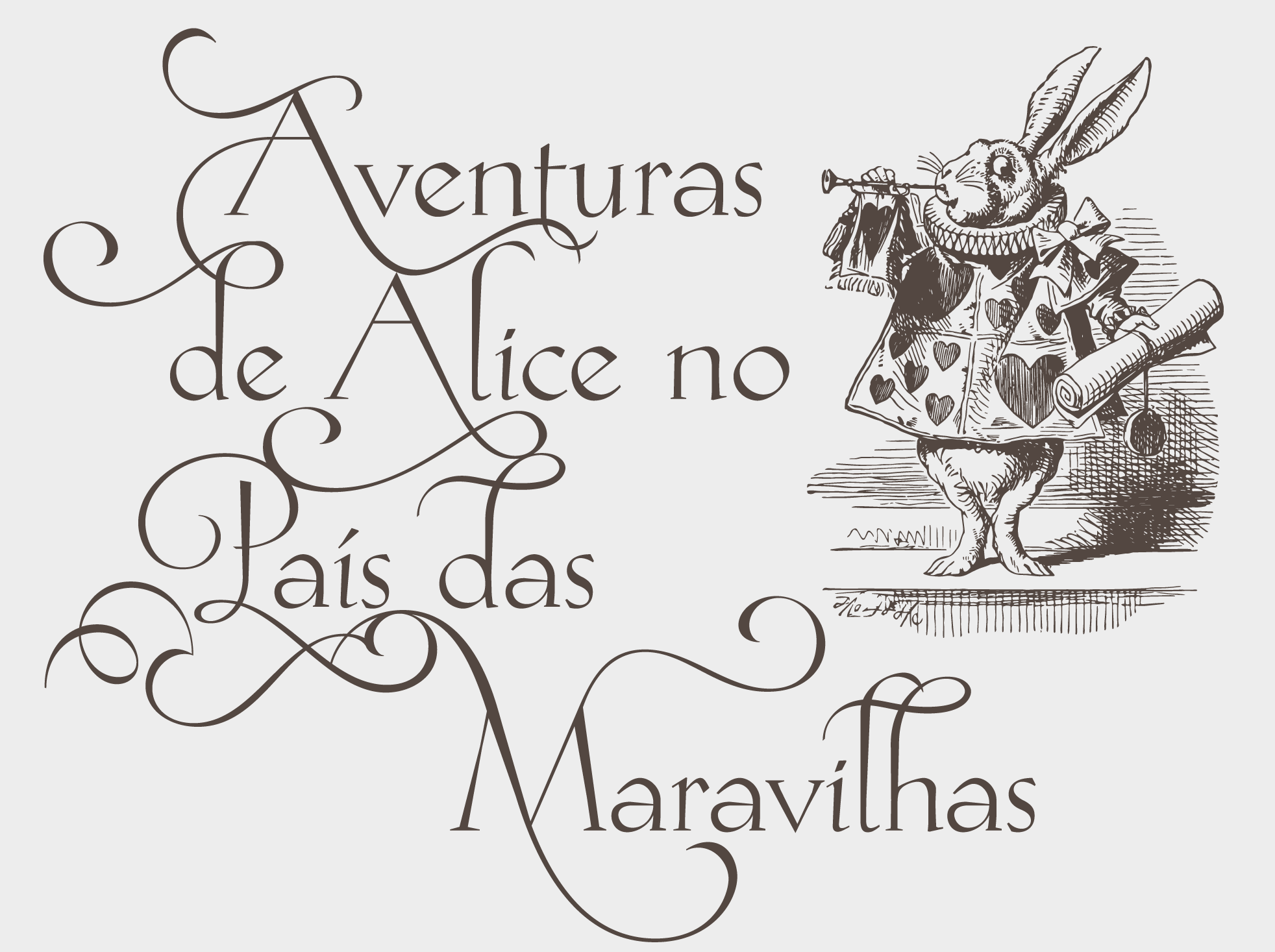
file name: Genilson Lima Santos Hellen 2019 after Rudolf Koch Koch Antiqua 1922
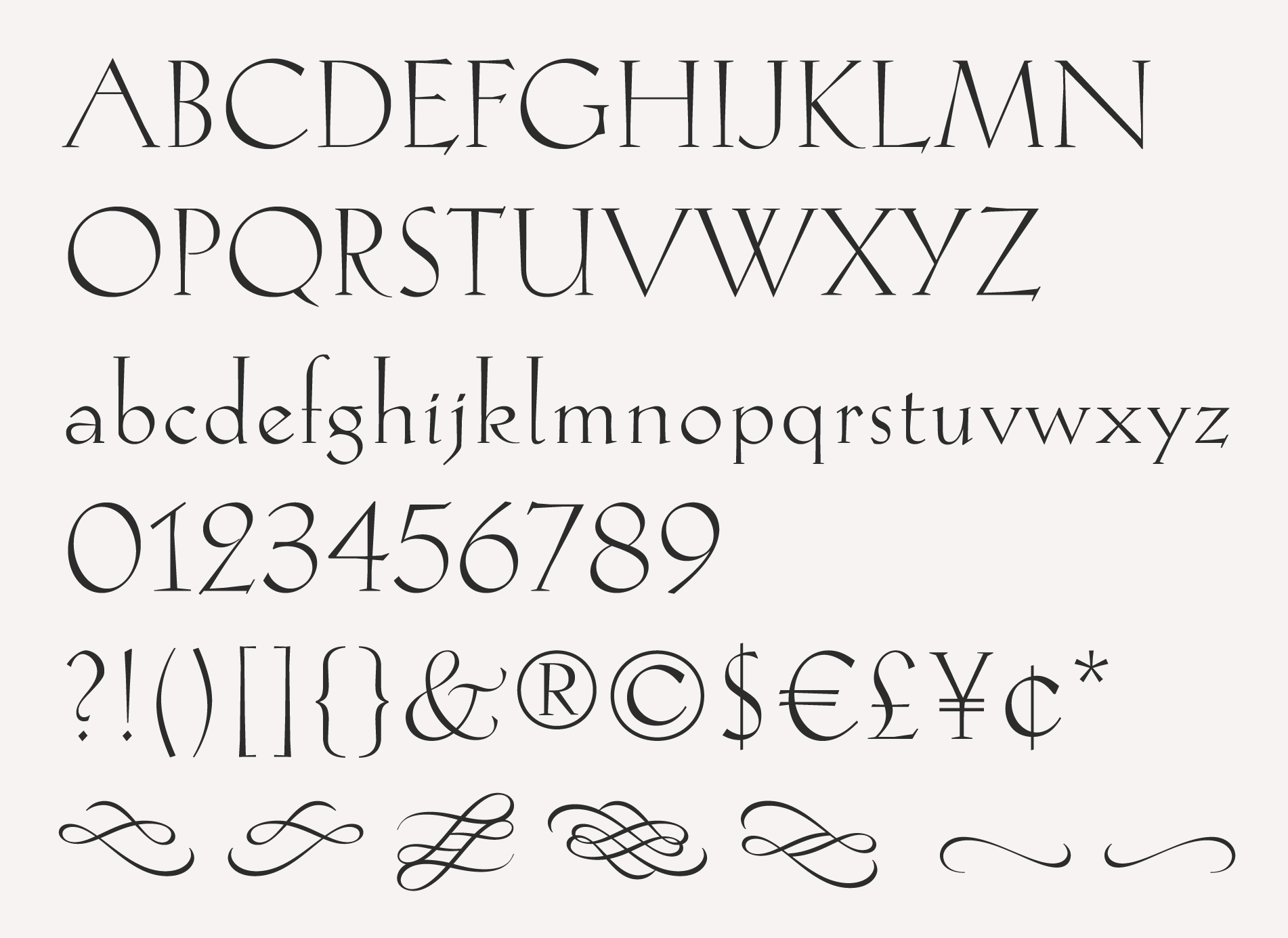
file name: Genilson Lima Santos Hellen 2019 after Rudolf Koch Koch Antiqua 1922
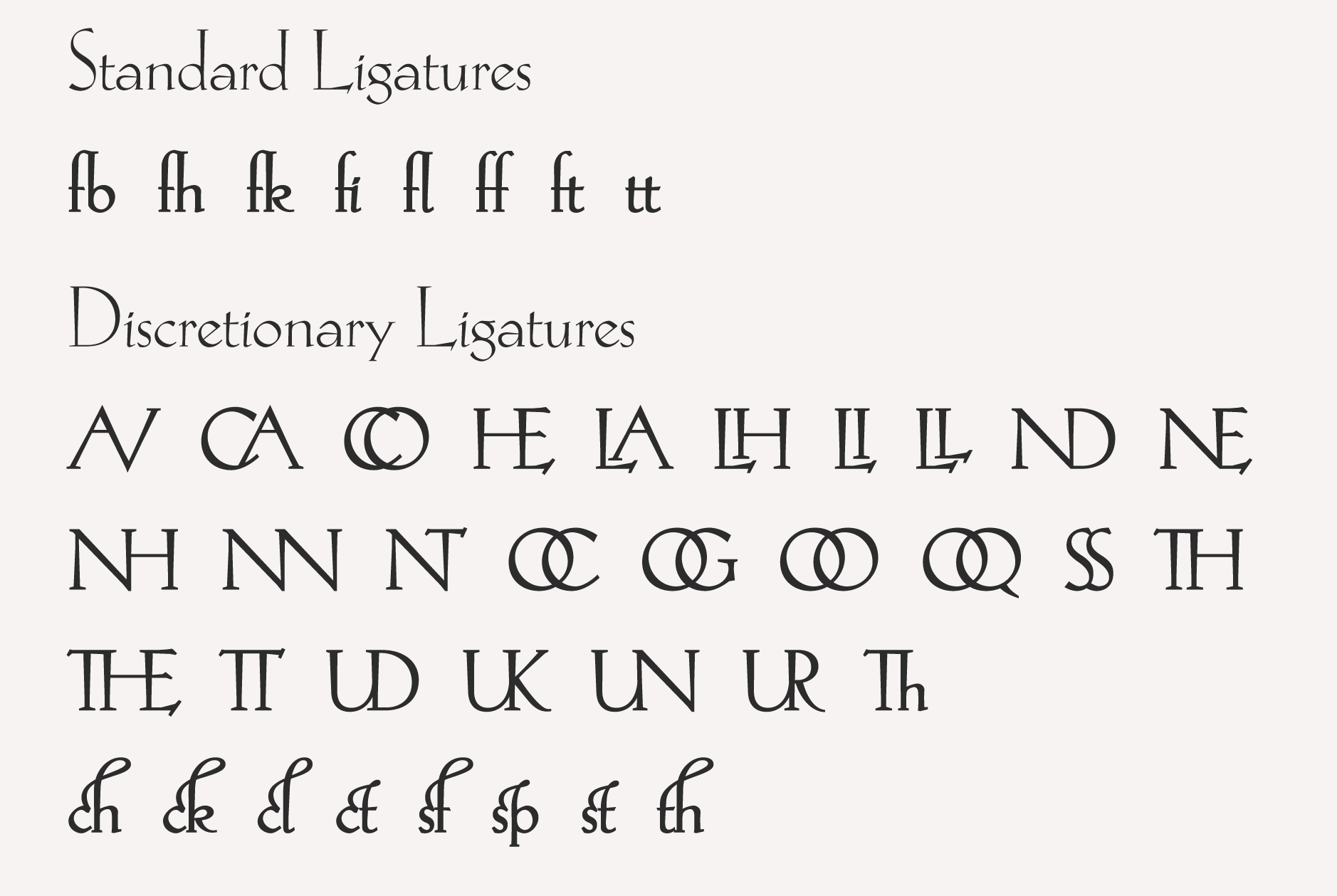
file name: Genilson Lima Santos Hellen 2019 after Rudolf Koch Koch Antiqua 1922
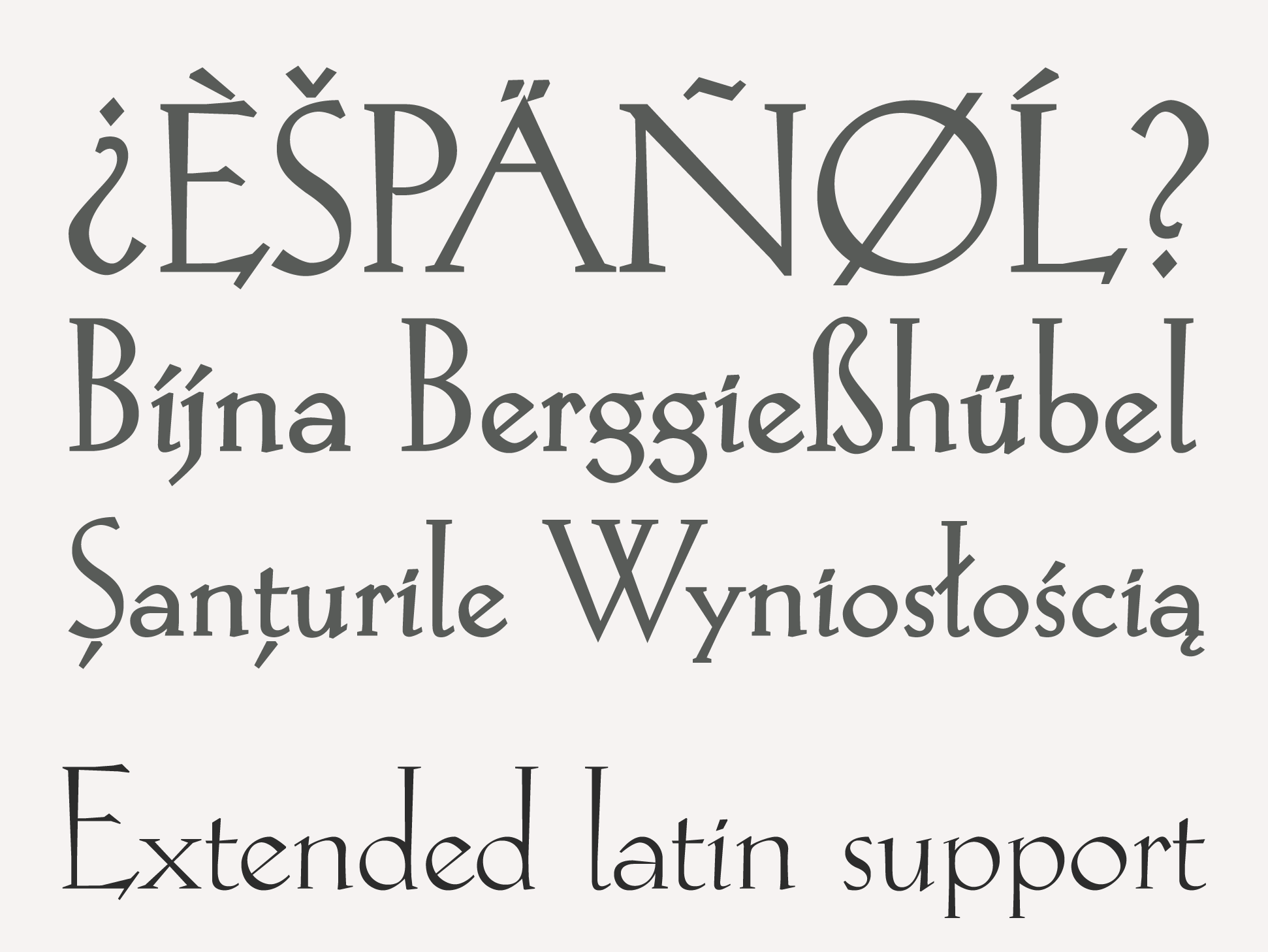
file name: Genilson Lima Santos Hellen 2019 after Rudolf Koch Koch Antiqua 1922
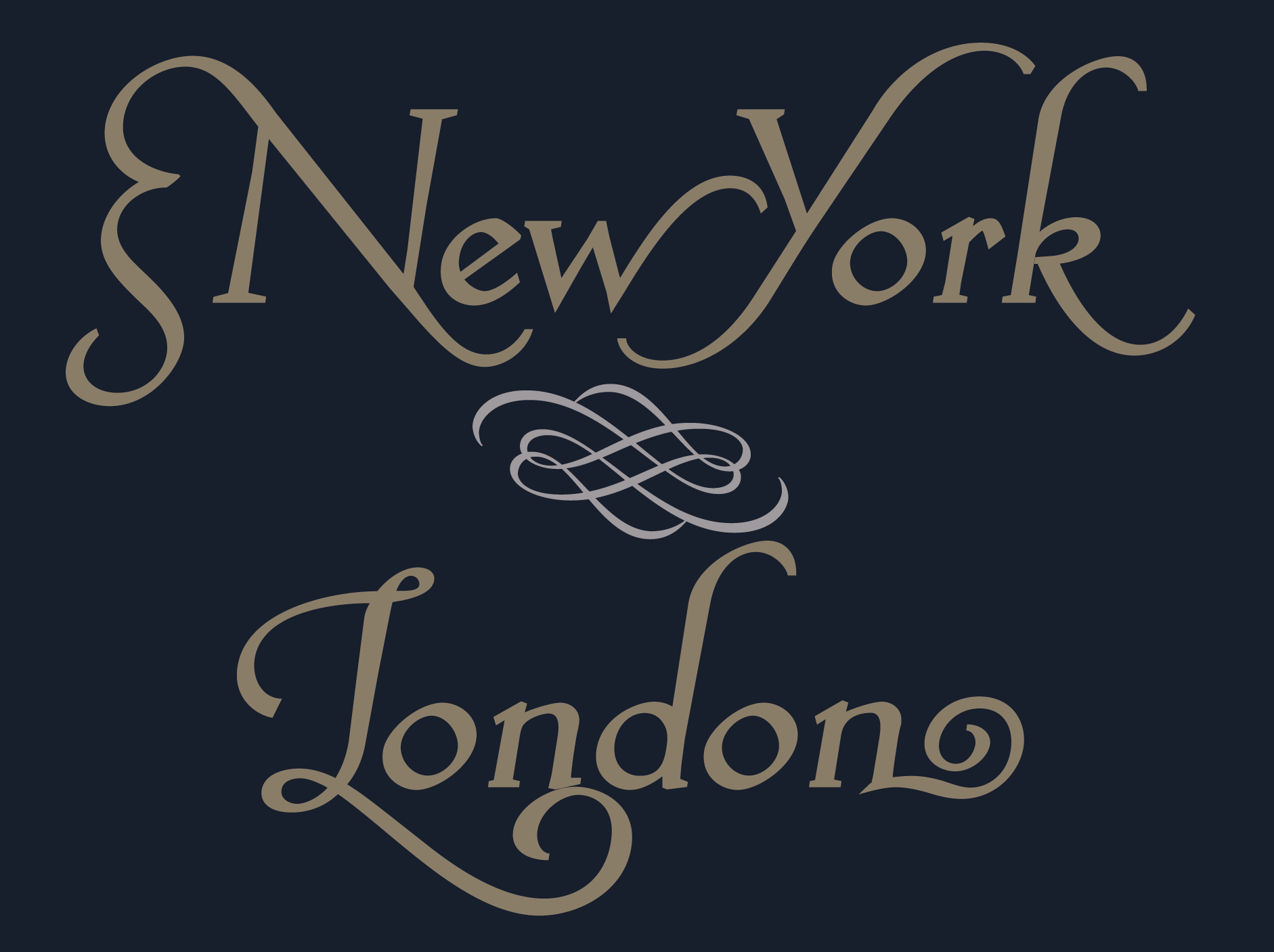
file name: Genilson Lima Santos Hellen 2019 after Rudolf Koch Koch Antiqua 1922
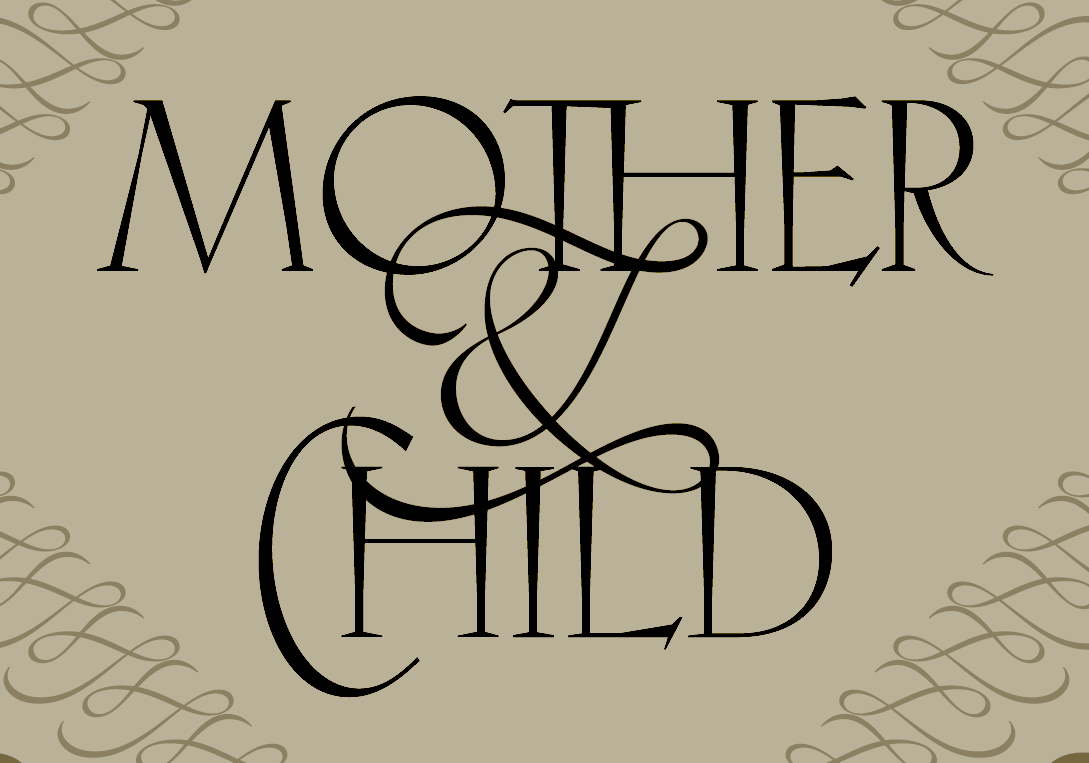
file name: Genilson Lima Santos Hellen 2019 after Rudolf Koch Koch Antiqua 1922
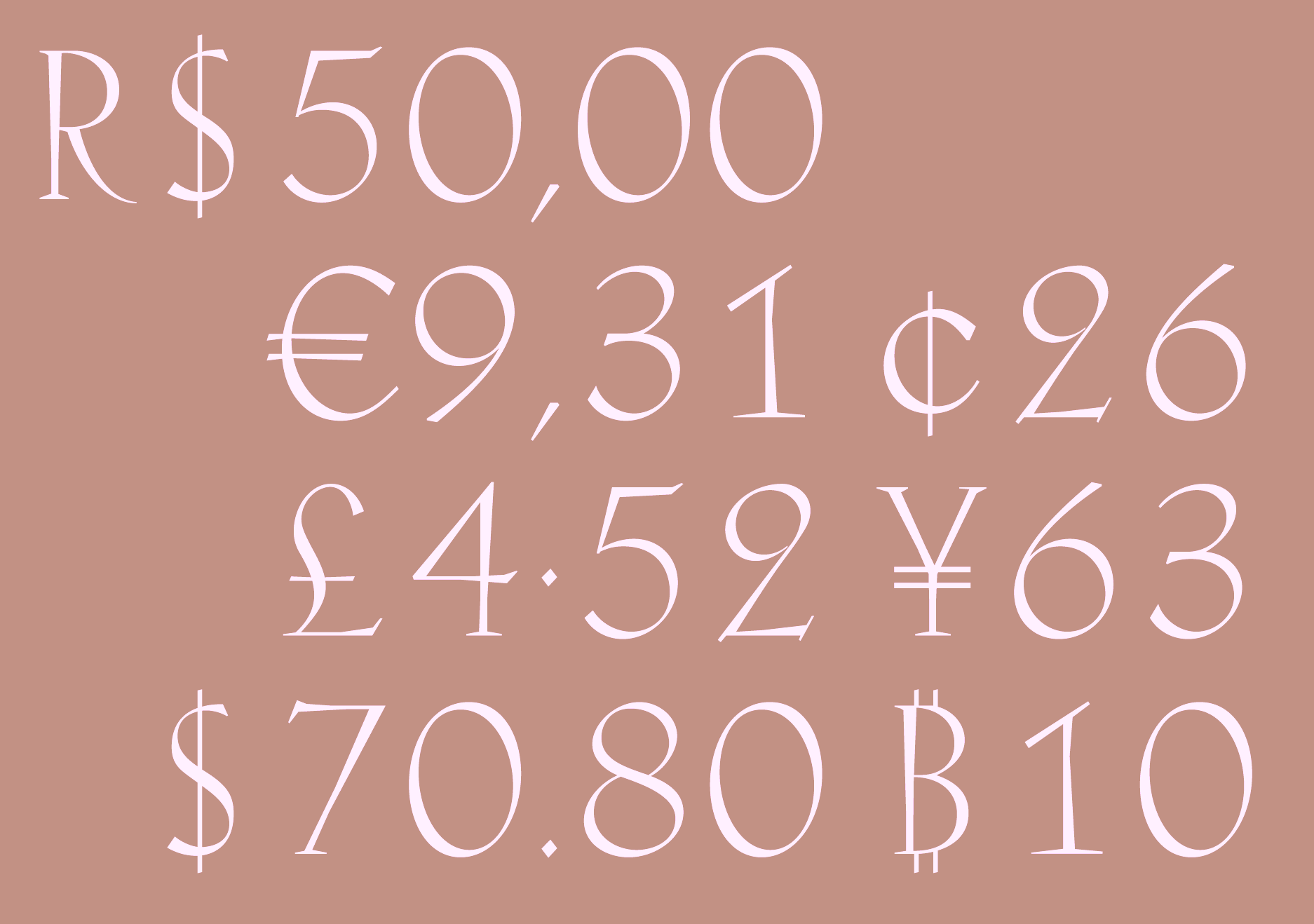
file name: Genilson Lima Santos Hellen 2019 after Rudolf Koch Koch Antiqua 1922
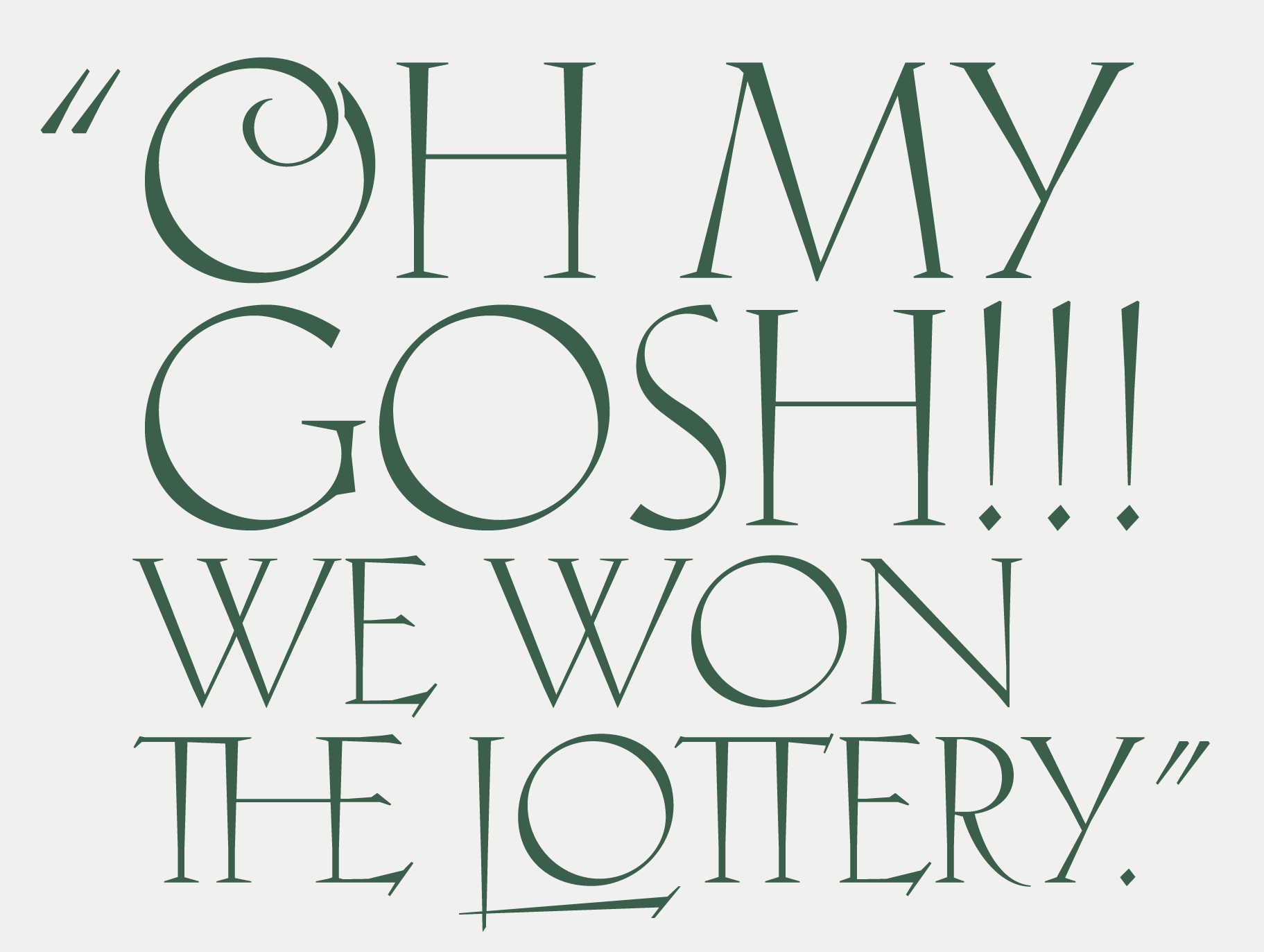
file name: Genilson Lima Santos Hellen 2019 after Rudolf Koch Koch Antiqua 1922
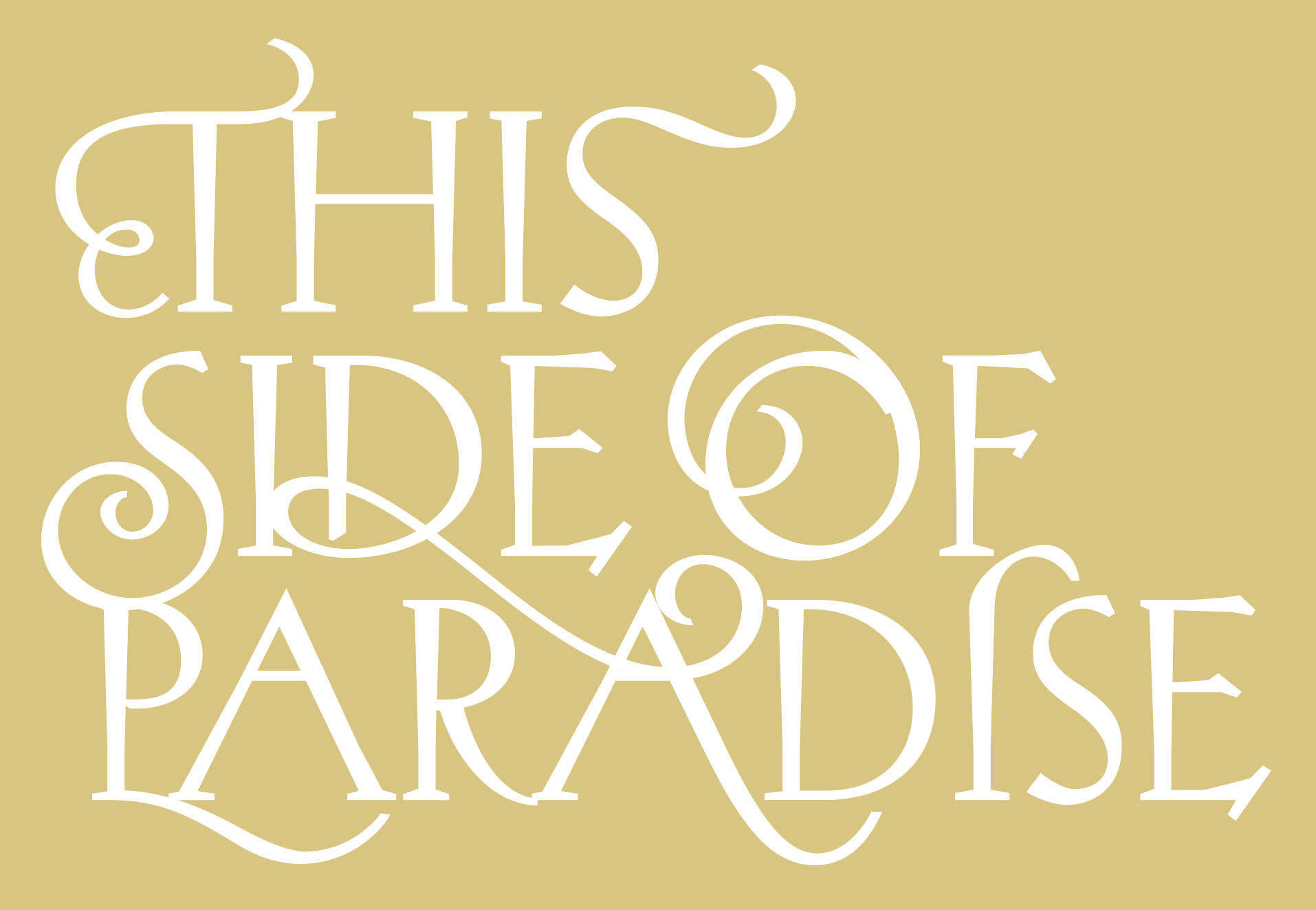
file name: Genilson Lima Santos Hellen 2019 after Rudolf Koch Koch Antiqua 1922
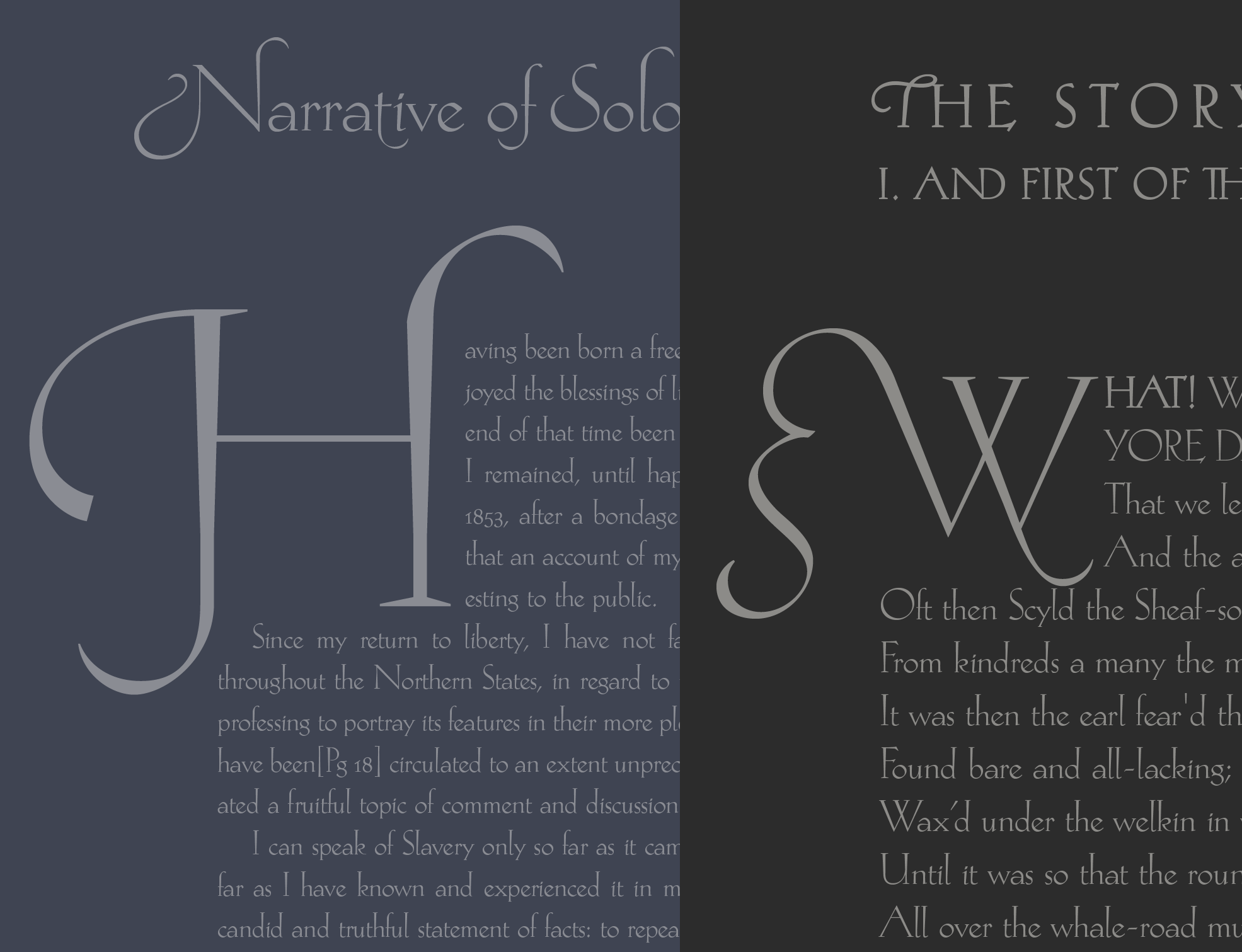
file name: Genilson Lima Santos Hellen 2019 after Rudolf Koch Koch Antiqua 1922
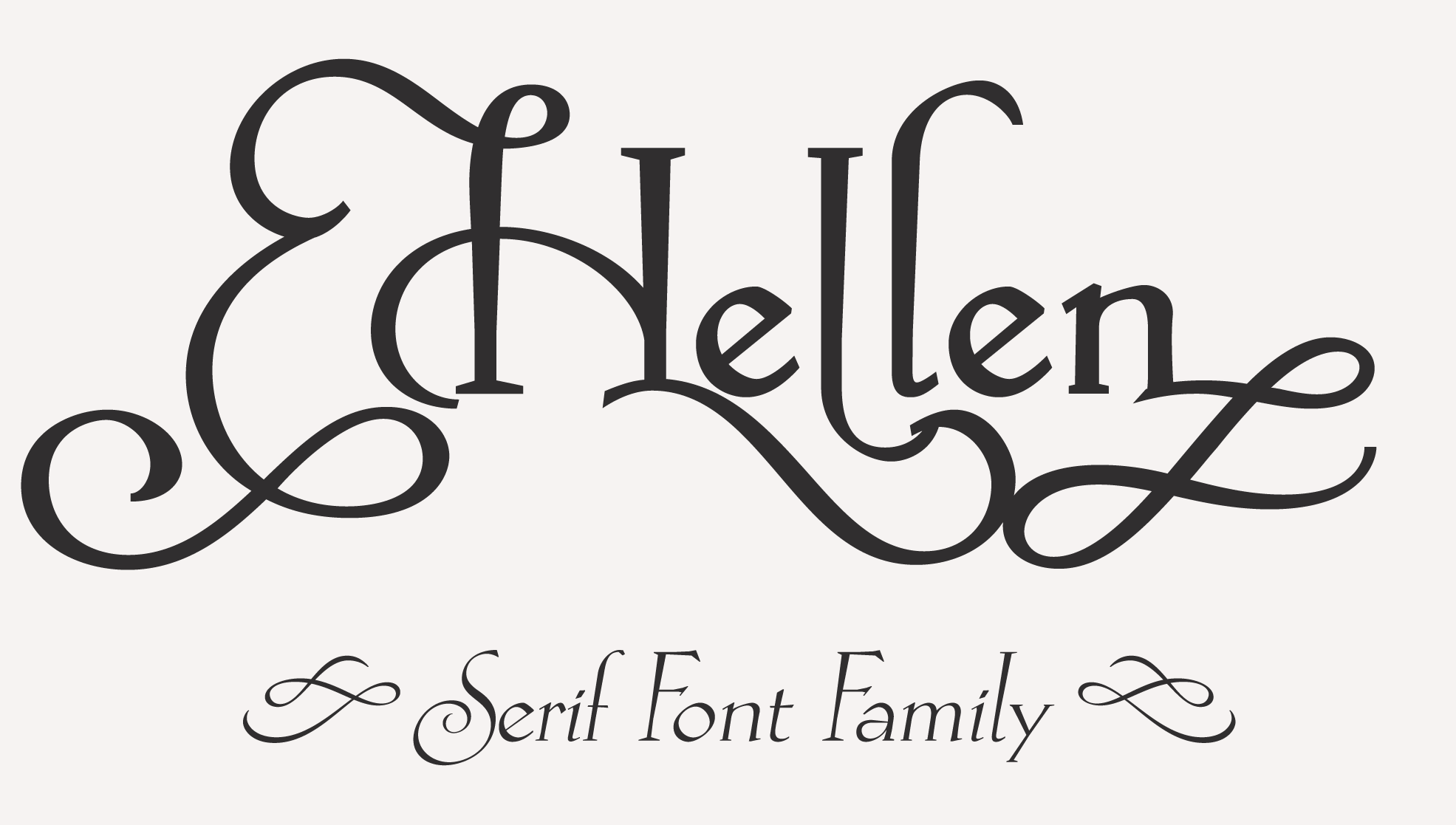
file name: Genilson Lima Santos Hellen 2019 after Rudolf Koch Koch Antiqua 1922

file name: Rudolf Koch Koch Cursive

file name: Rudolf Koch Koch Kurrent 1935
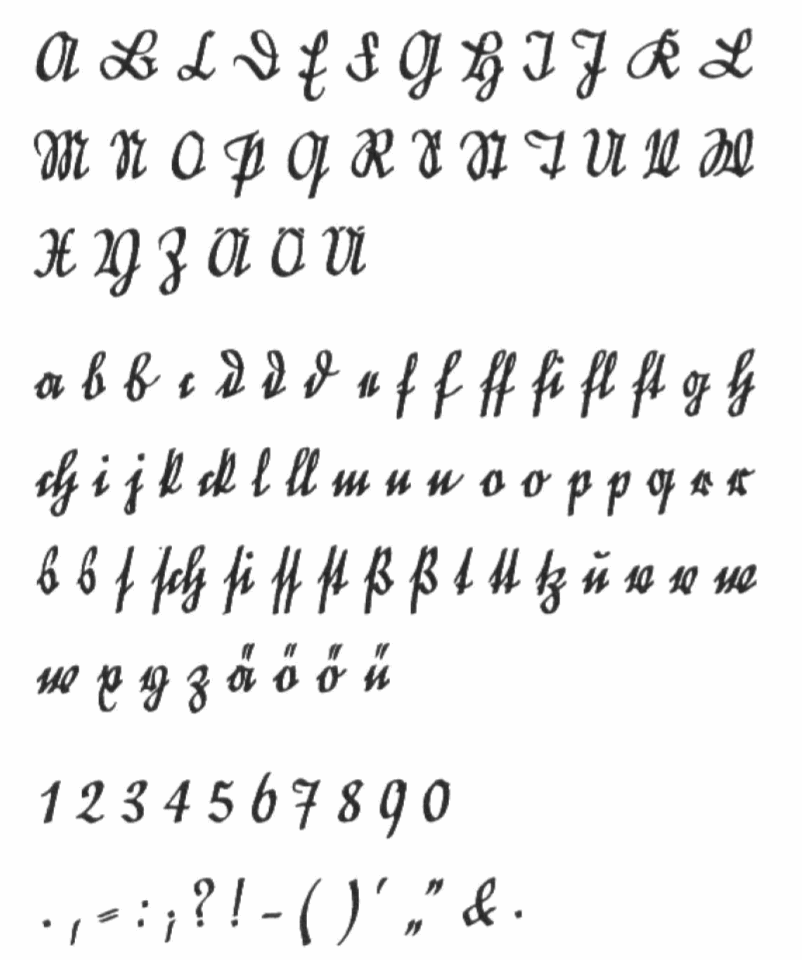
file name: Rudolf Koch Koch Kurrent 1935d
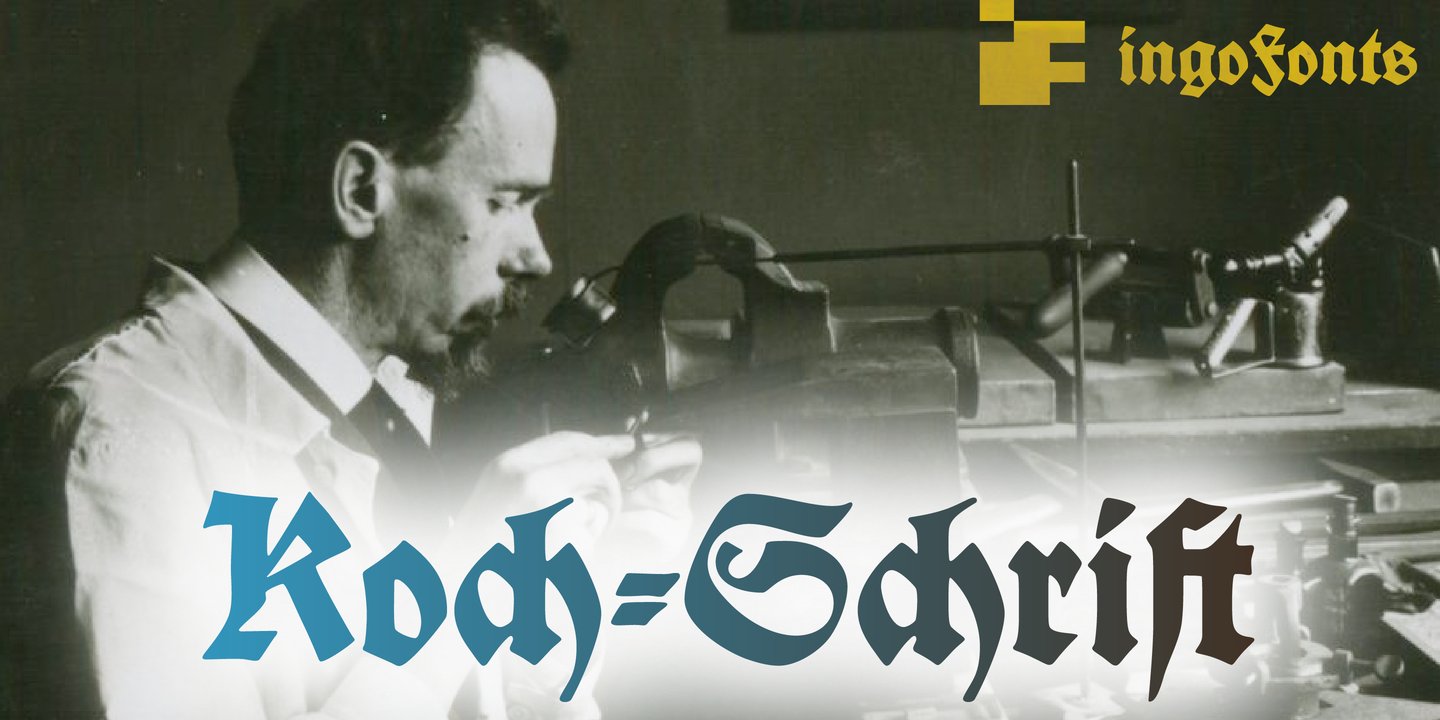
file name: Ingo Koch Schrift 2021 1
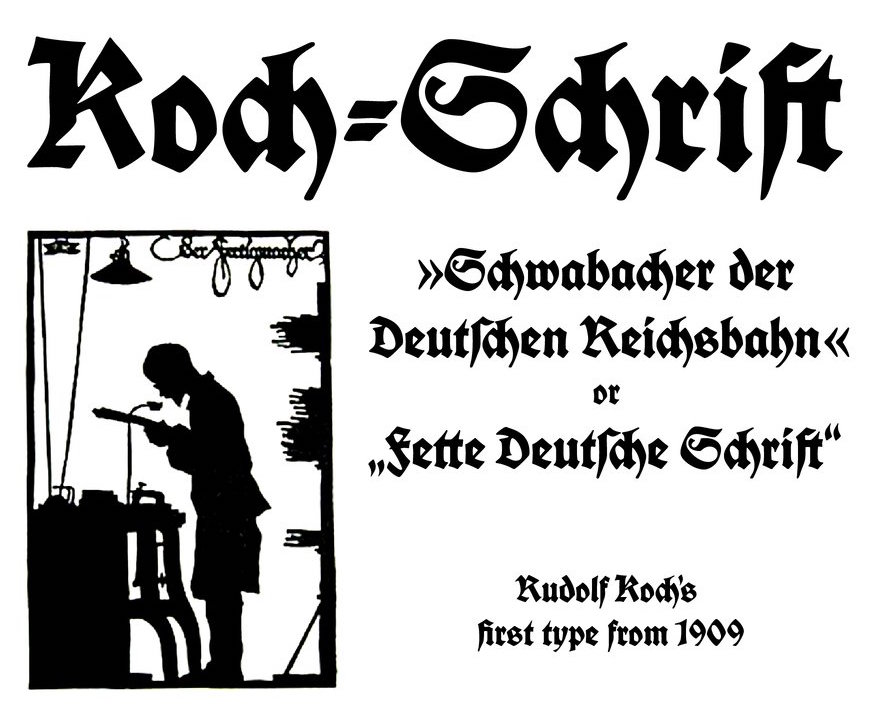
file name: Ingo Koch Schrift 2021 2
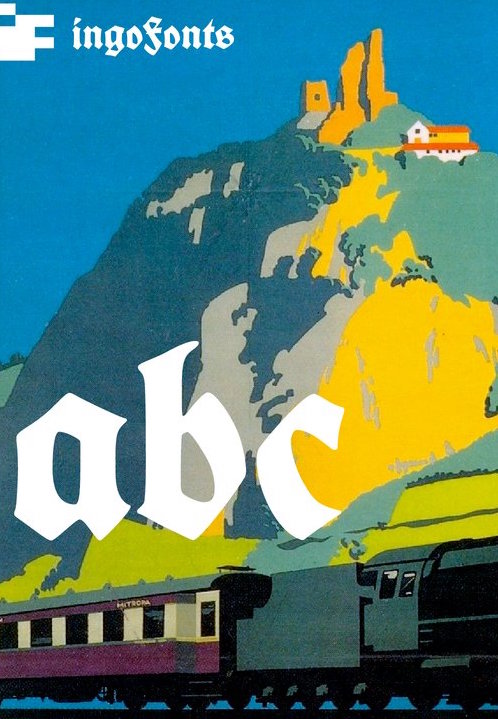
file name: Ingo Koch Schrift 2021 2
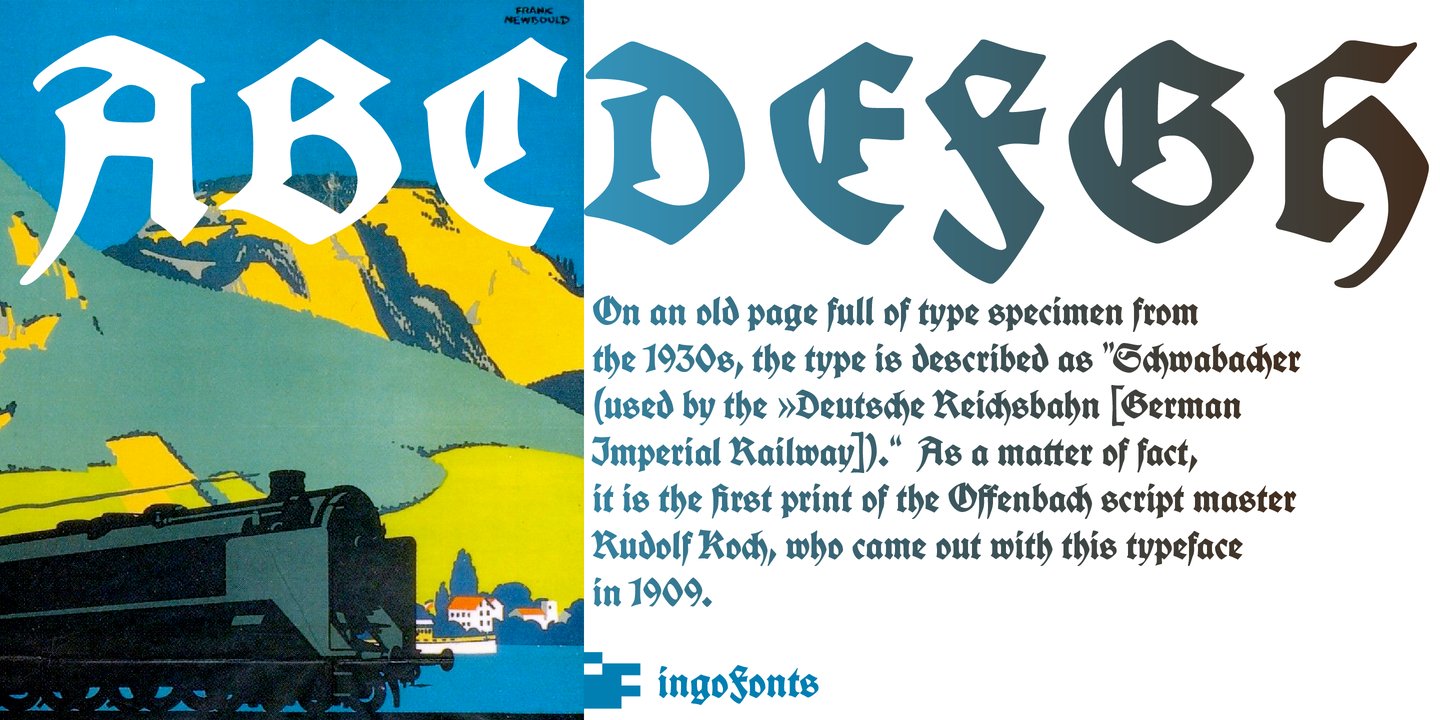
file name: Ingo Koch Schrift 2021 3
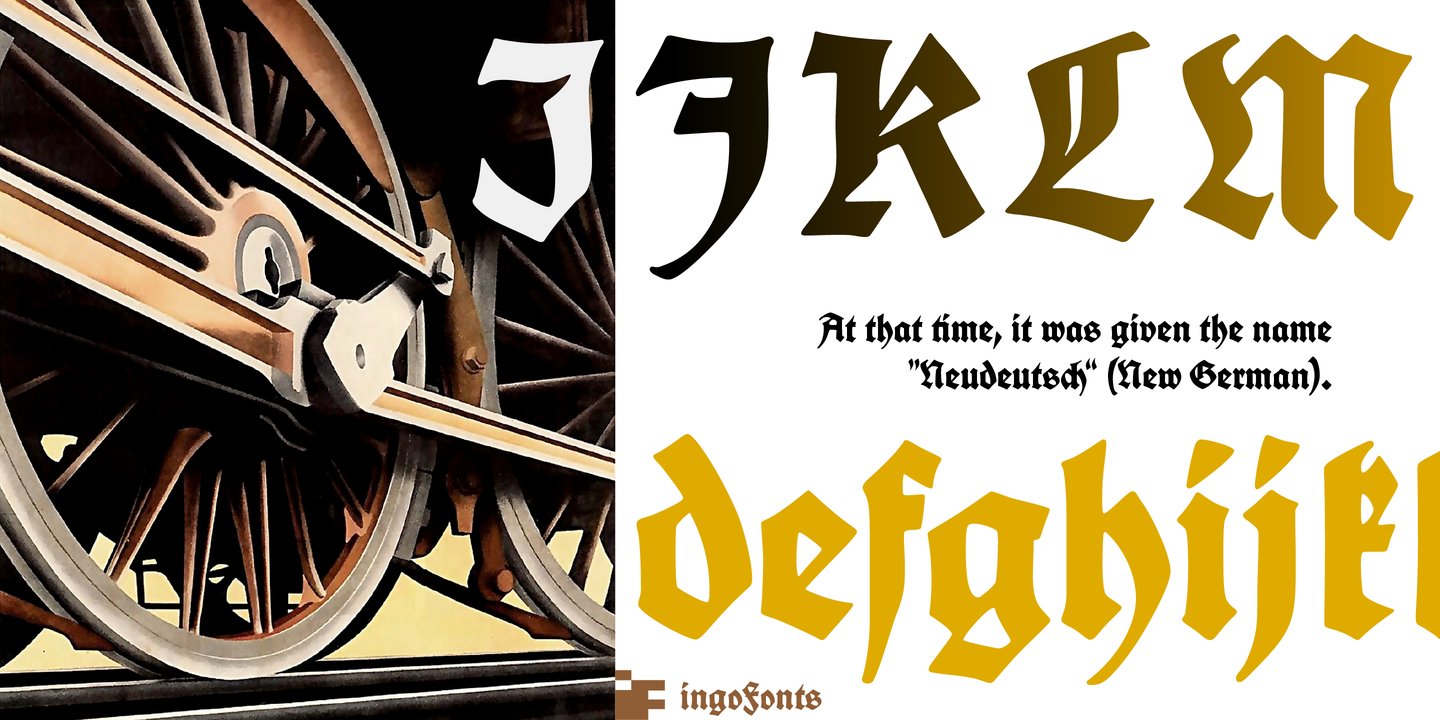
file name: Ingo Koch Schrift 2021 4

file name: Ingo Koch Schrift 2021
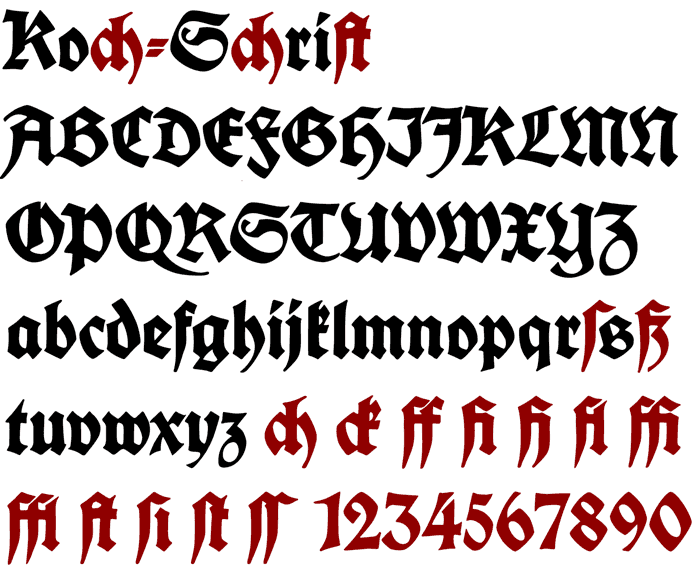
file name: Ingo Zimmermann Koch Schrift 1997 after Rudolf Koch 1909

file name: Ingo Zimmermann Koch Schrift 1997 after Rudolf Koch 1909b

file name: Rudolf Koch Marathon1930 1938

file name: Ute Harder Marathon 2005 after Rudolf Koch 1931

file name: Rudolf Koch Maximilian Antiqua 1913 1914
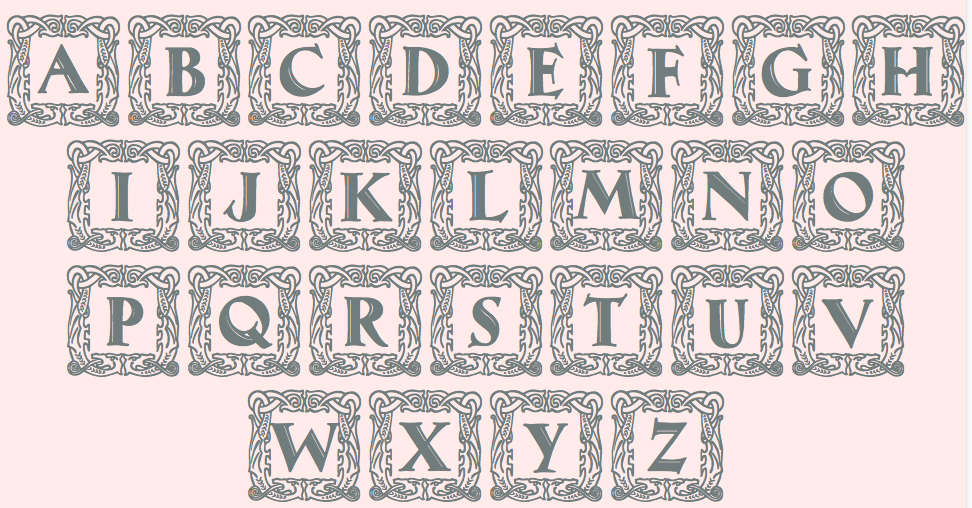
file name: Typograf Maximilian Antiqua Initialen 2015

file name: Typograf Maximilian Antiqua Initialen 2015b

file name: Rudolf Koch Maximilian Gotisch 1913 1924
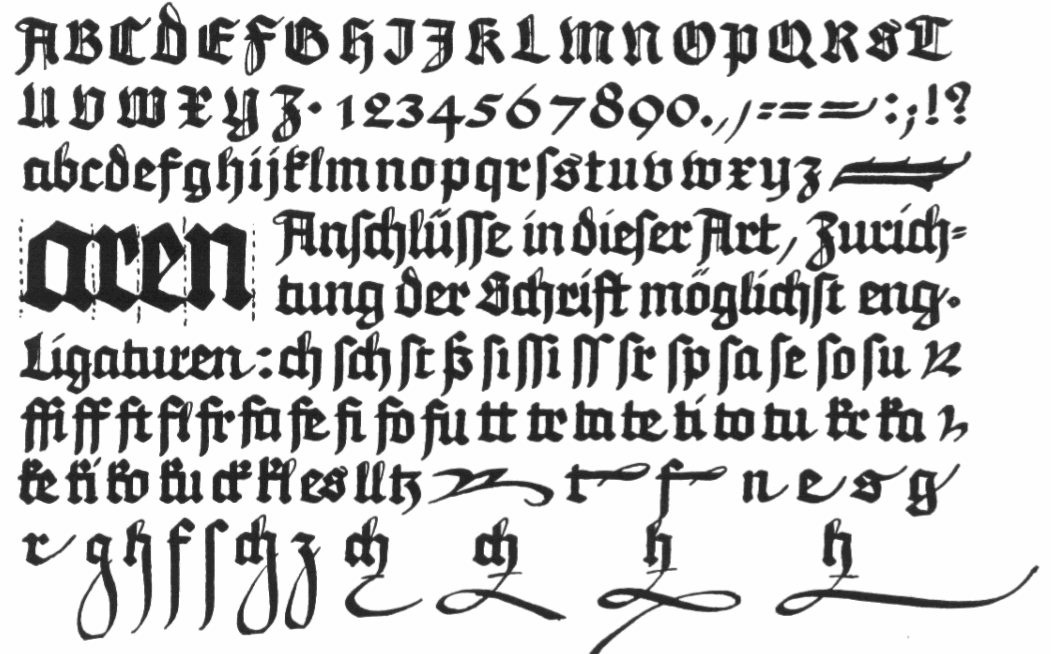
file name: Rudolf Koch Maximilian Gotisch Drawings
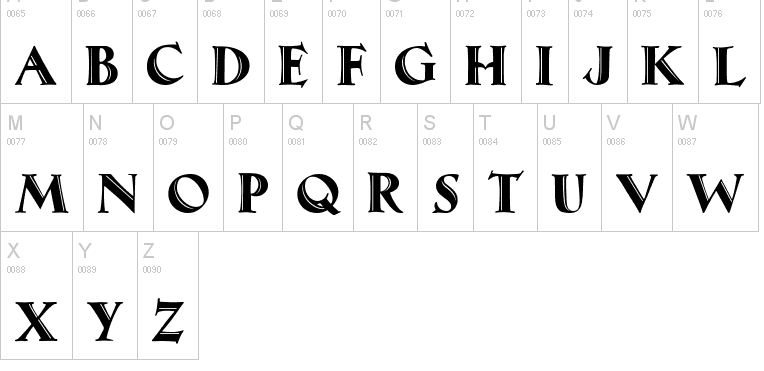
file name: Manfred Klein Maximilian Antiqua

file name: Alter Littera maximilian 2012

file name: Stephen Miggas Gothicus 2006 after Rudolf Koch Maximilian

file name: Gerhard Helzel 1995 after Rudolf Koch Maximilian 1914
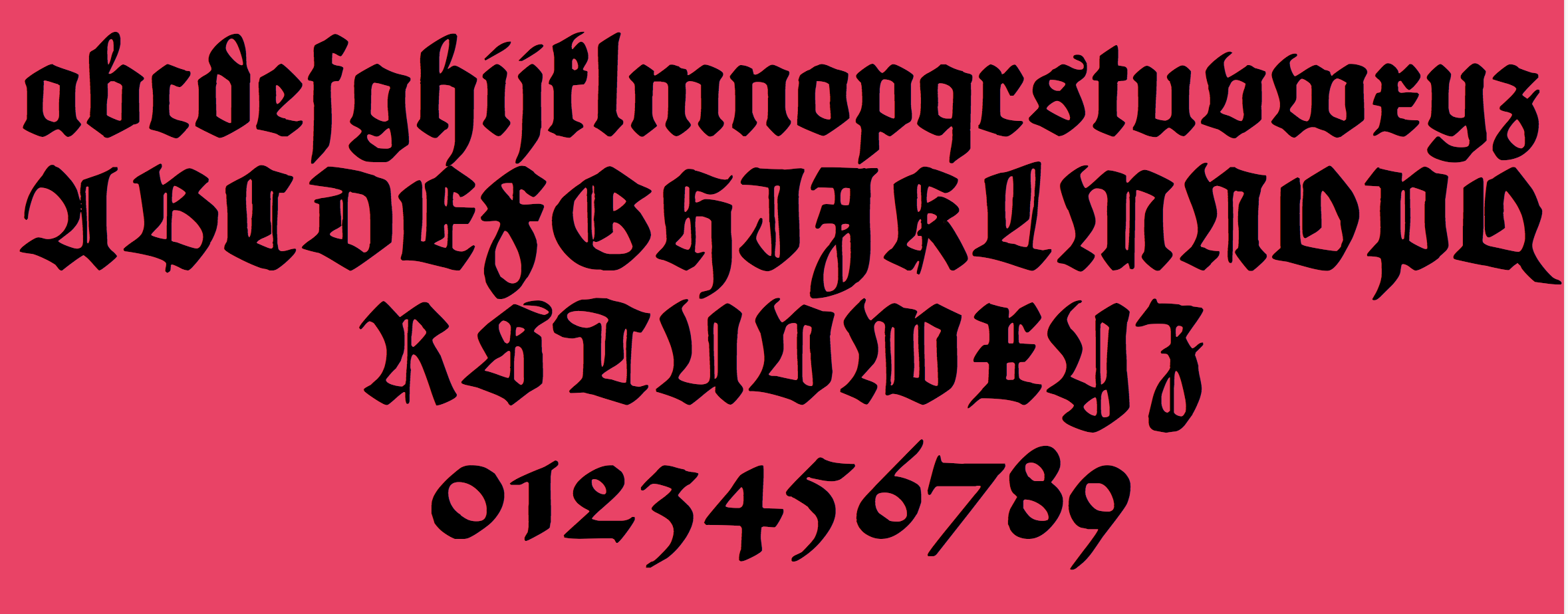
file name: Dieter Steffmann Maximilian 2002 after Rudolf Koch 1914

file name: Dieter Steffmann Maximilian Zier 2002 after Rudolf Koch 1914
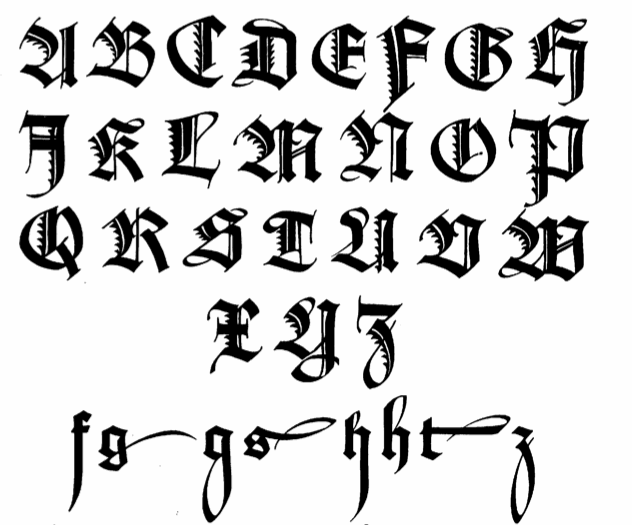
file name: Rudolf Koch Maximilian Schwungbuchstaben Klingspor 1914
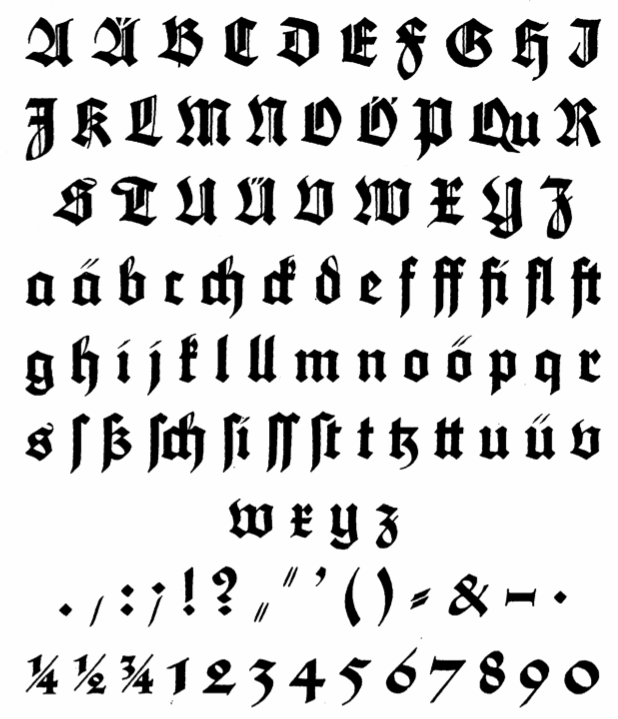
file name: Rudolf Koch Maximilian klingspor 1914
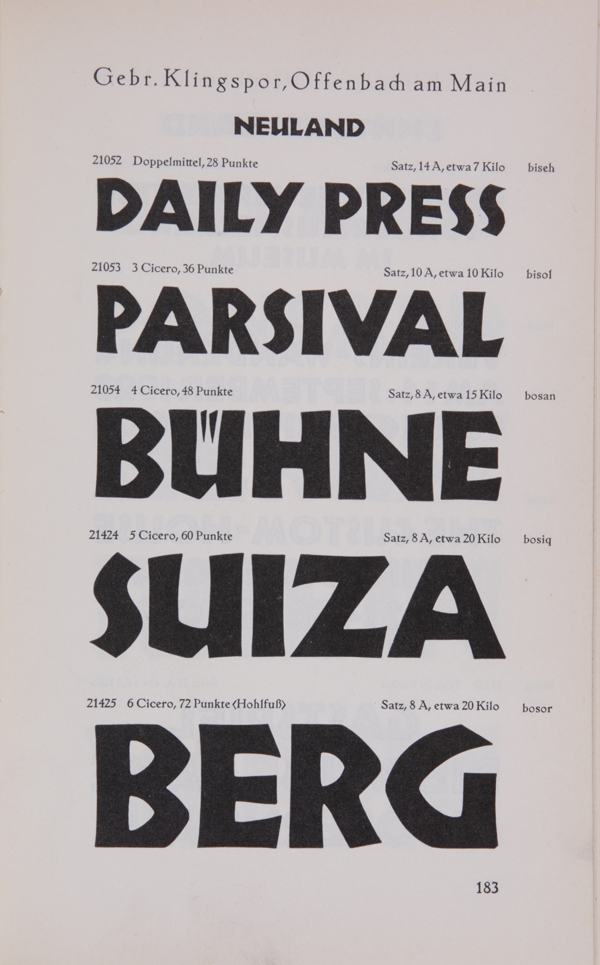
file name: Rudolf Koch Neuland 1932

file name: Rudolf Koch Neuland1922 1923

file name: Rudolf Koch Neuland 1923

file name: Rudolf Koch Neuland Klingspor 1923
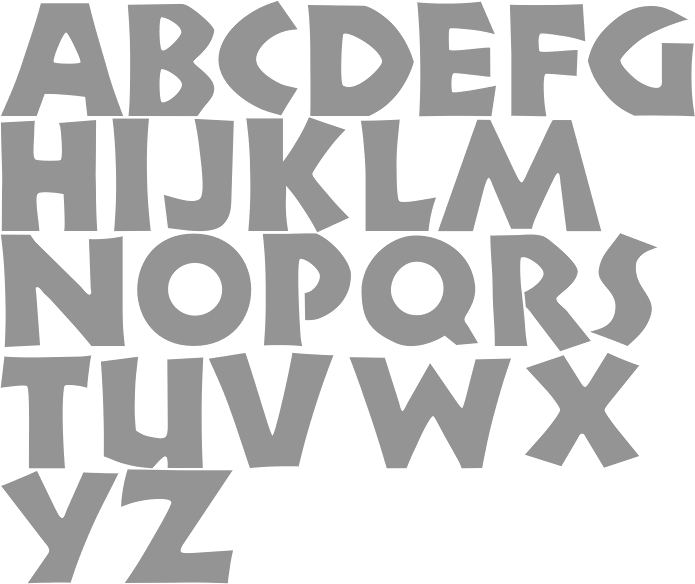
file name: Ian Lynam Neuerland 2010
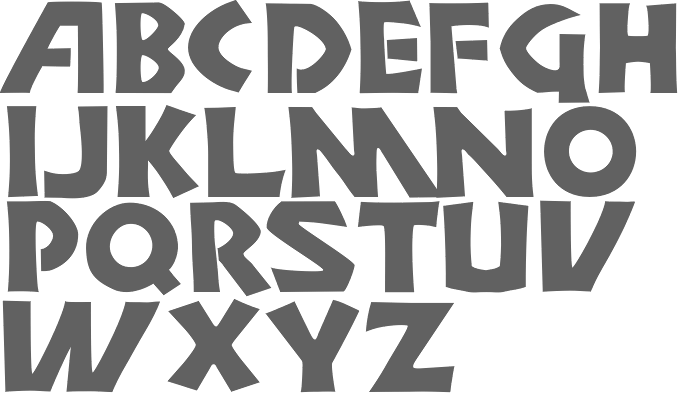
file name: Ian Lynam Neuerland 2010b

file name: Ian Lynam Neuerland 2010bb
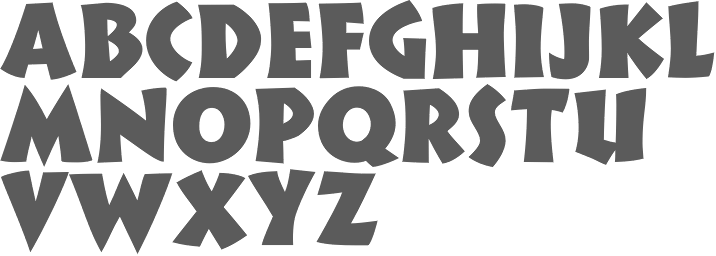
file name: Lazar Dimitrijevic Cal Neuland Bold 2013
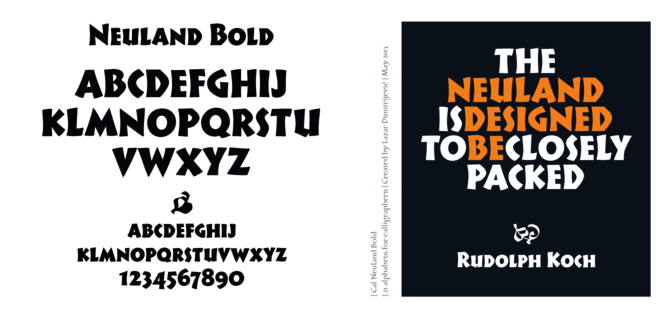
file name: Lazar Dimitrijevic Cal Neuland Bold 2013b
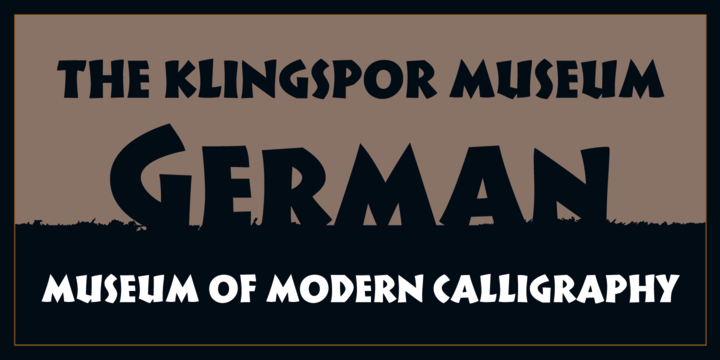
file name: Lazar Dimitrijevic Cal Neuland Bold 2013c
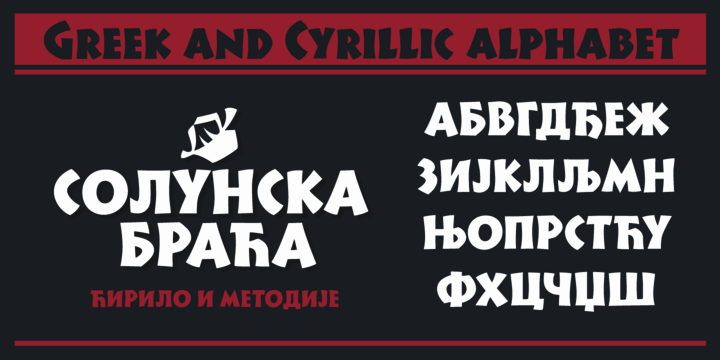
file name: Lazar Dimitrijevic Cal Neuland Bold 2013d

file name: Rudolf Koch Peter Jessen Schrift1924 1929

file name: Rudolf Koch Peter Jessenschrift 1930
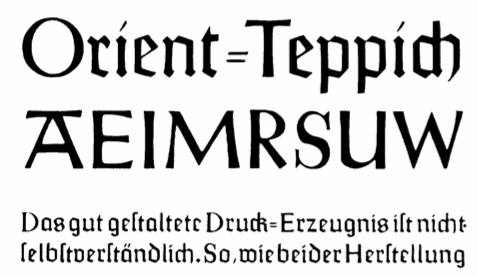
file name: Jessen Schrift

file name: Alexis Faudot Rafael Ribas Jessen Cicero12 2019

file name: Alexis Faudot Rafael Ribas Jessen Cicero12 2019
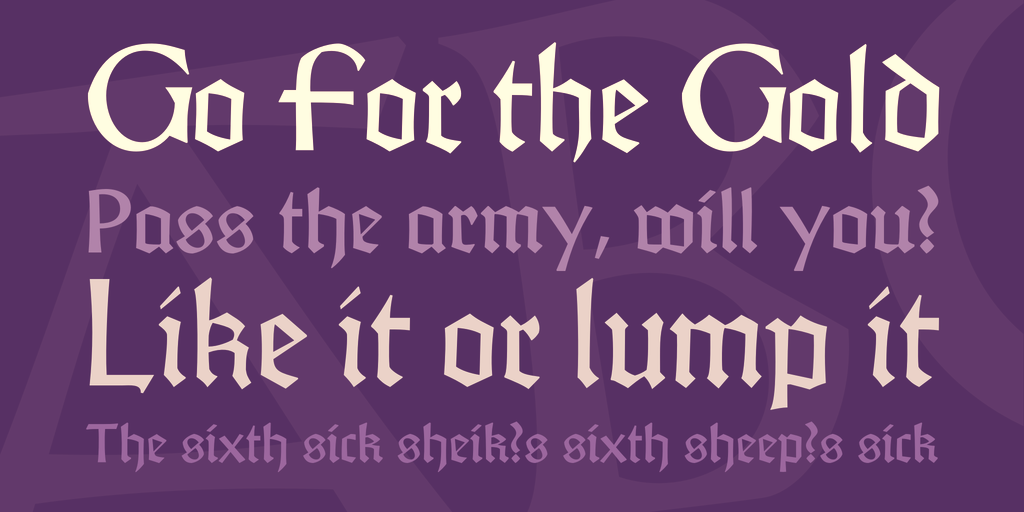
file name: Alexis Faudot Rafael Ribas Jessen Cicero12 2019
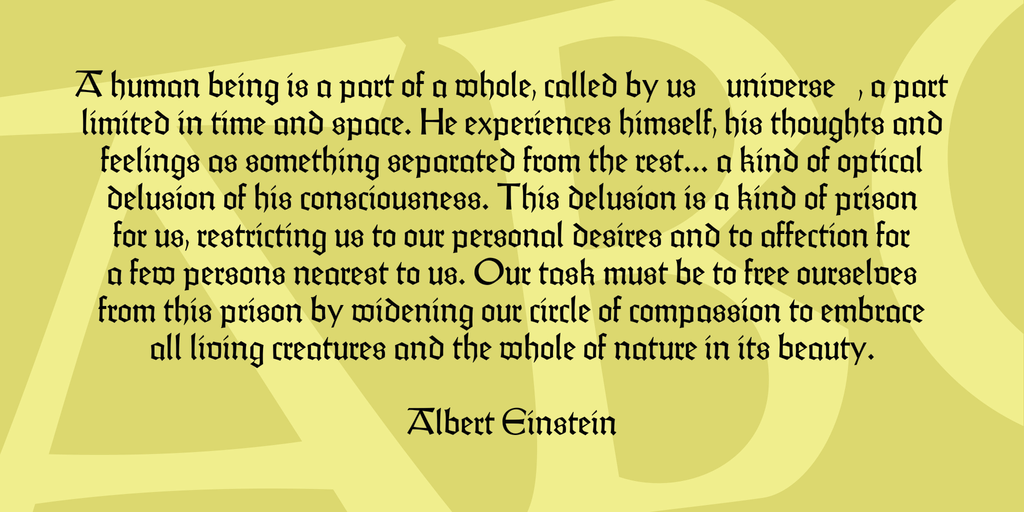
file name: Alexis Faudot Rafael Ribas Jessen Cicero12 2019
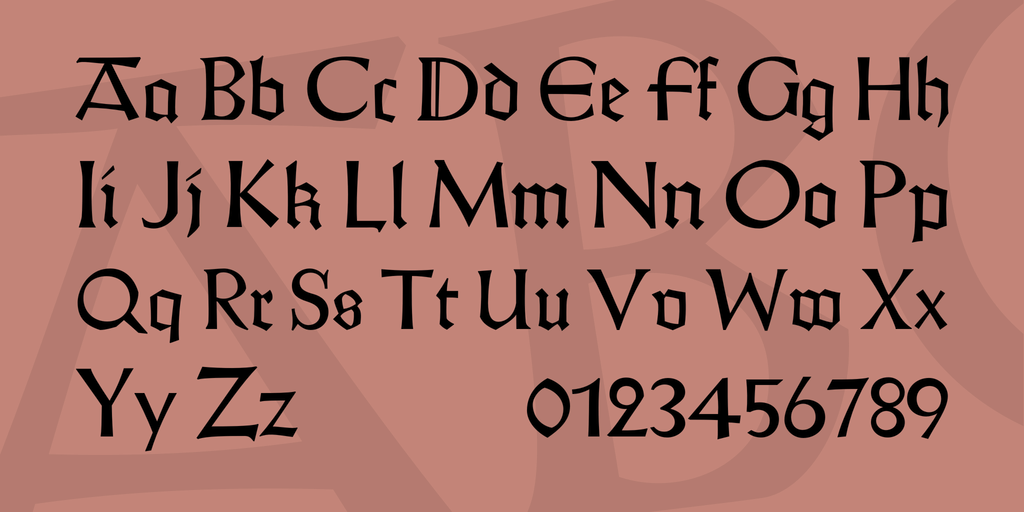
file name: Alexis Faudot Rafael Ribas Jessen Cicero12 2019
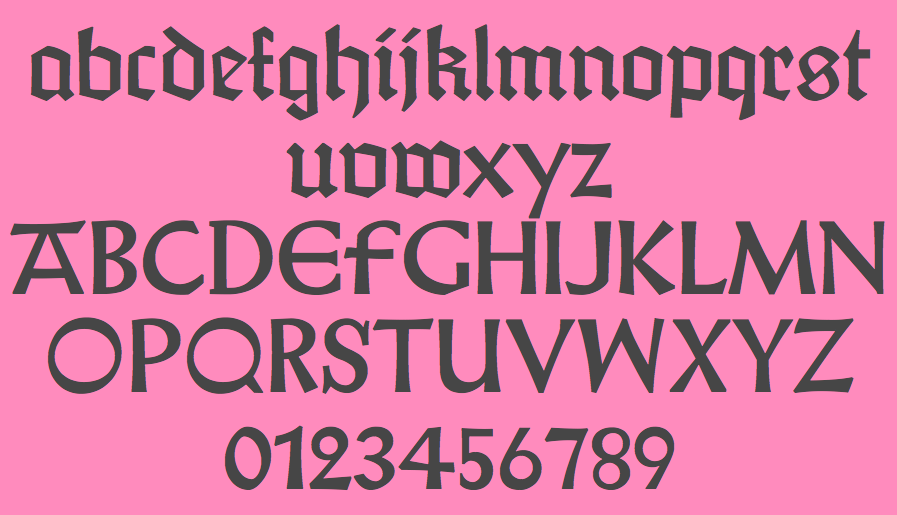
file name: Alexis Faudot Rafael Ribas Jessen Cicero12 2019
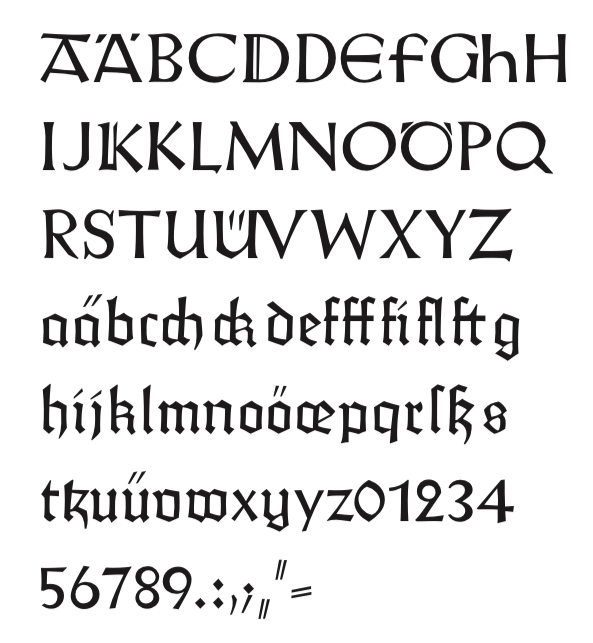
file name: Alexis Faudot Rafael Ribas Jessen Mittel14 2019
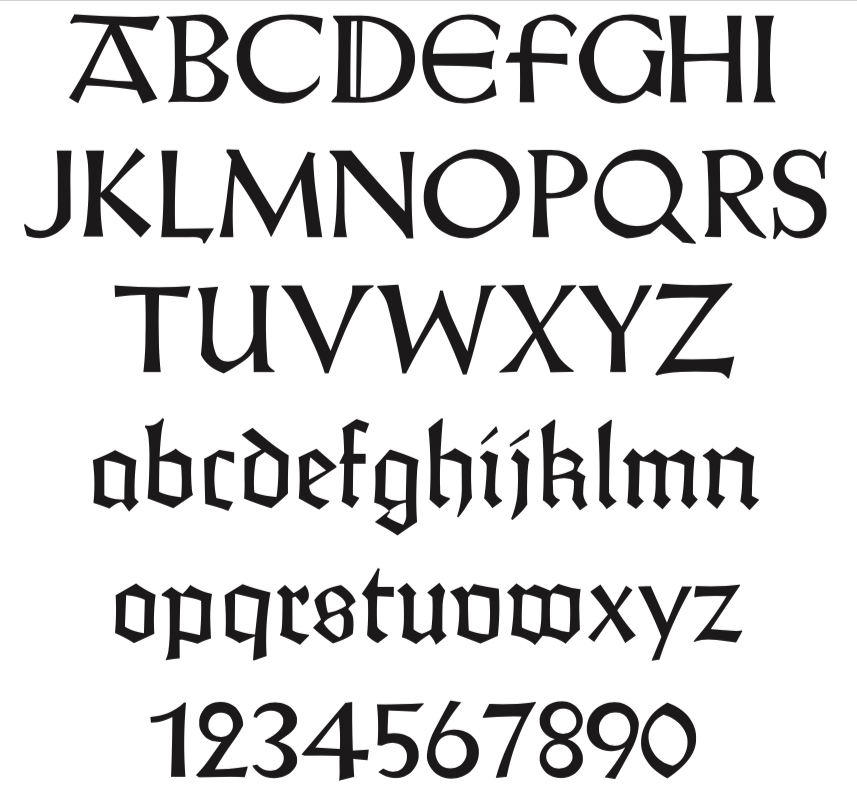
file name: Alexis Faudot Rafael Ribas Jessen Mittel14 2019
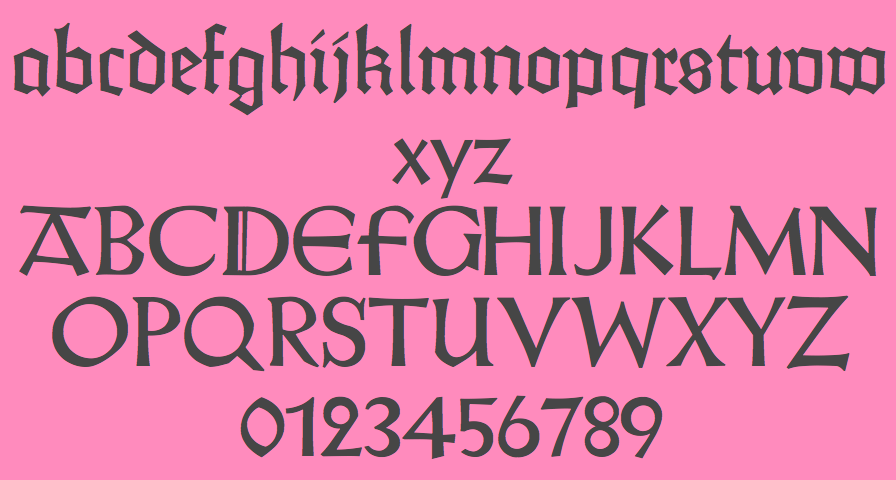
file name: Alexis Faudot Rafael Ribas Jessen Mittel14 2019

file name: Soft Maker Peter Jessen Schrift Pro 2016 after Rudolf Koch Peter Jessenschrift 1930 200231
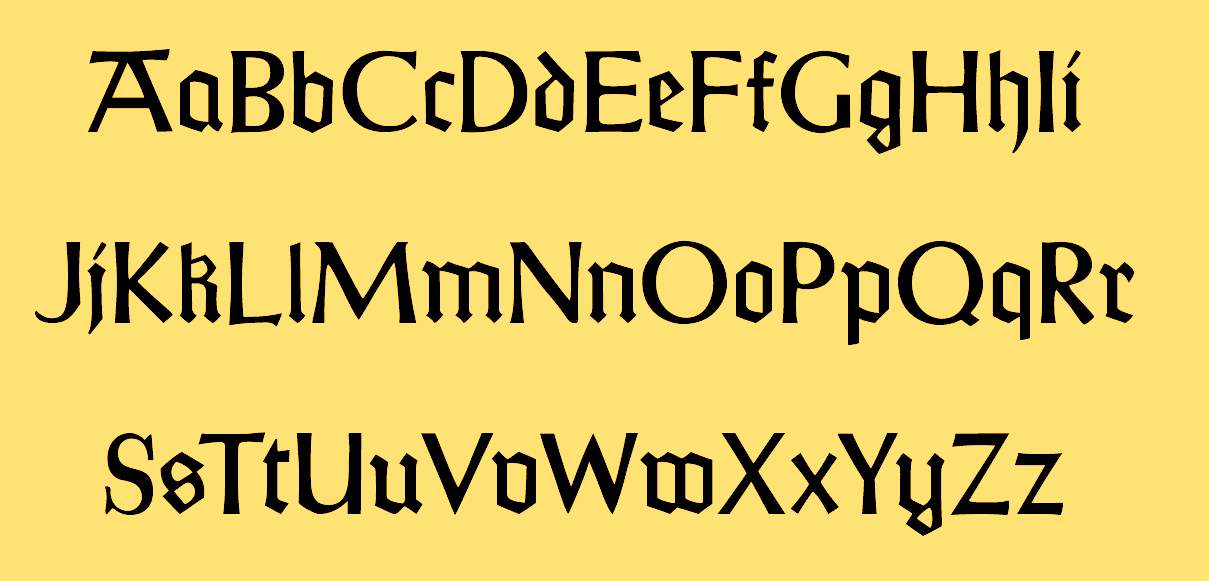
file name: Soft Maker Peter Jessen Schrift Pro 2016 after Rudolf Koch Peter Jessenschrift 1930 200233

file name: Soft Maker Peter Jessen Schrift Pro 2016 after Rudolf Koch Peter Jessenschrift 1930 200235

file name: Soft Maker Peter Jessen Schrift Pro 2016 after Rudolf Koch Peter Jessenschrift 1930
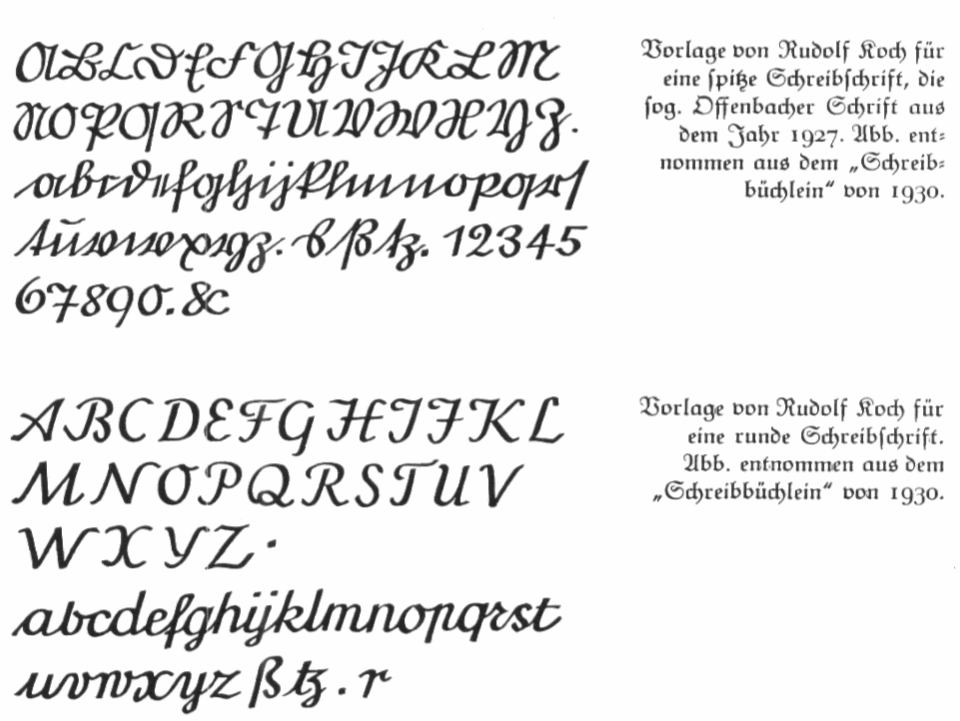
file name: Rudolf Koch Schreibschrift Examples1930
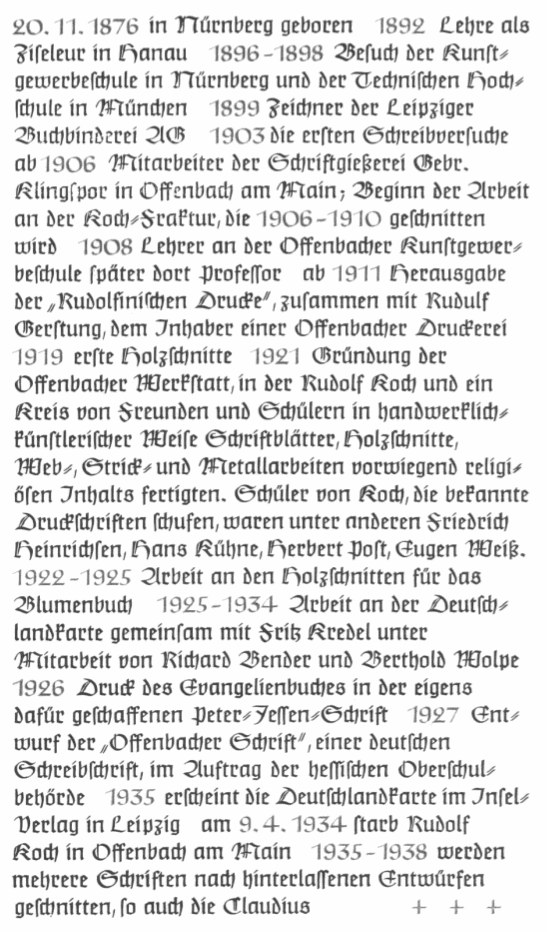
file name: Rudolf Koch Biography By Wolfgang Hindlmeier 1984
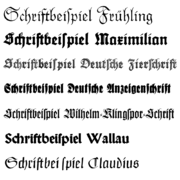
file name: Rudolf Koch Blackletter

file name: Christian Richter Rudolf Koch 2003 after Rudolf Koch Koch Fraktur

file name: Christian Richter Rudolf Koch 2003 after Rudolf Koch Koch Fraktur

file name: Christian Richter Rudolf Koch 2003 after Rudolf Koch Koch Fraktur
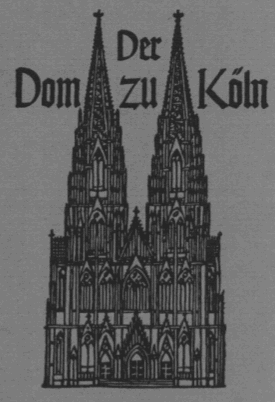
file name: Rudolf Koch Dom Koeln
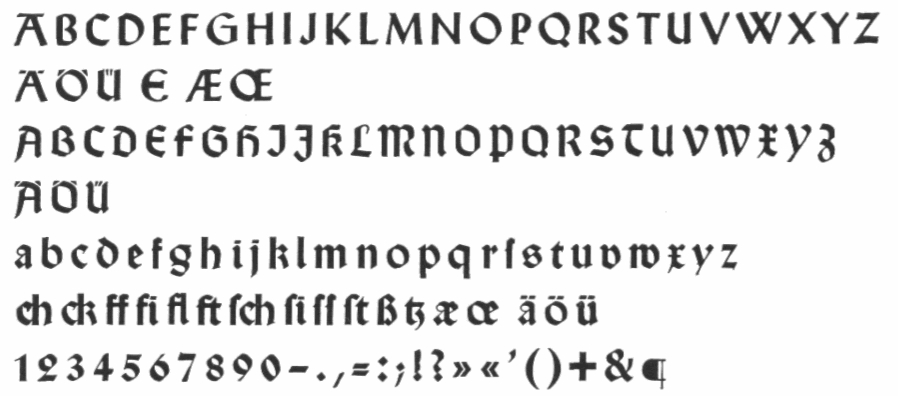
file name: Rudolf Koch Halbfette Wallau Uncial Capitals1925 1930 German Capitals1933 1936
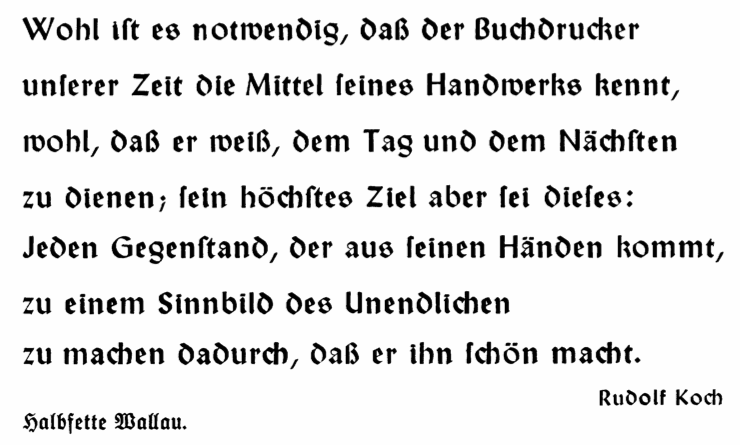
file name: Halbfette Wallau 2
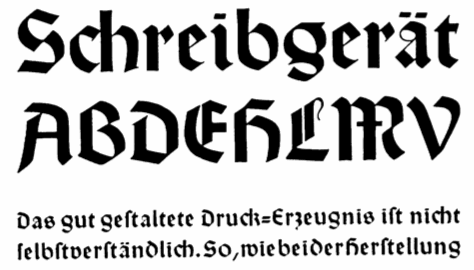
file name: Halbfette Wallau
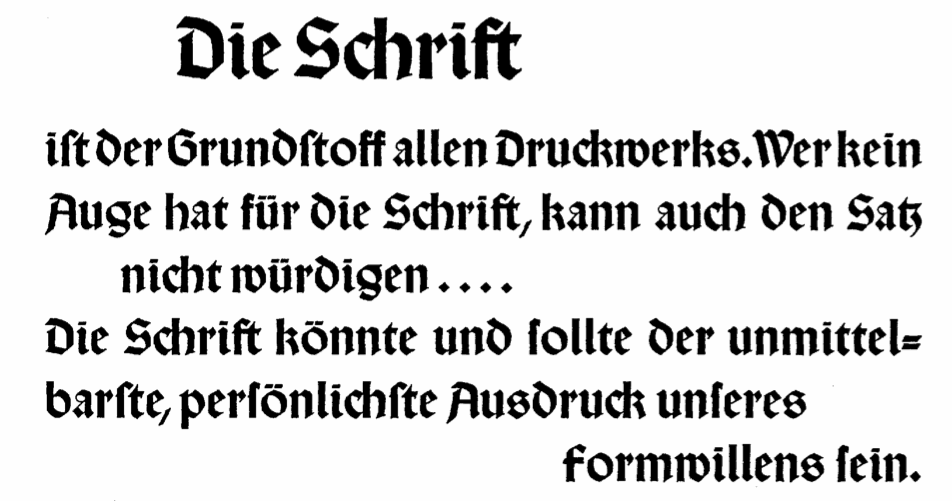
file name: Halbfette Wallau2

file name: Alter Littera Wallau 2012
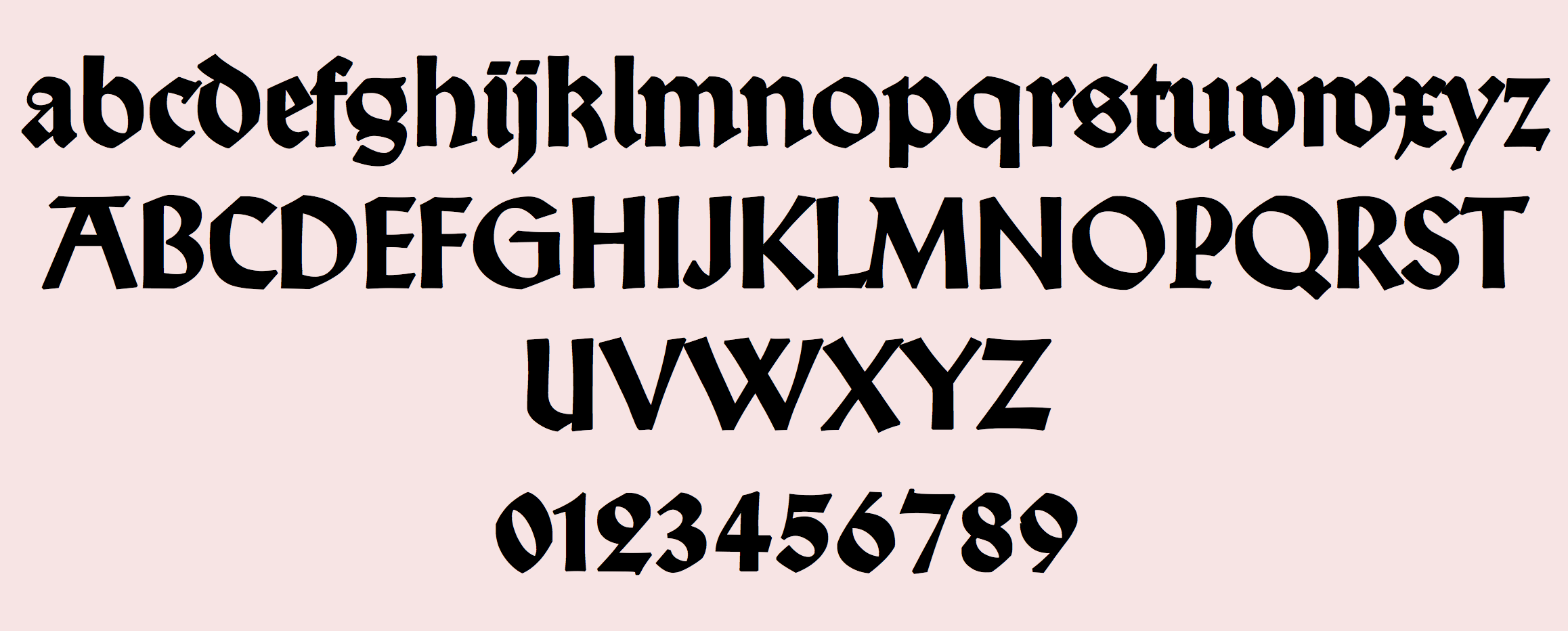
file name: Dieter Steffmann Wallau Rundgotisch Heavy 2002 after Rudolf Koch 1924 1936
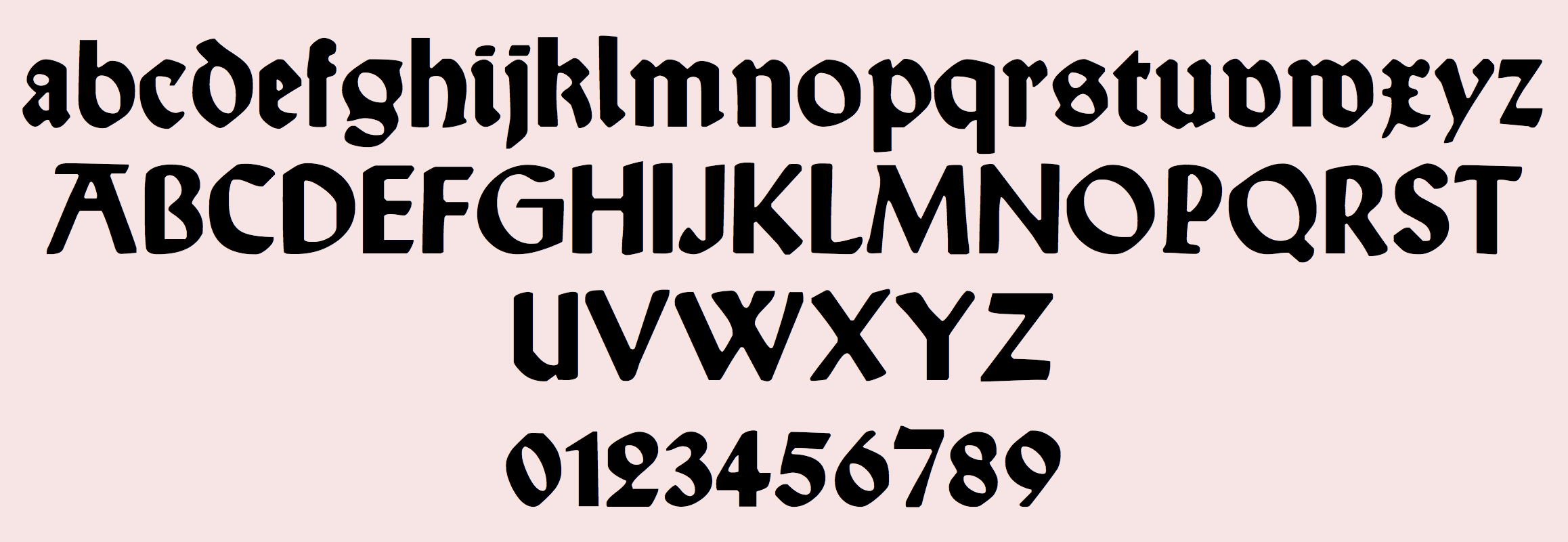
file name: Dieter Steffmann Wallau Unzial Bold 2002 after Rudolf Koch 1925 1930

file name: Dieter Steffmann Wallau Zier Bold 2002 after Rudolf Koch 1925 1930
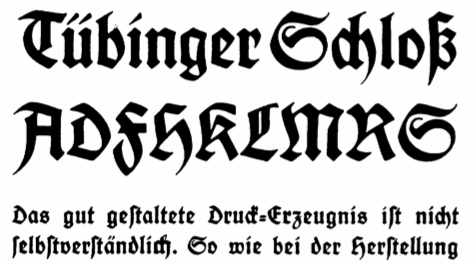
file name: Rudolf Koch Halbfette Koch Fraktur

file name: Rudolf Koch Eine Deutsche Schrift 1908 1910 became Koch Fraktur
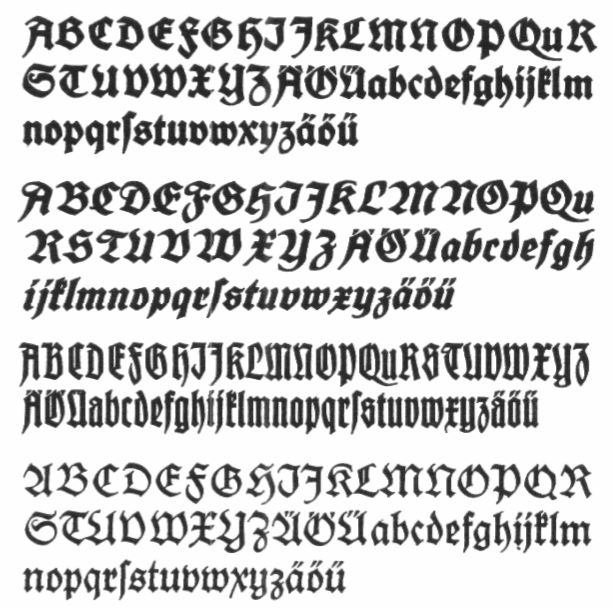
file name: Rudolf Koch Koch Fraktur 1910 1913

file name: Rudolf Koch Koch Fraktur Fett 1912 Delbanco2001
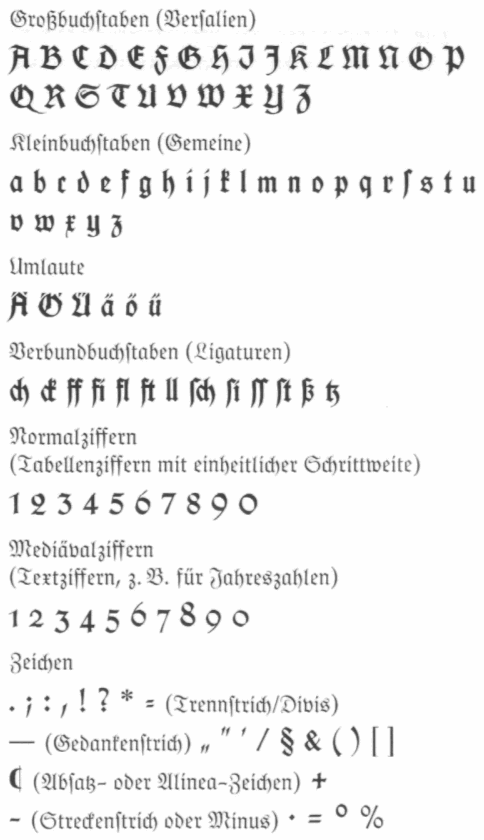
file name: Rudolf Koch Koch Fraktur 1910 1912
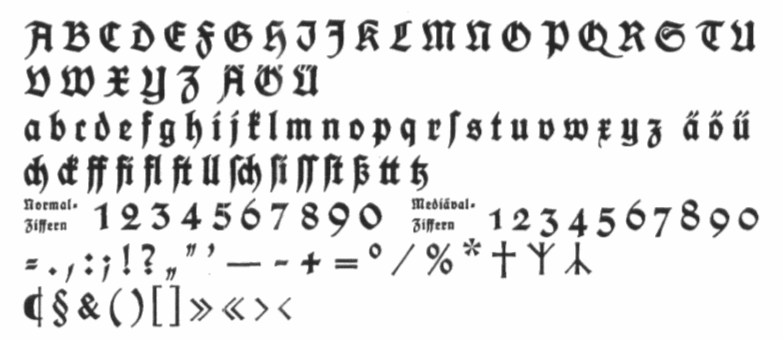
file name: Rudolf Koch Halbfette Deutsche Schrift Koch Fraktur Photosatz
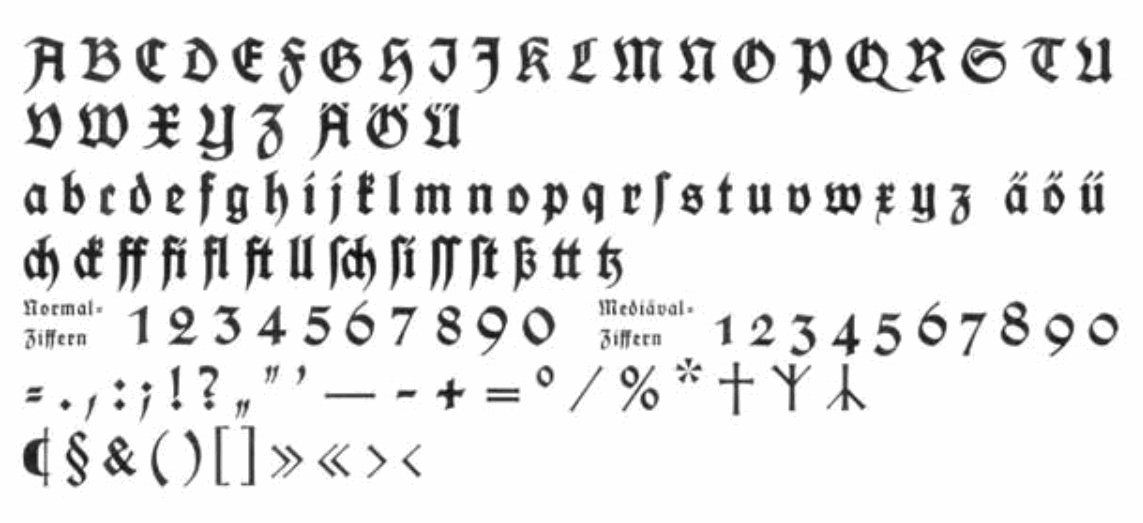
file name: Rudolf Koch Halbfette Deutsche Schrift Koch Fraktur
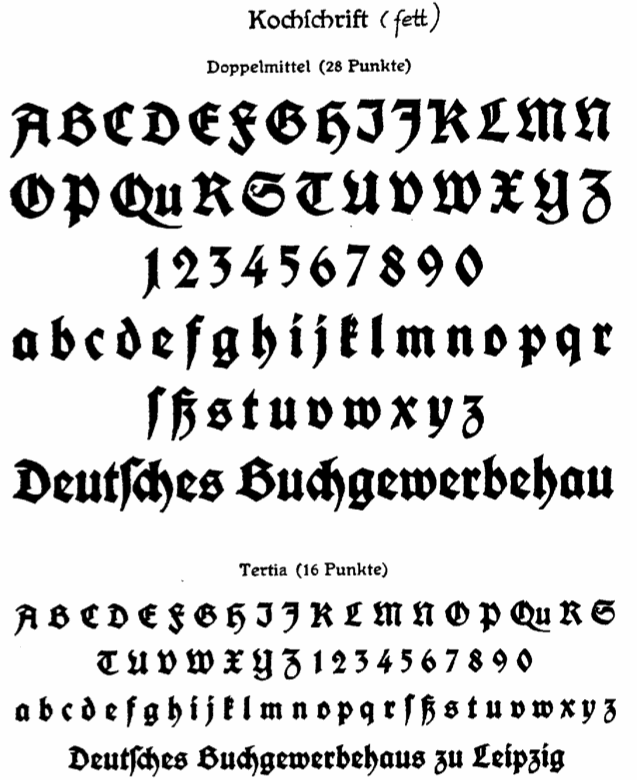
file name: Rudolf Koch Kochschrift 1910 Klingspor
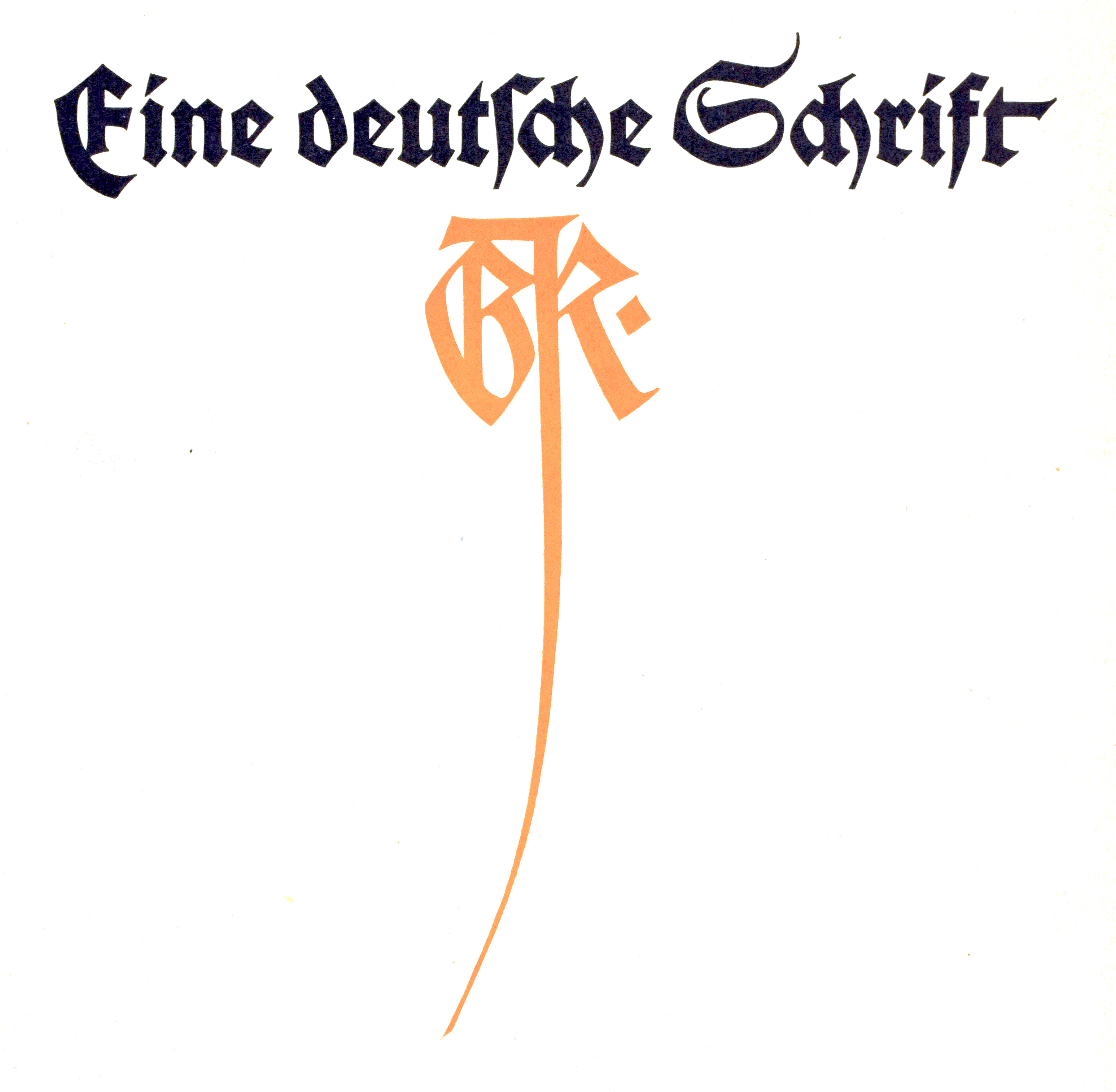
file name: Rudolf Koch Koch Schrift 1909
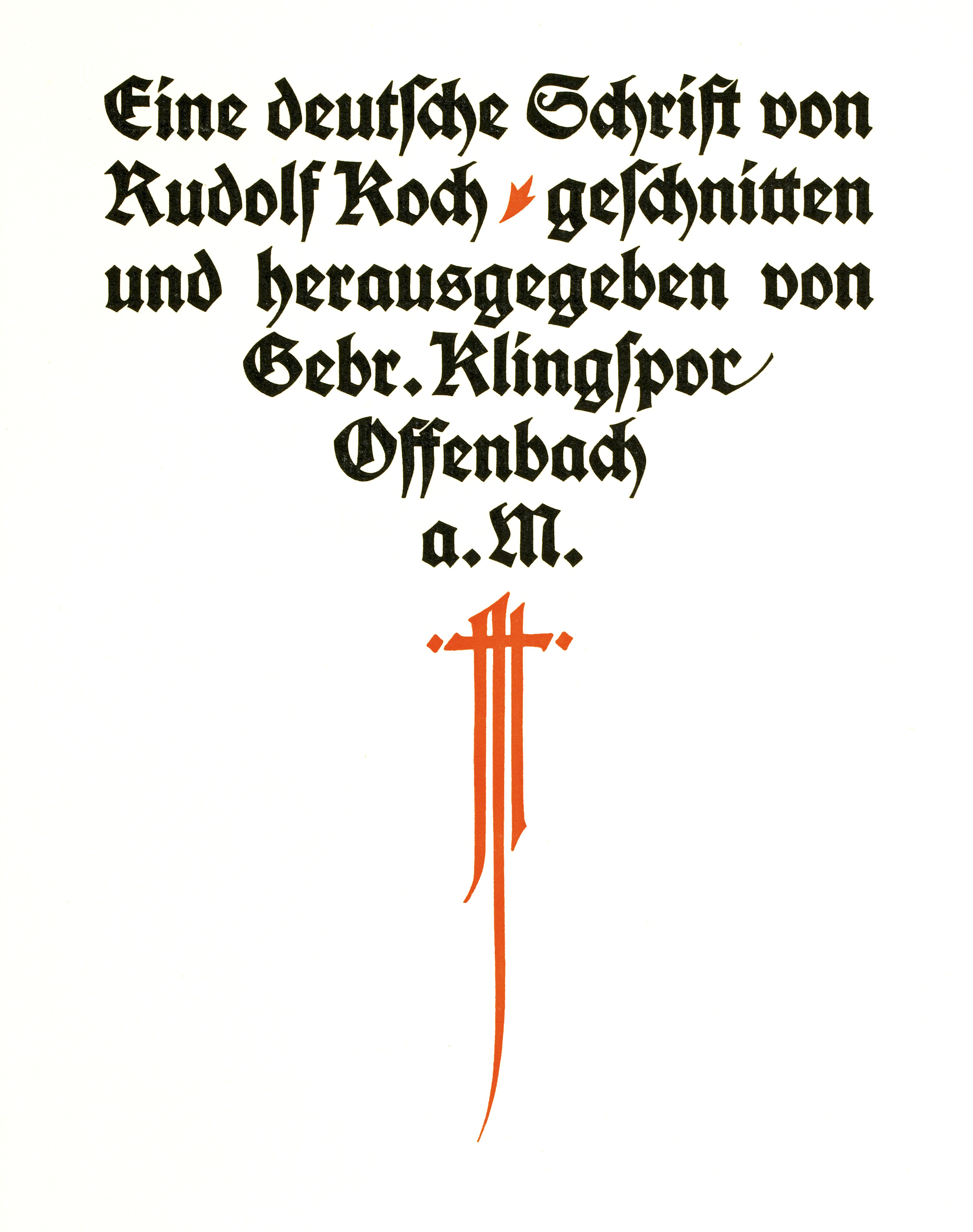
file name: Rudolf Koch Koch Schrift 1909

file name: Rudolf Koch Koch Schrift 1909
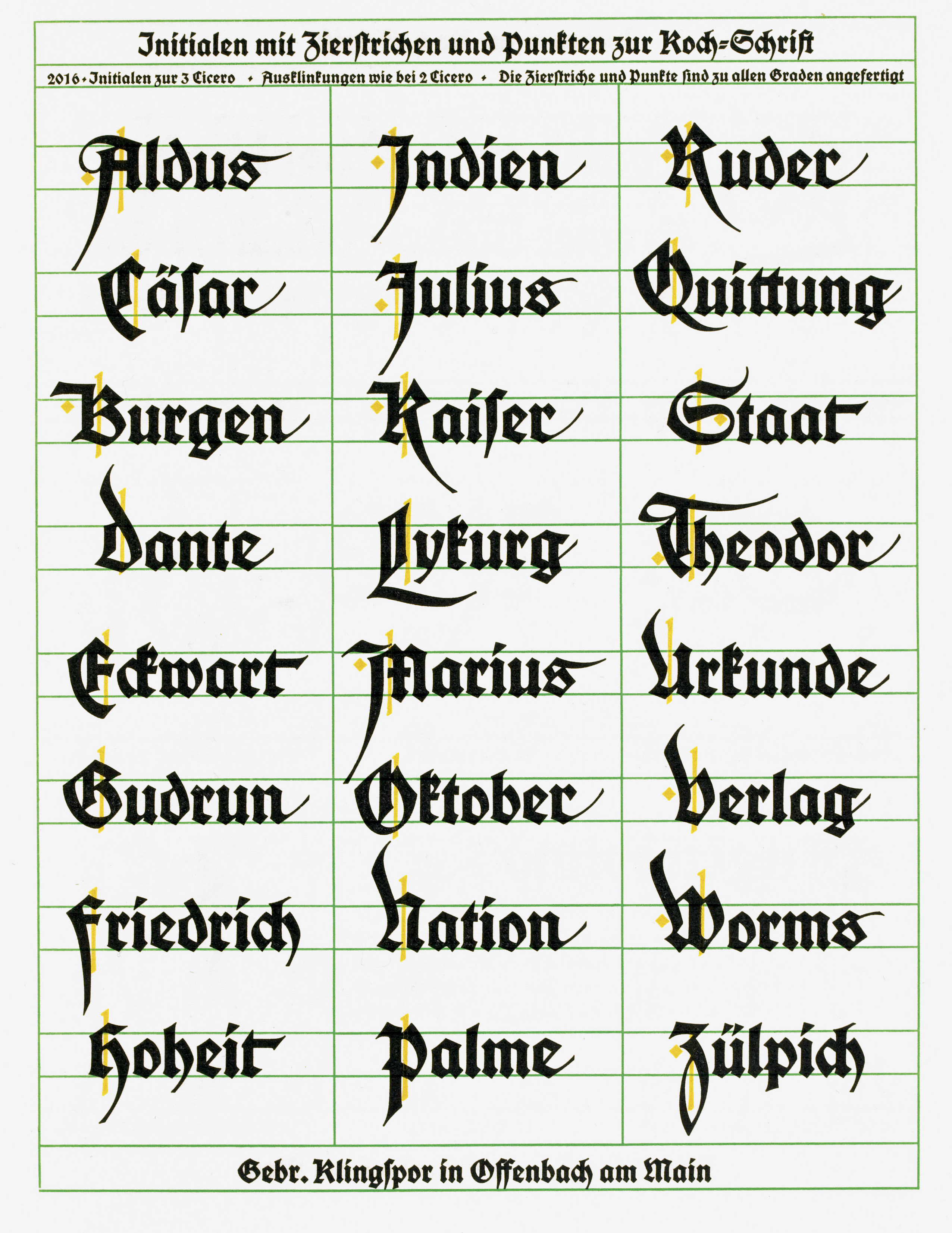
file name: Rudolf Koch Koch Schrift 1909
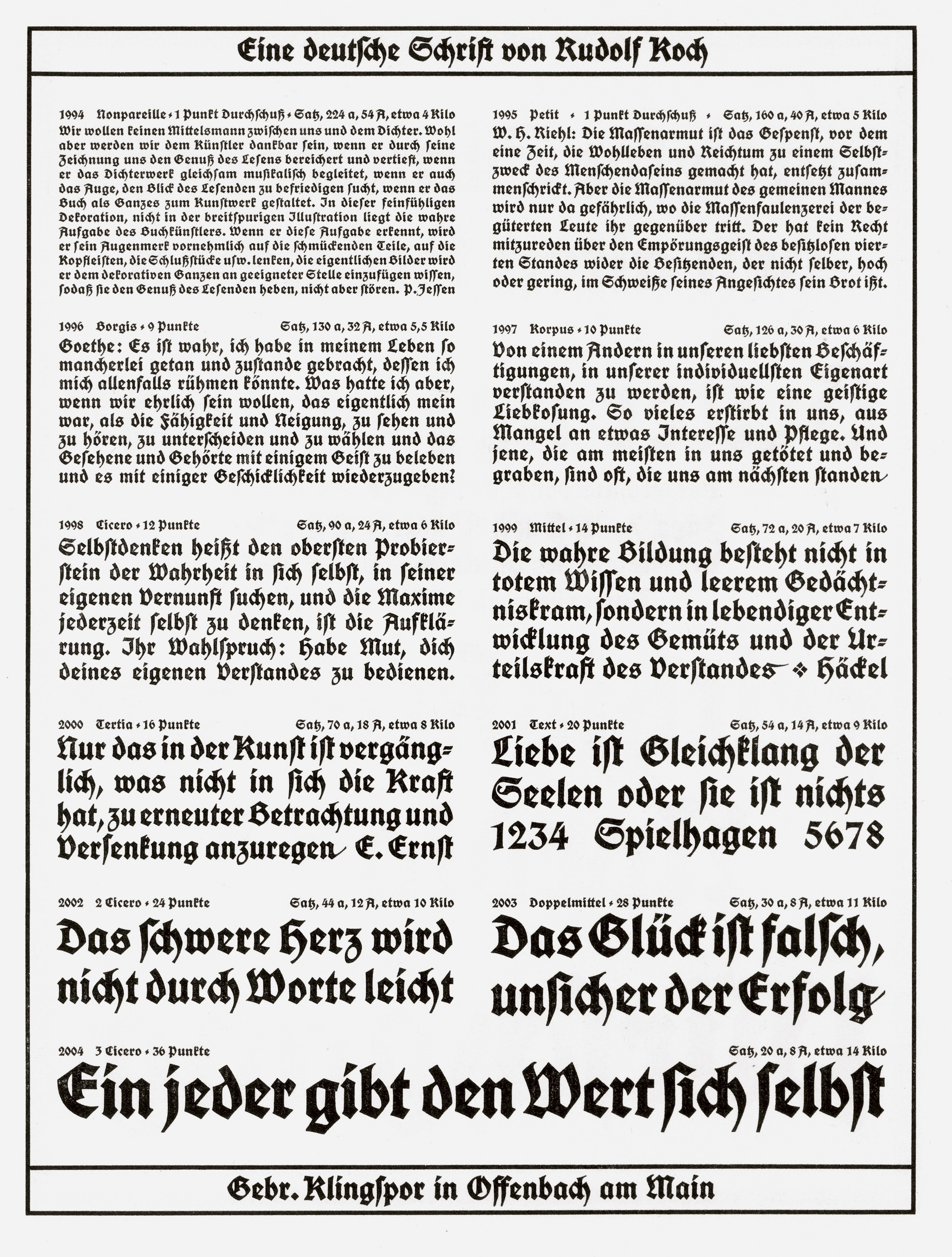
file name: Rudolf Koch Koch Schrift 1909
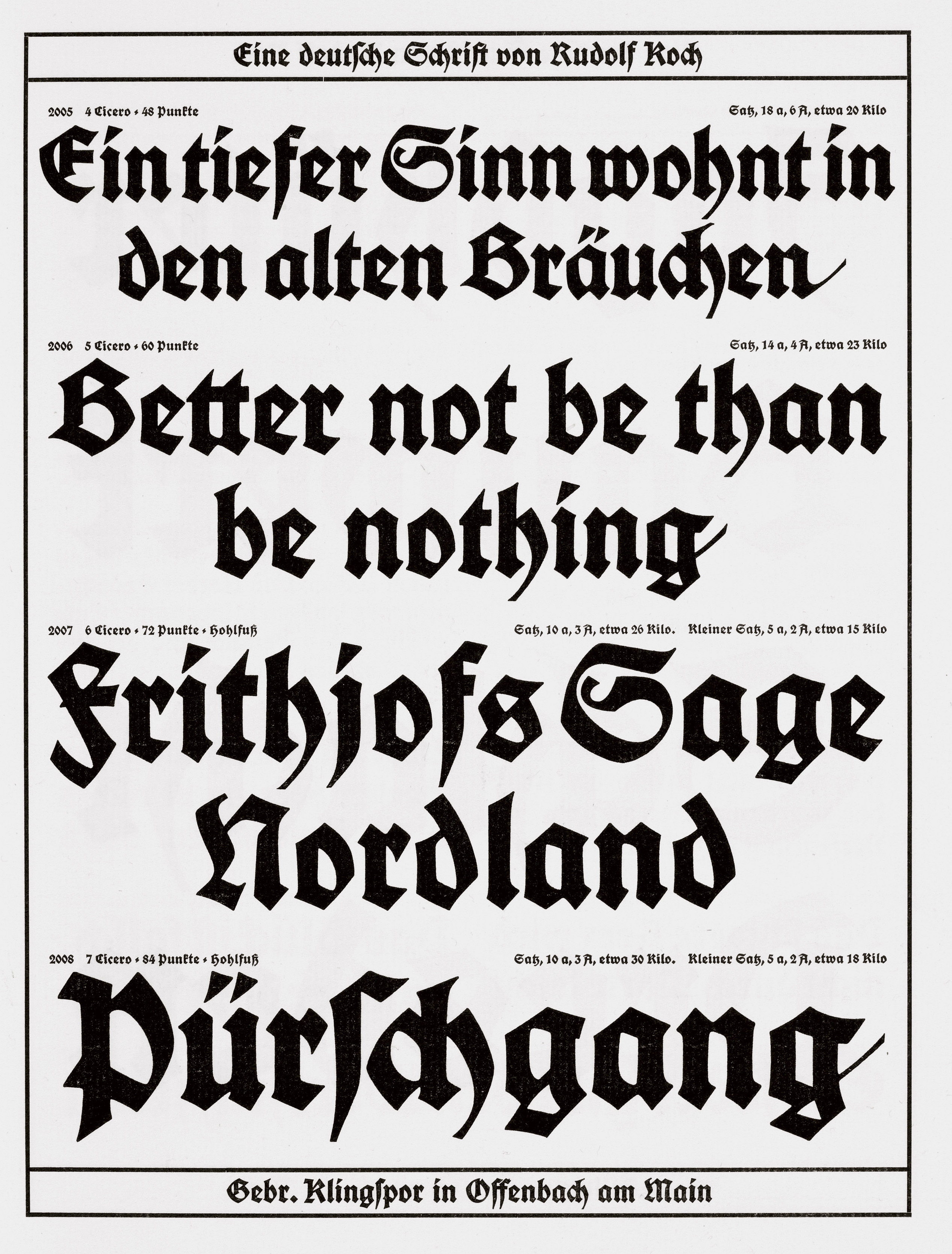
file name: Rudolf Koch Koch Schrift 1909
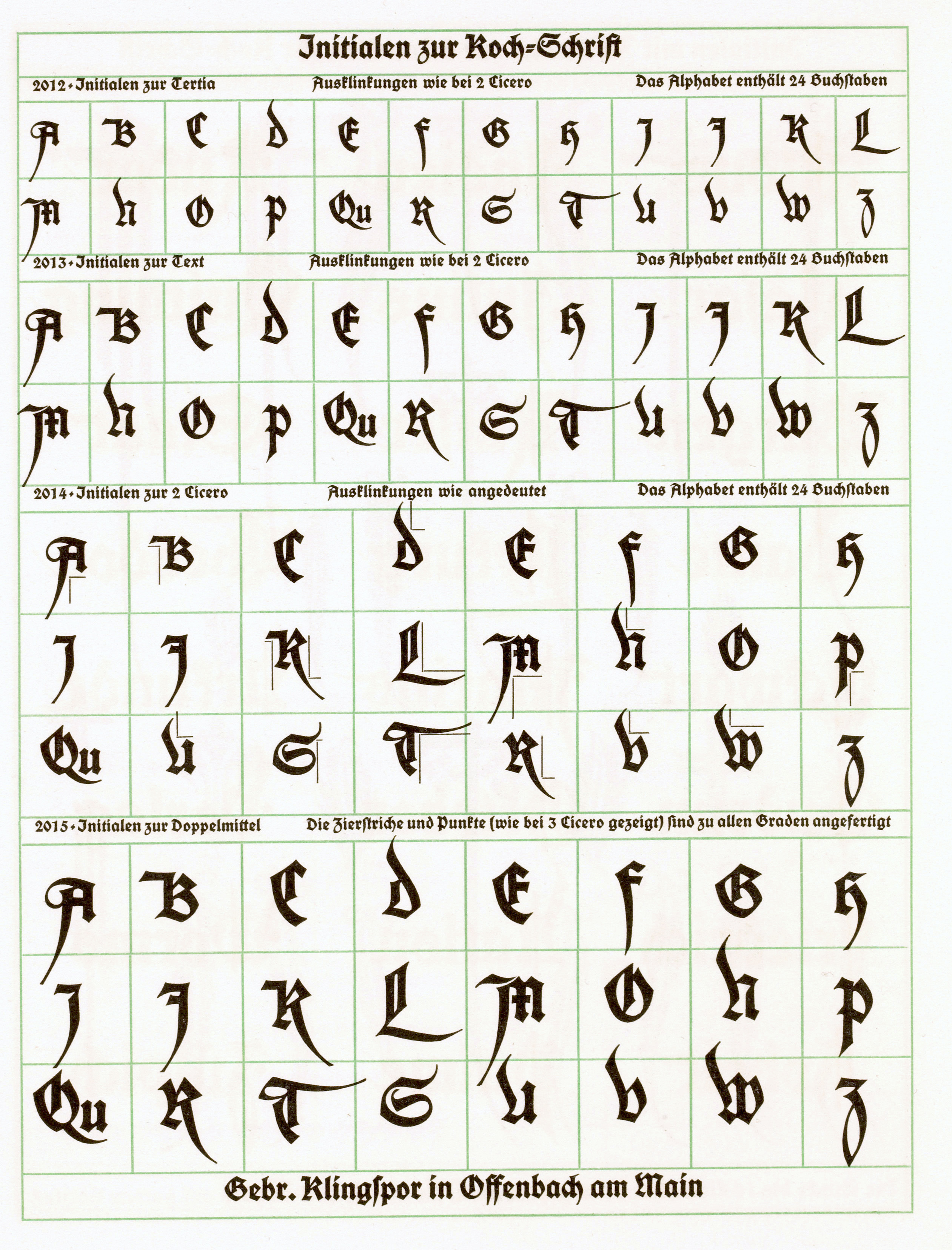
file name: Rudolf Koch Koch Schrift Initialen 1909
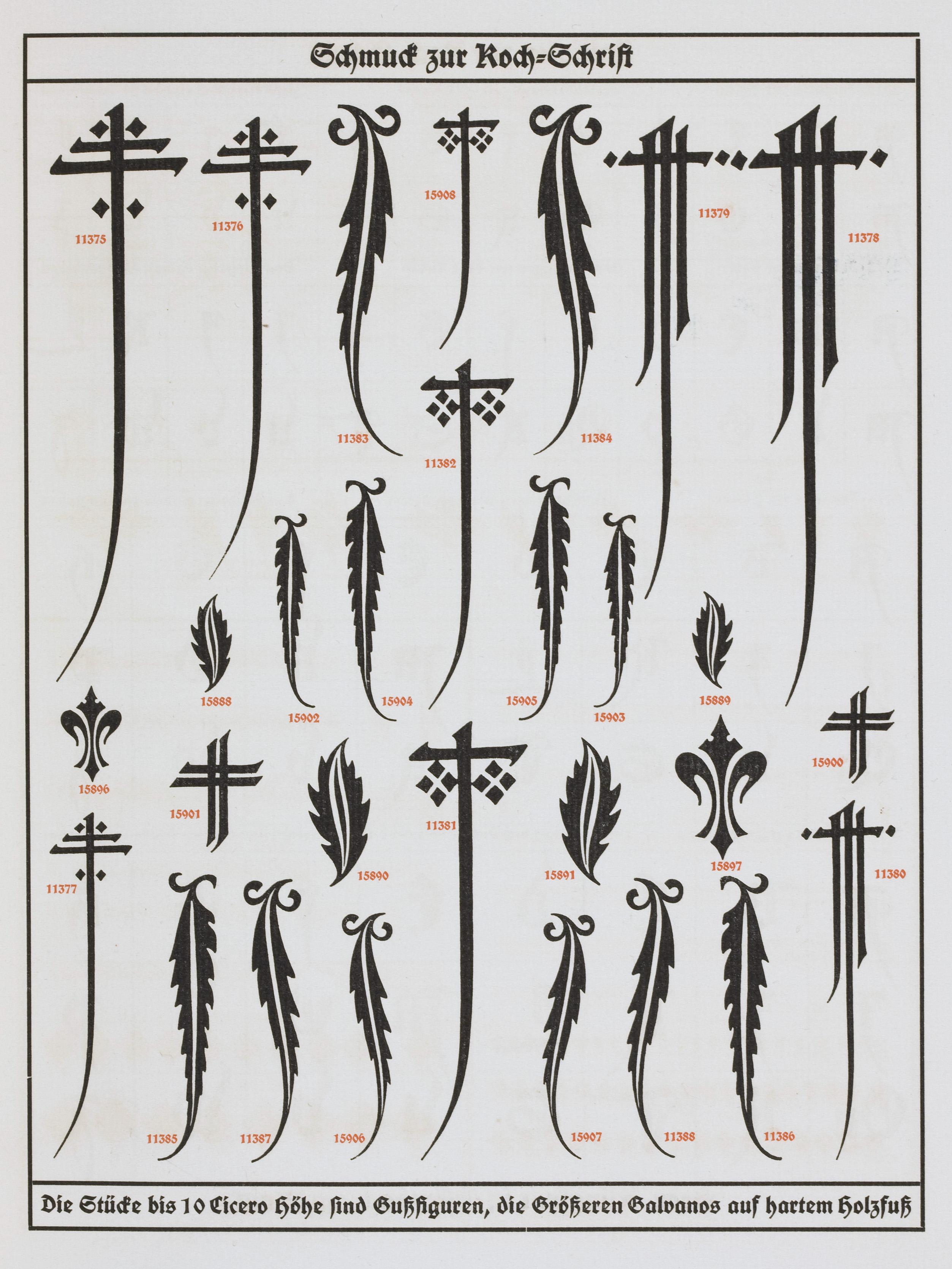
file name: Rudolf Koch Koch Schrift Schmuck 1909
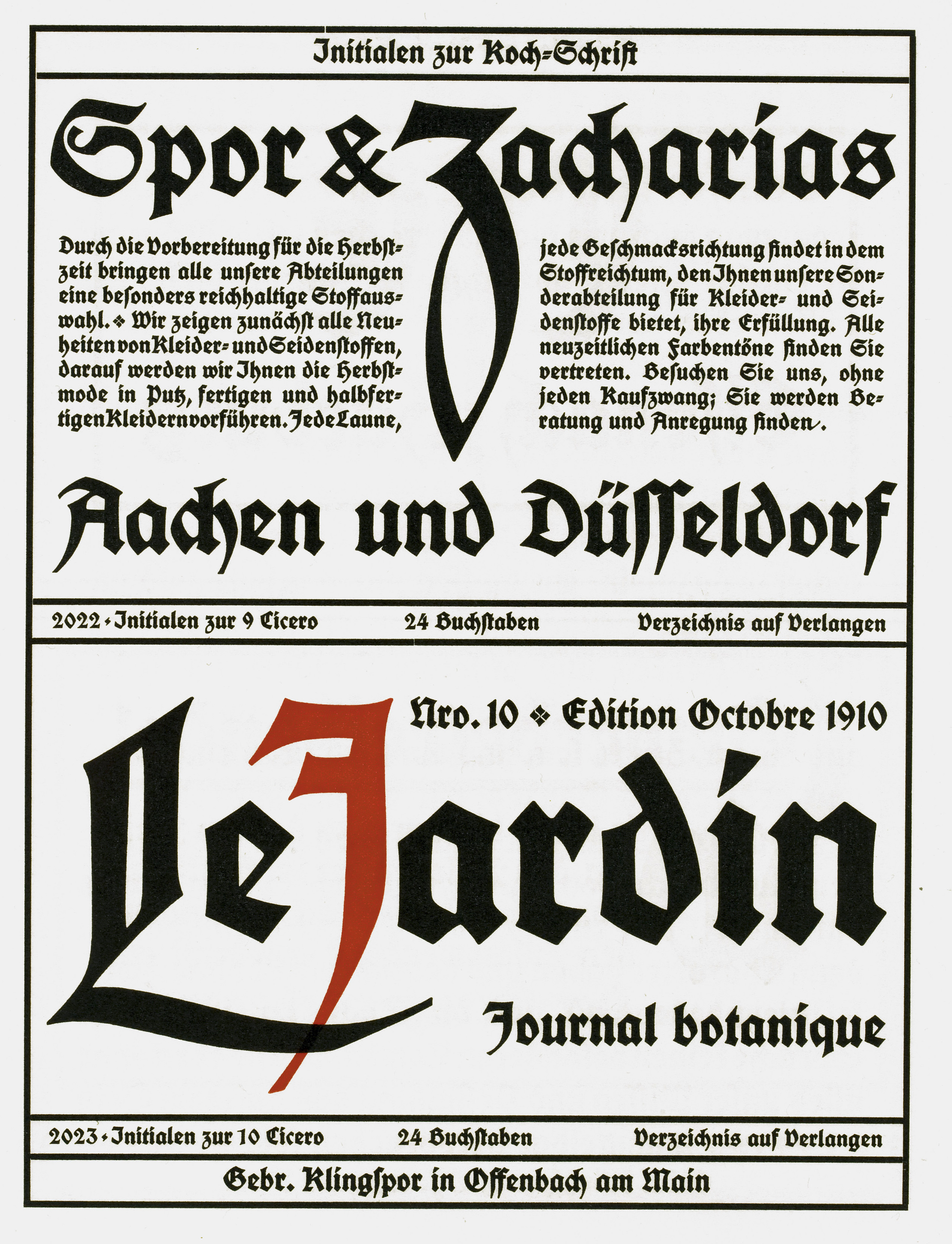
file name: Rudolf Koch Koch Schrift Schmuck 1909
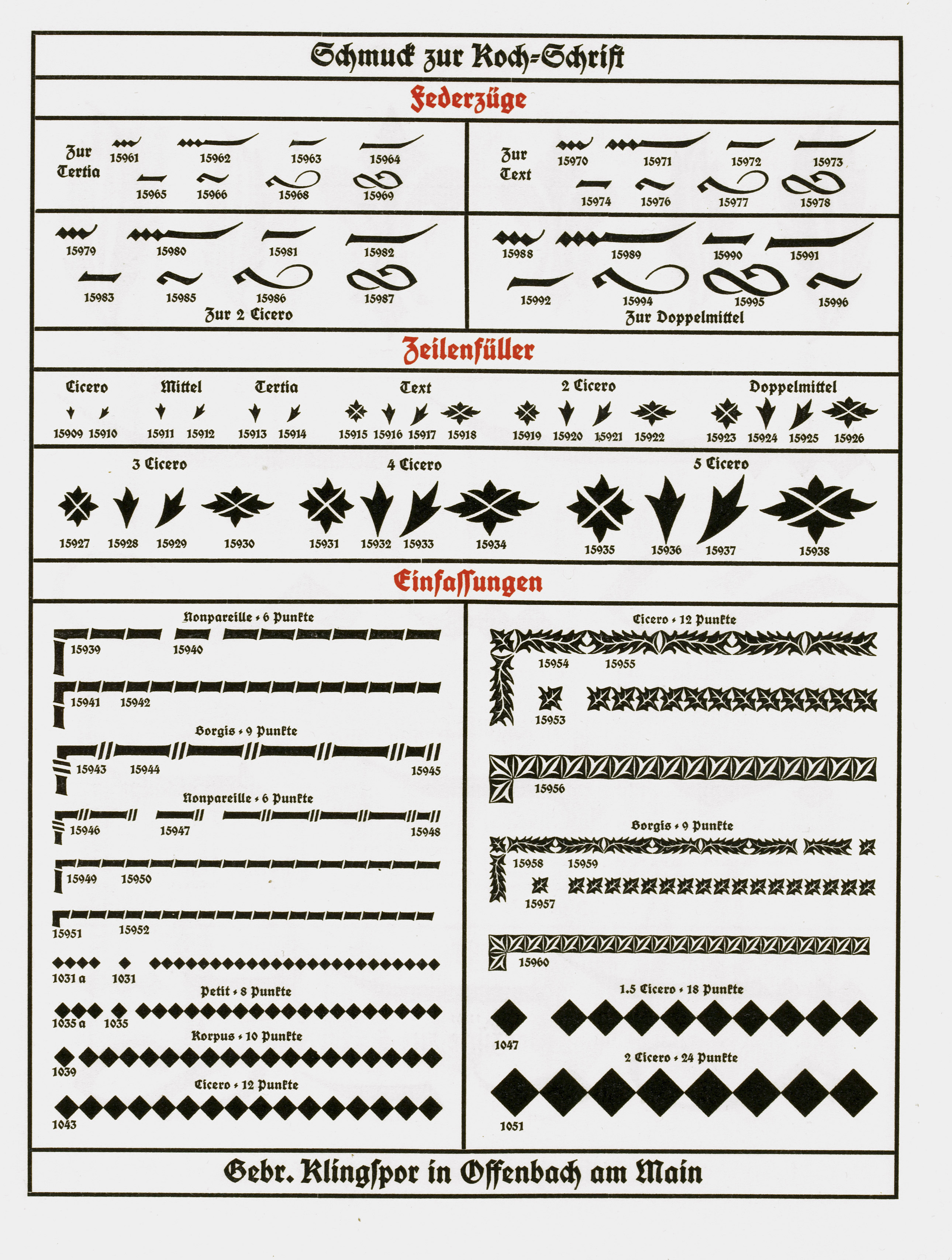
file name: Rudolf Koch Koch Schrift Schmuck 1909
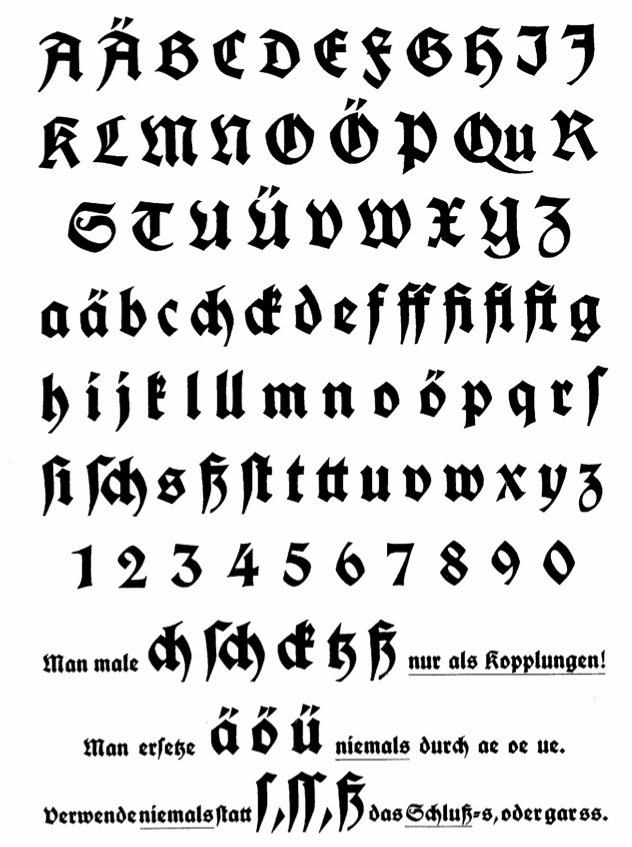
file name: Rudolf Koch Fette Deutsche Koch Schrift

file name: Rudolf Koch Halbfette Deutsche Koch Schrift
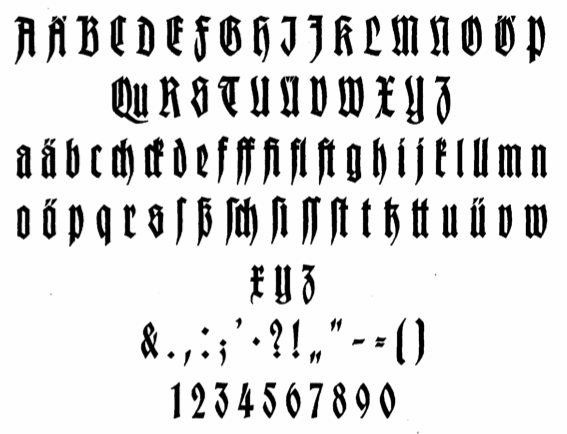
file name: Rudolf Koch Schmale Deutsche Koch Schrift
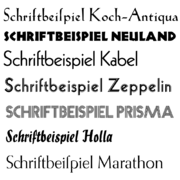
file name: Rudolf Koch Typefaces
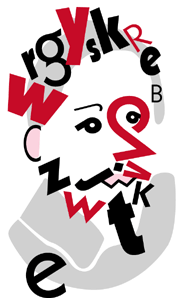
file name: koch

file name: Rudolf Koch Wood Engraving Portrait by Bernard Brussel Smith

file name: Rudolf Koch Deutsche Verkehrsschrift 1930

file name: Rudolf Koch Deutsche Zierschroft 1919
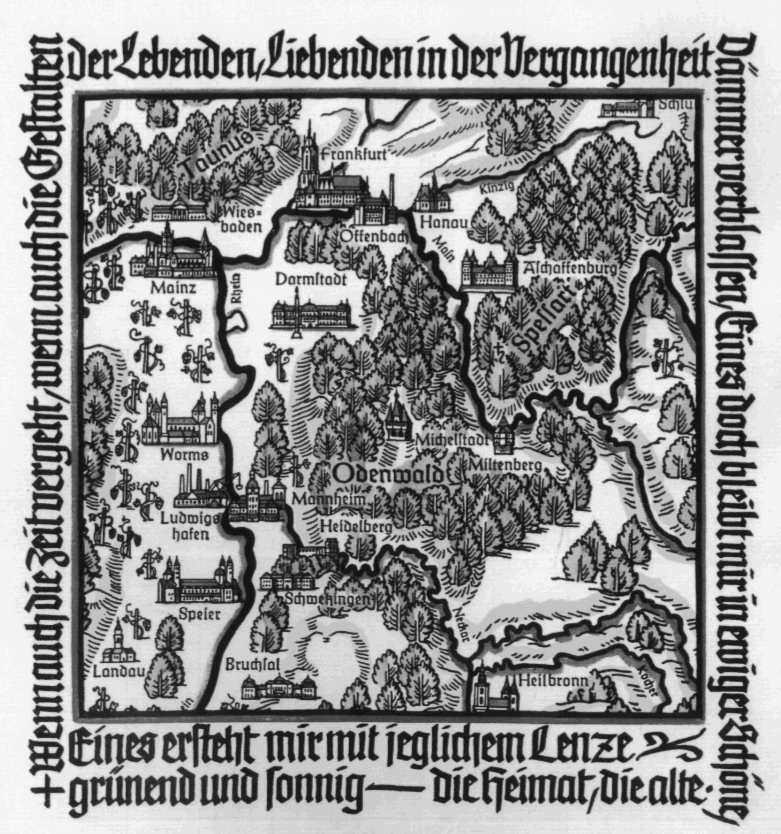
file name: Rudolf Koch Hessen Map

file name: Rudolf Koch Offenbacher Schrift 1927
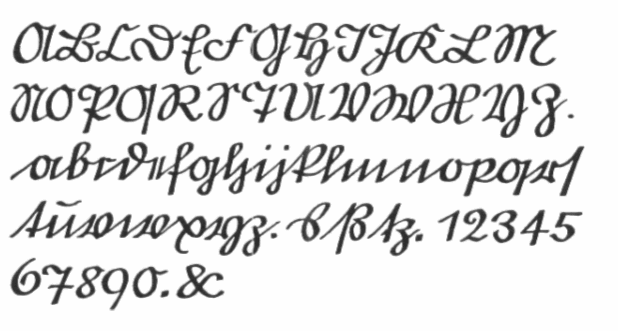
file name: Rudolf Koch Offenbacher Schrift 1952
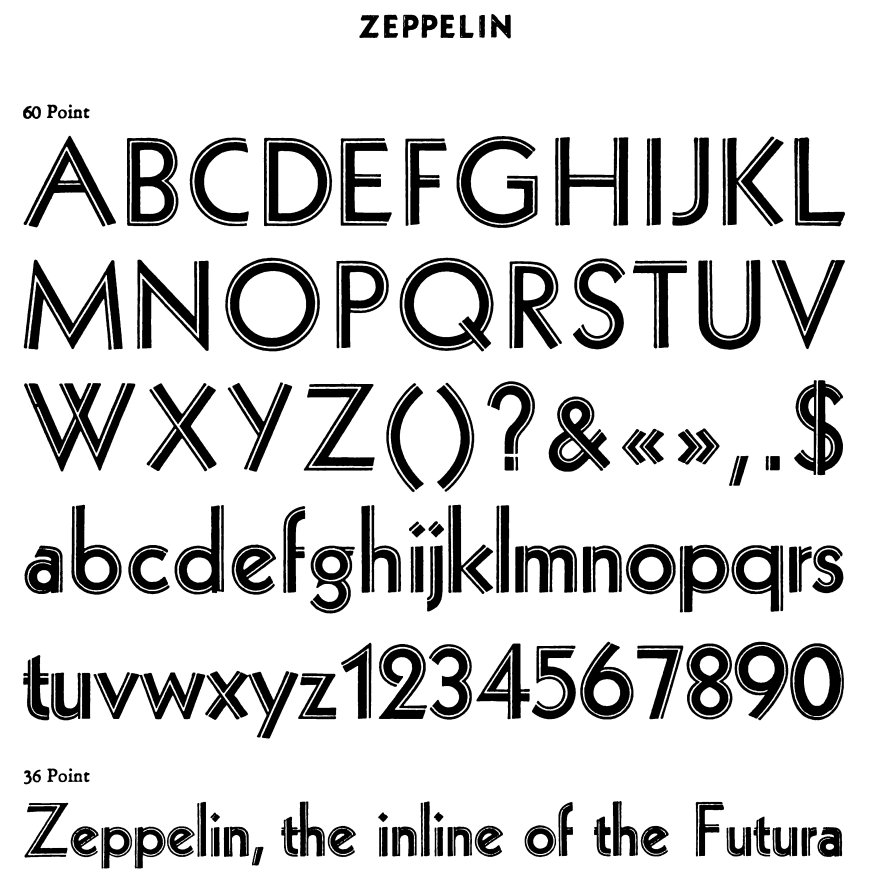
file name: William Longyear 1935 Zeppelin
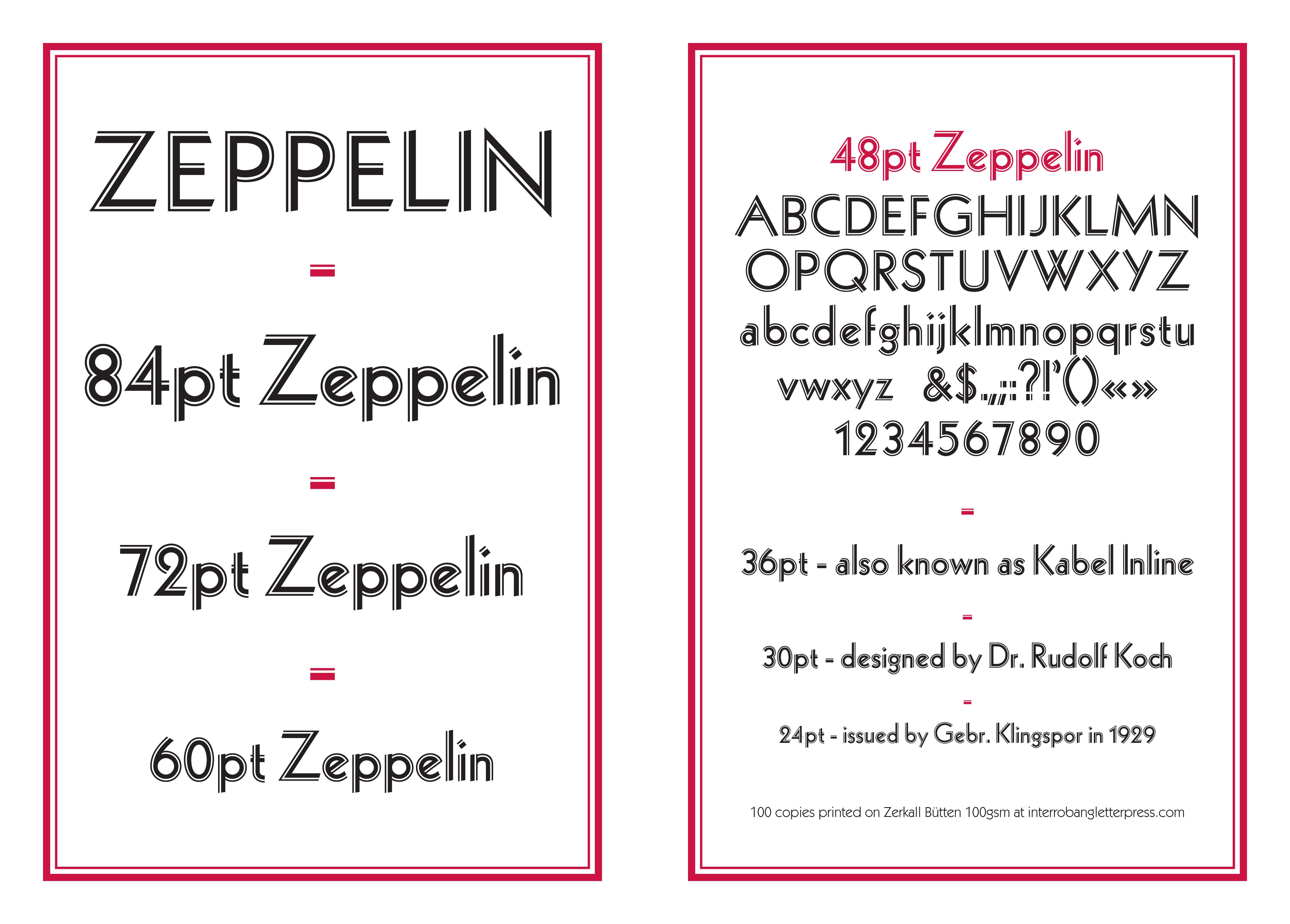
file name: Rudolf Koch Zeppelin 1929
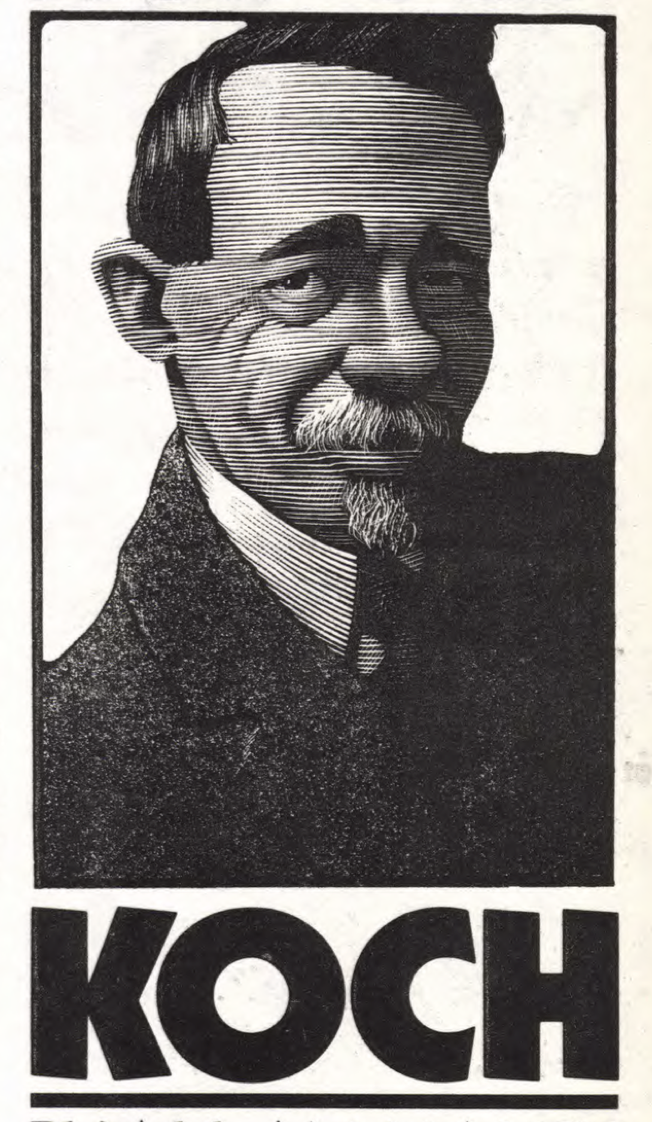
file name: Rudolf Koch Portrait U L C 1987
| | |
|
Luc Devroye ⦿ School of Computer Science ⦿ McGill University Montreal, Canada H3A 2K6 ⦿ lucdevroye@gmail.com ⦿ https://luc.devroye.org ⦿ https://luc.devroye.org/fonts.html |


